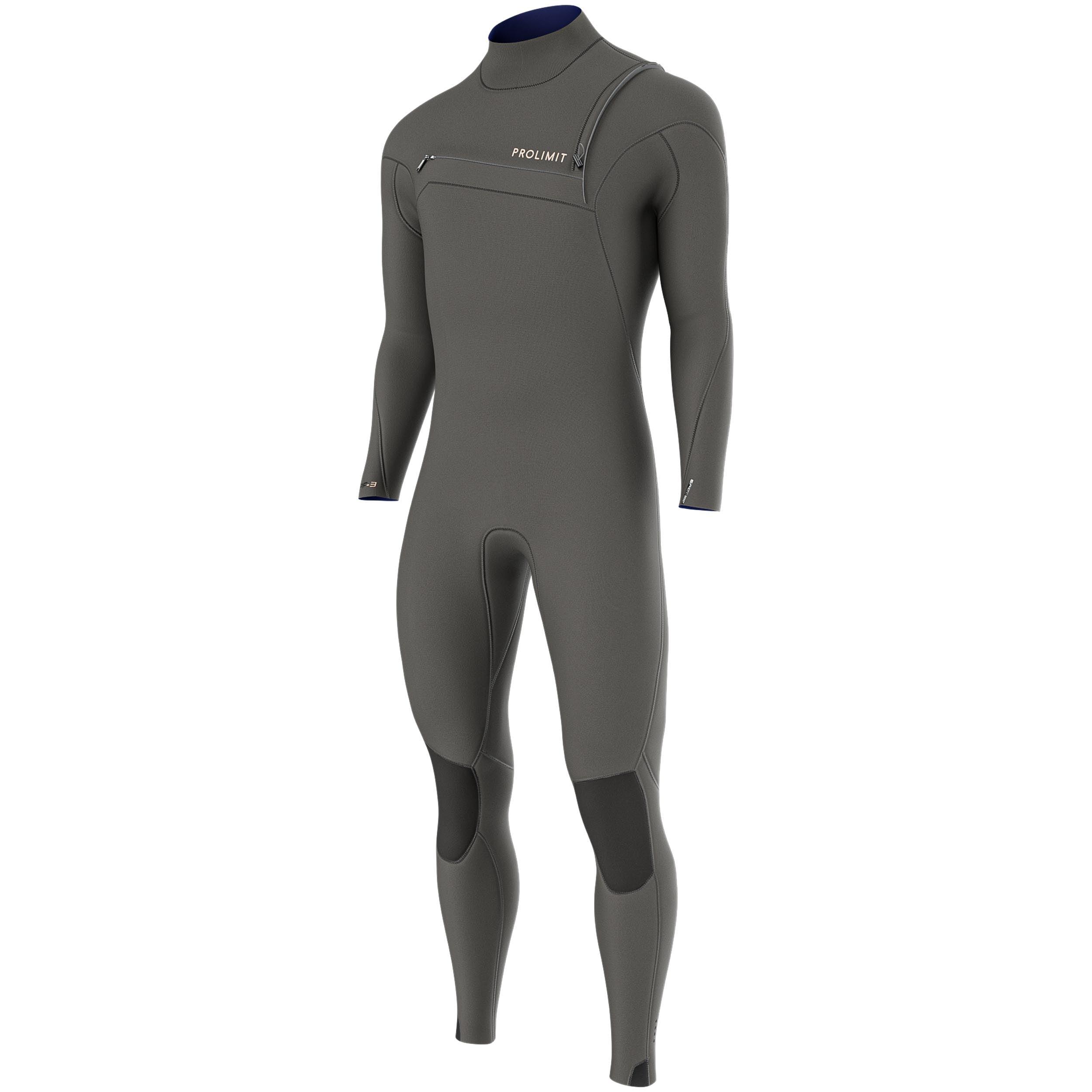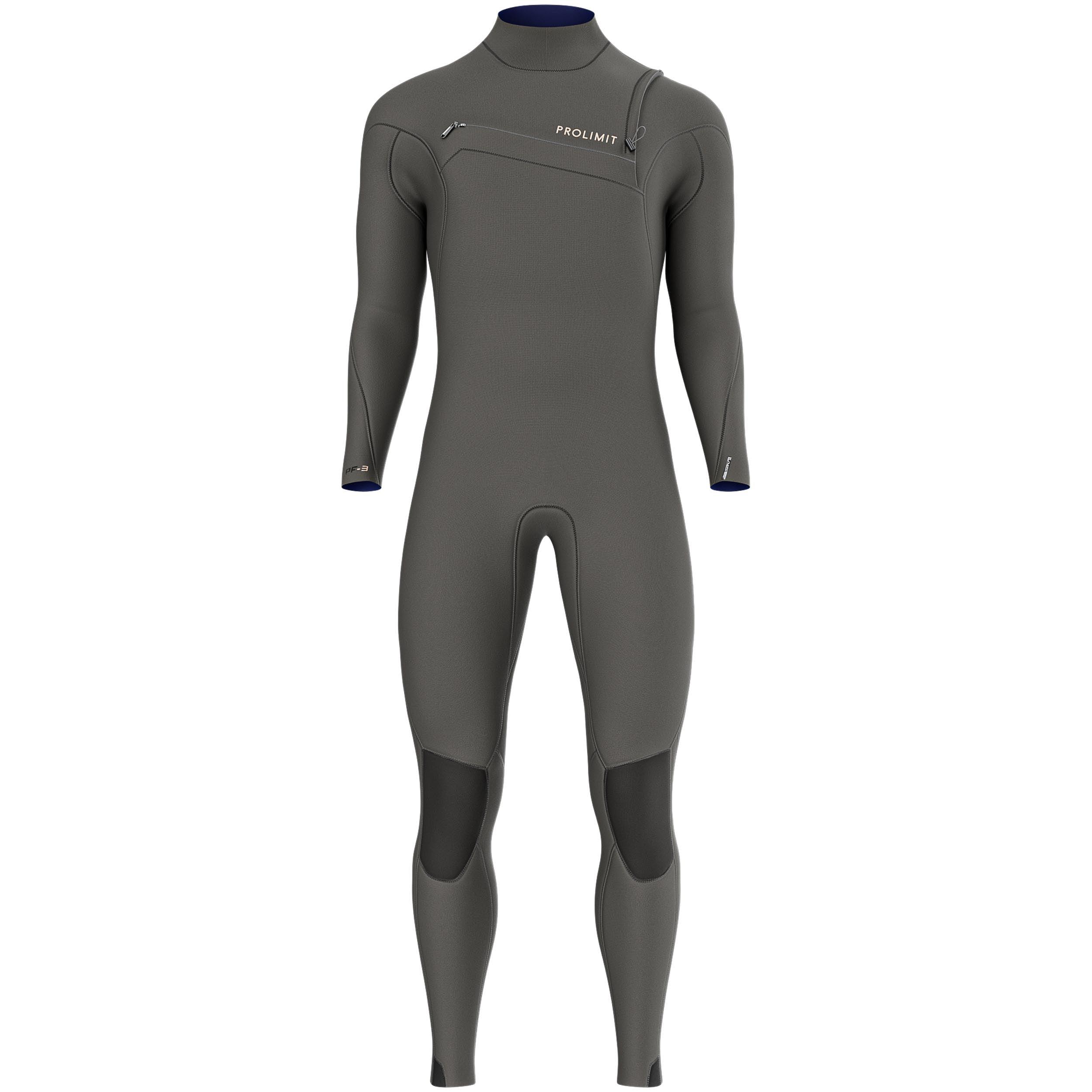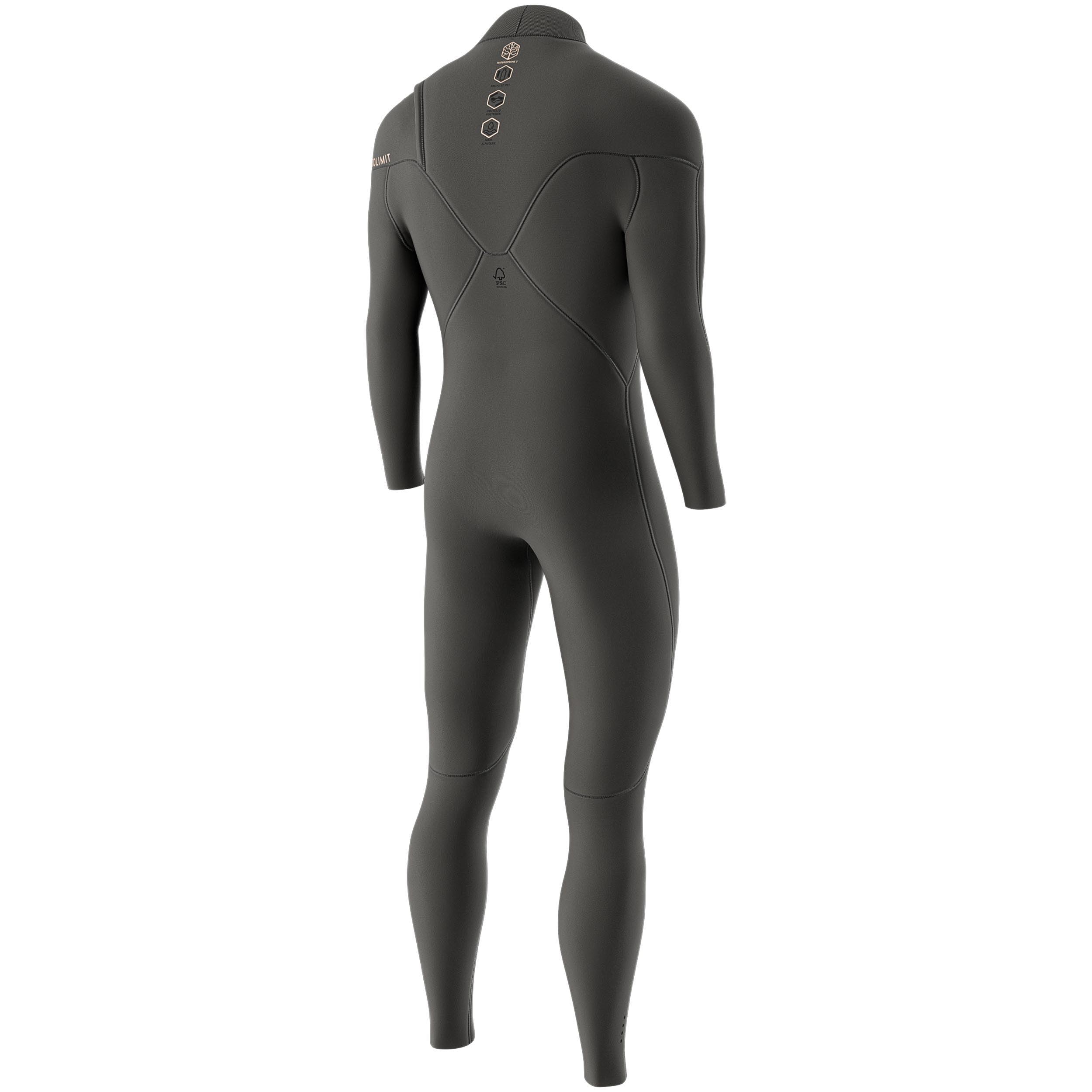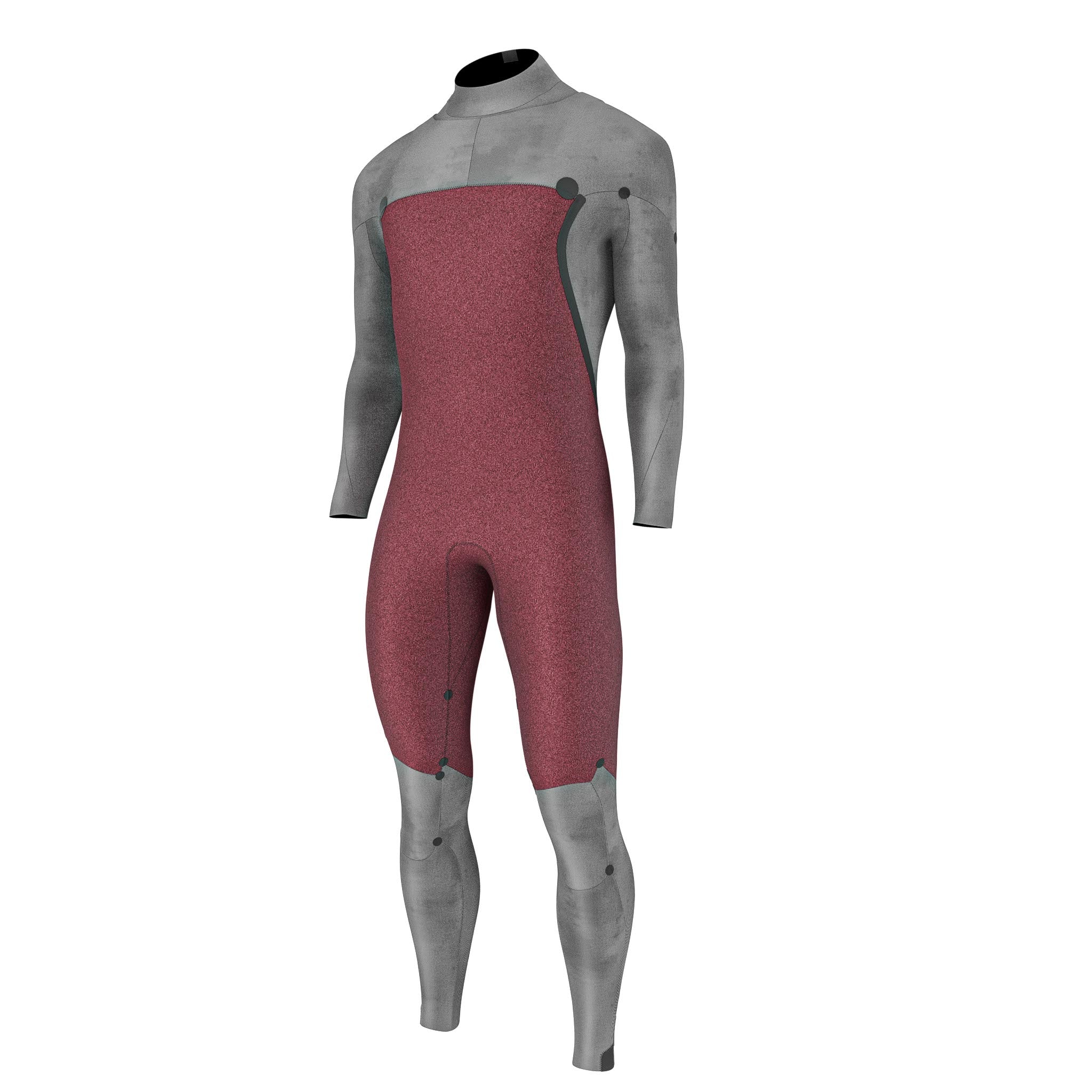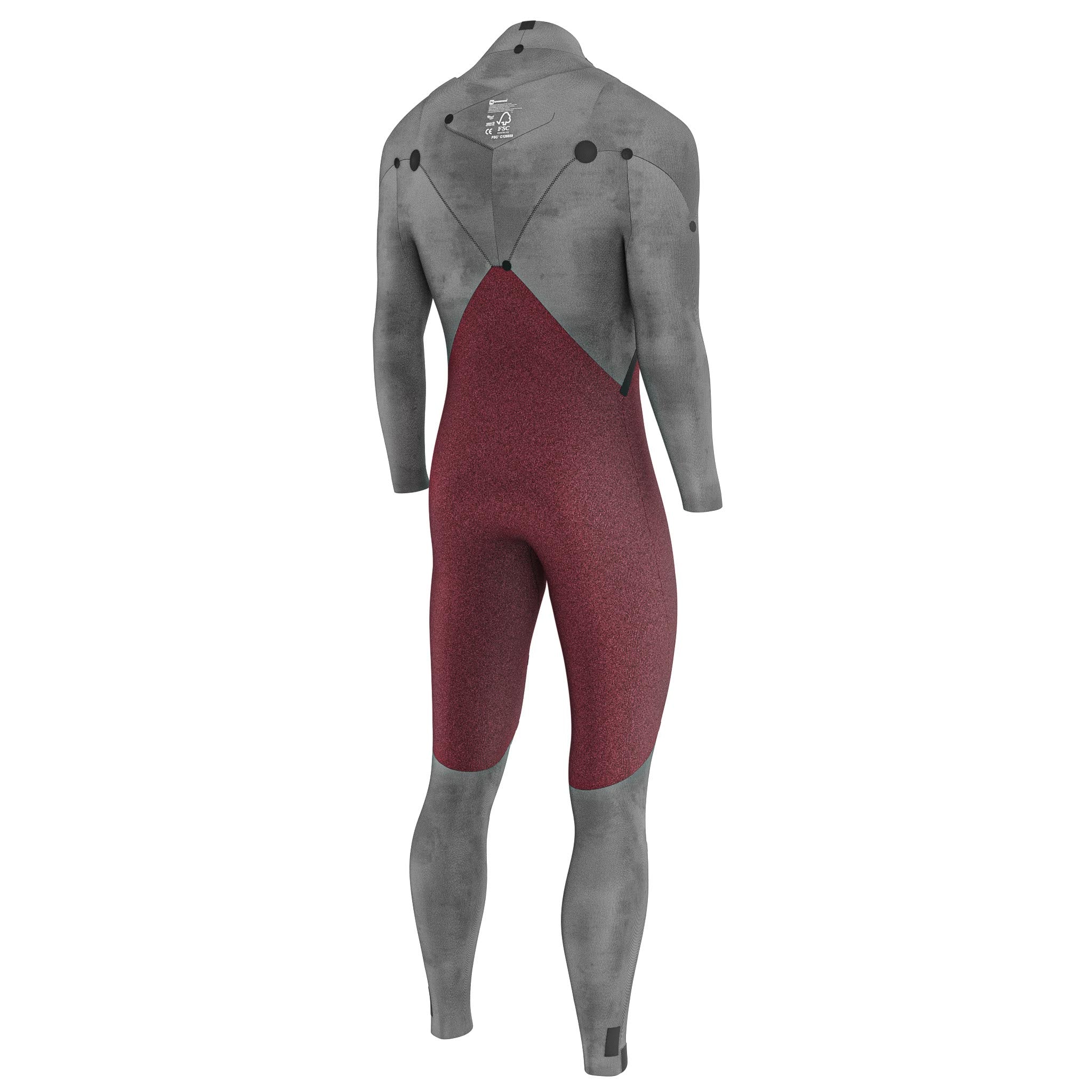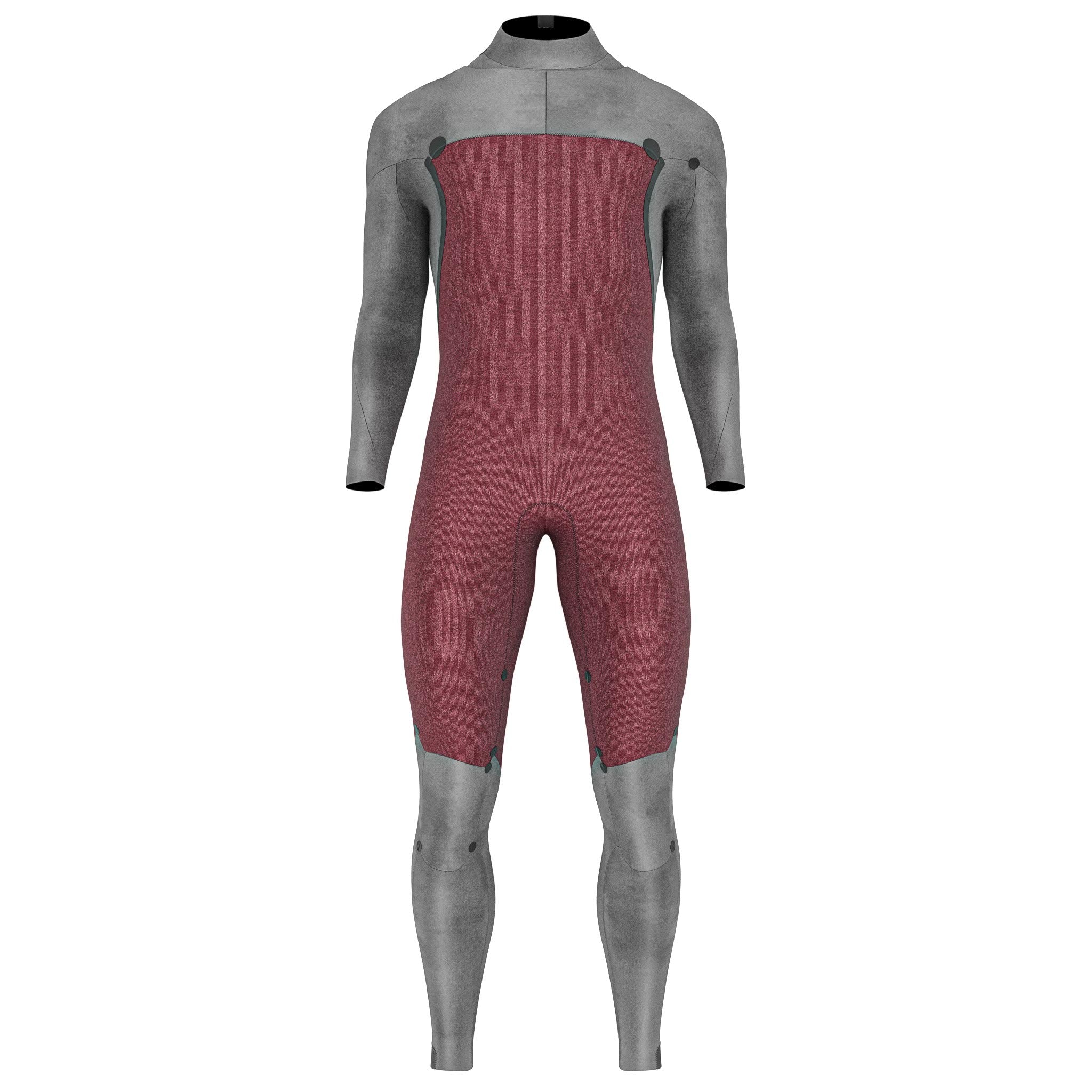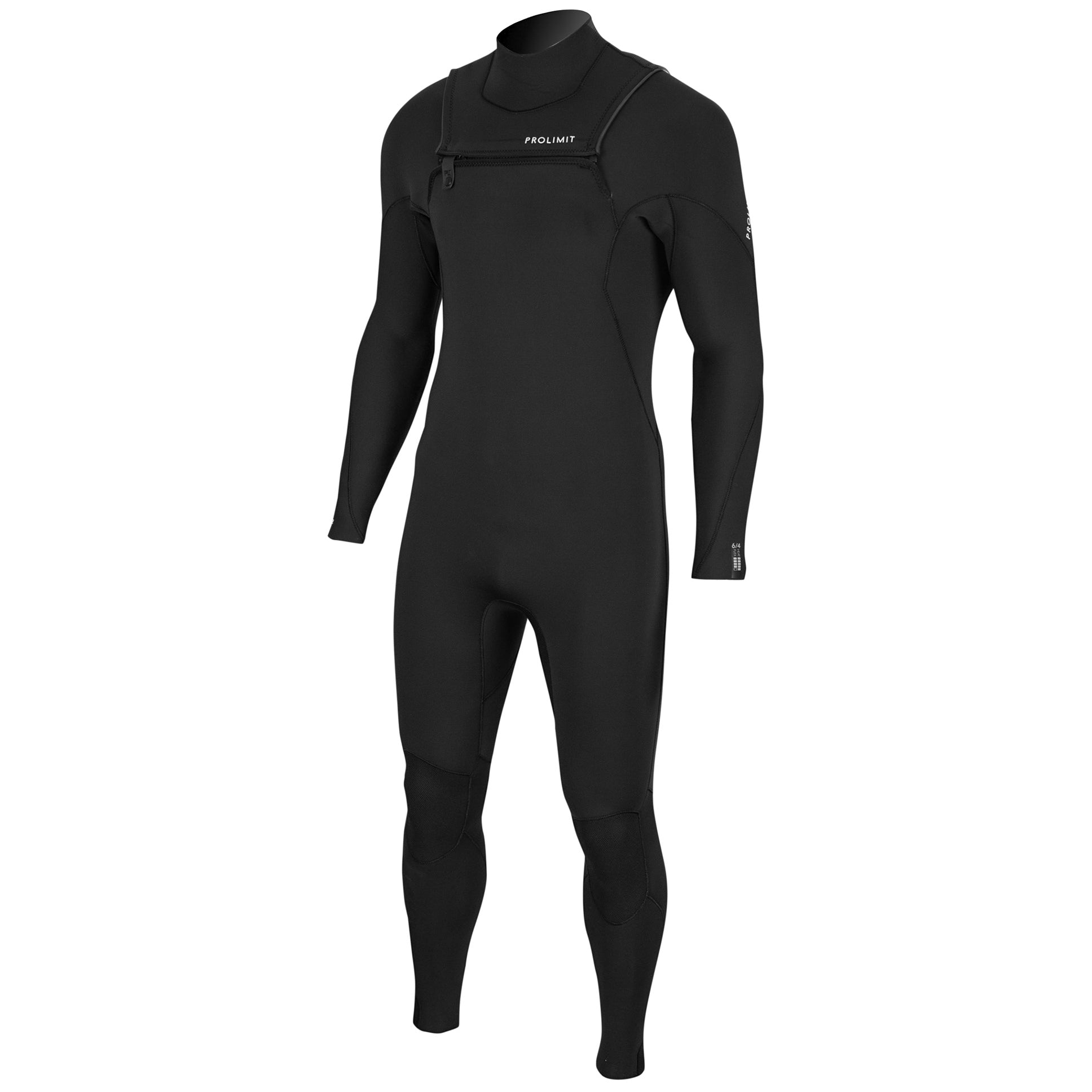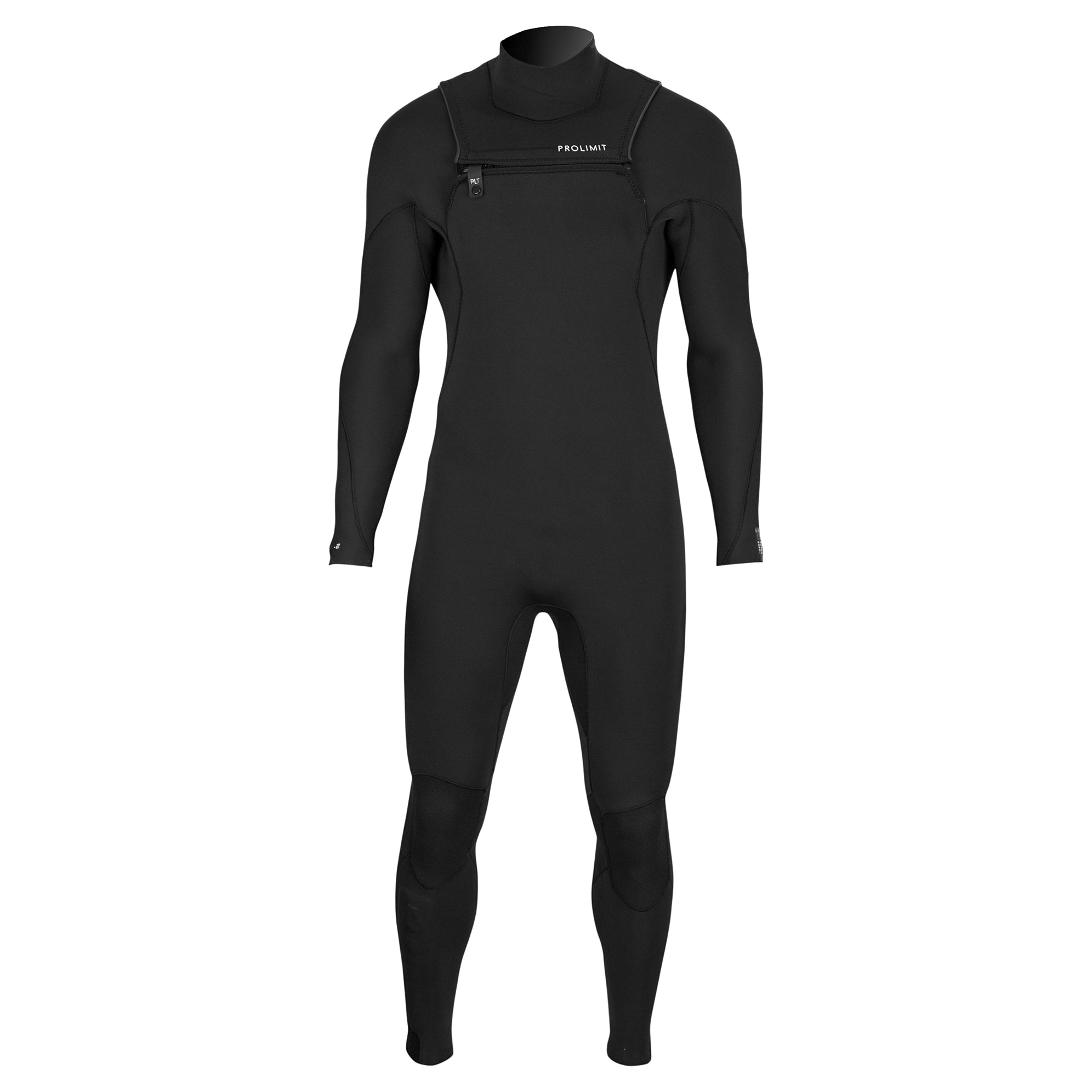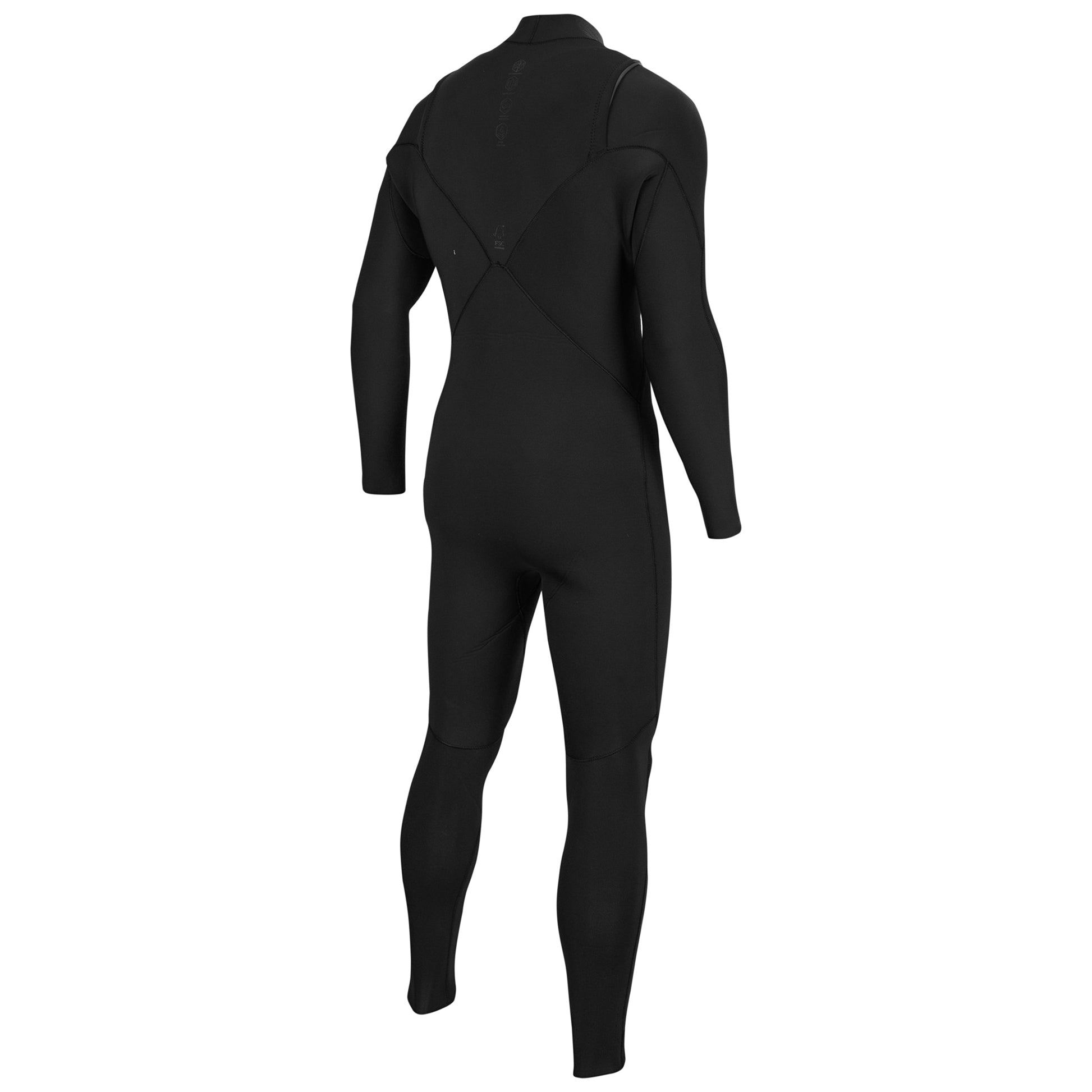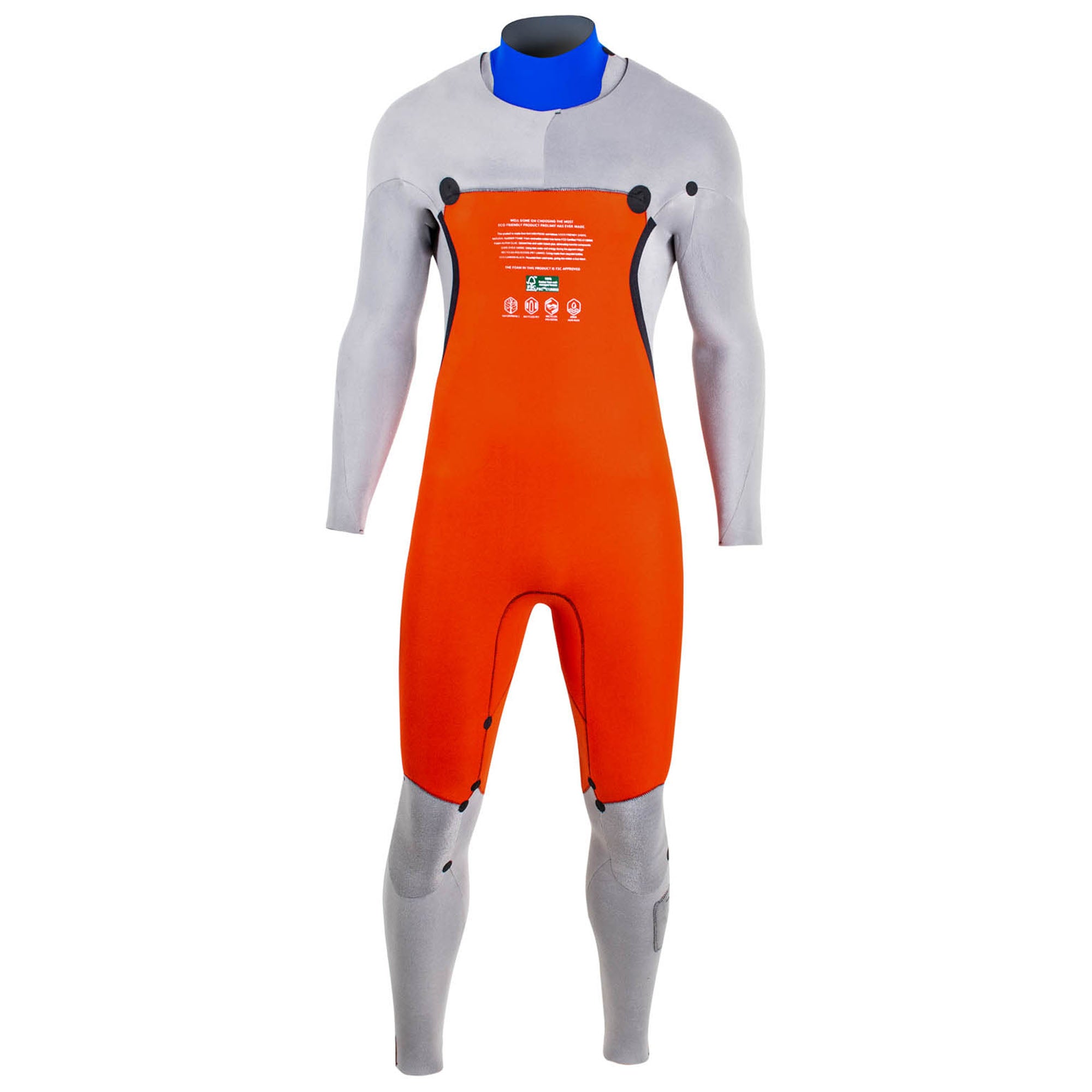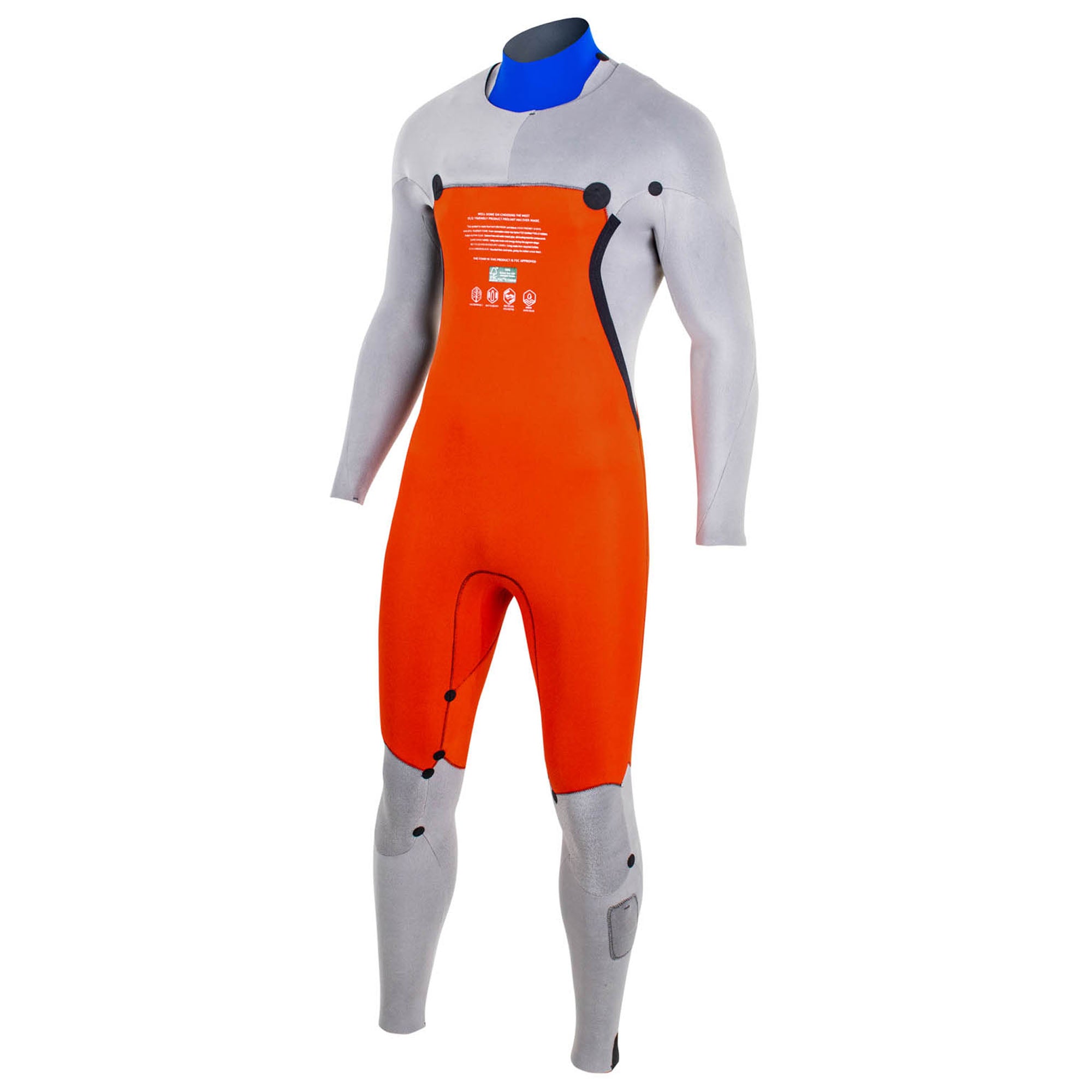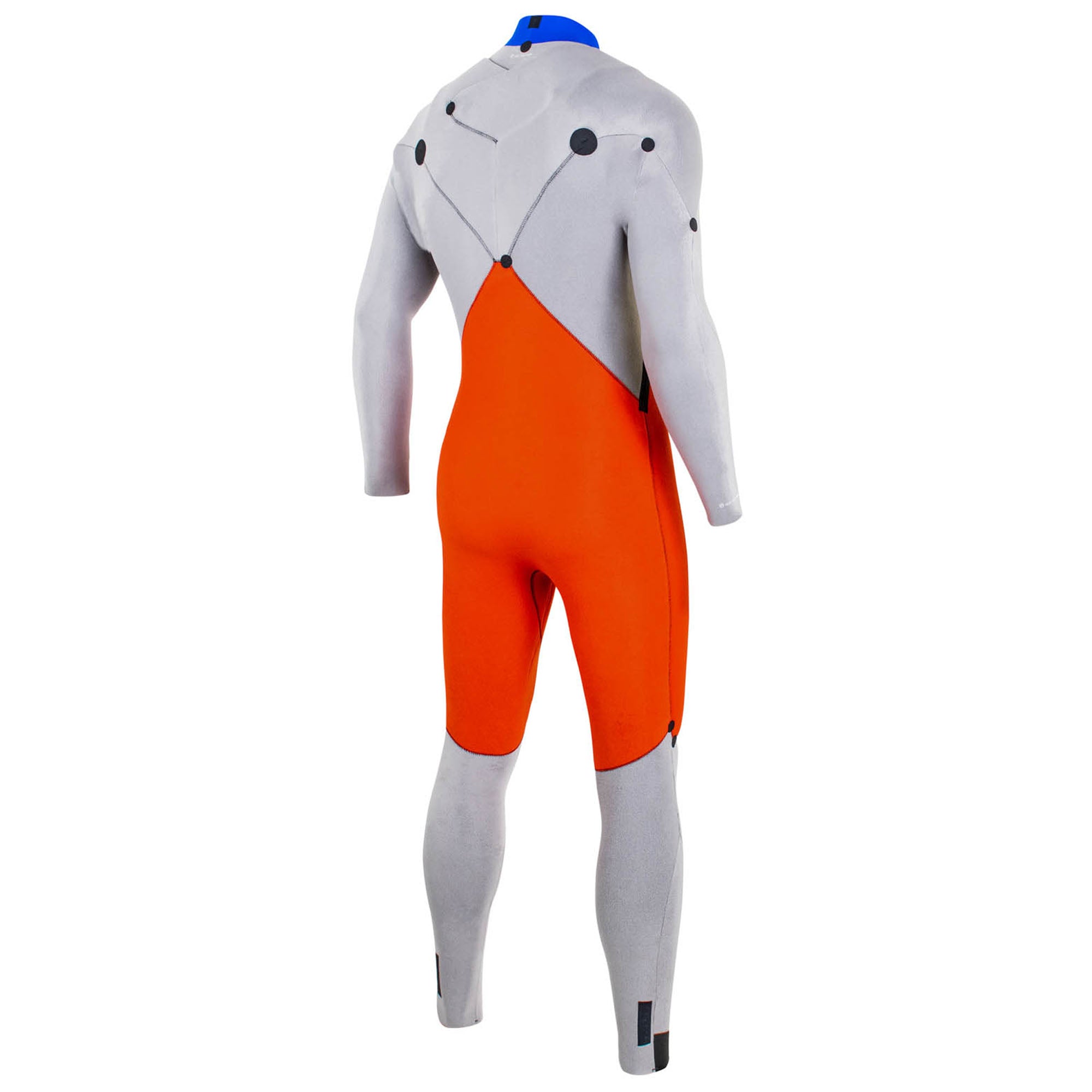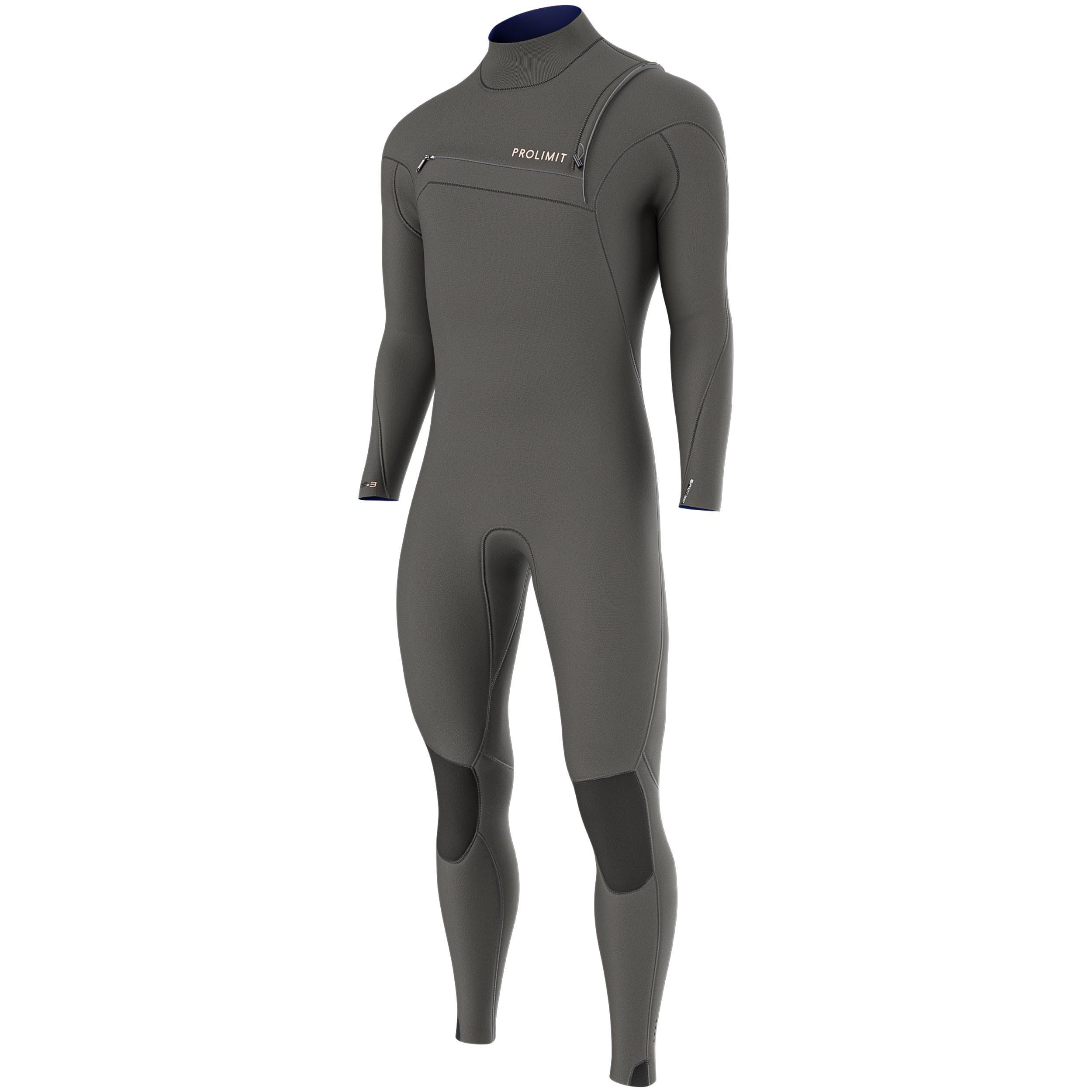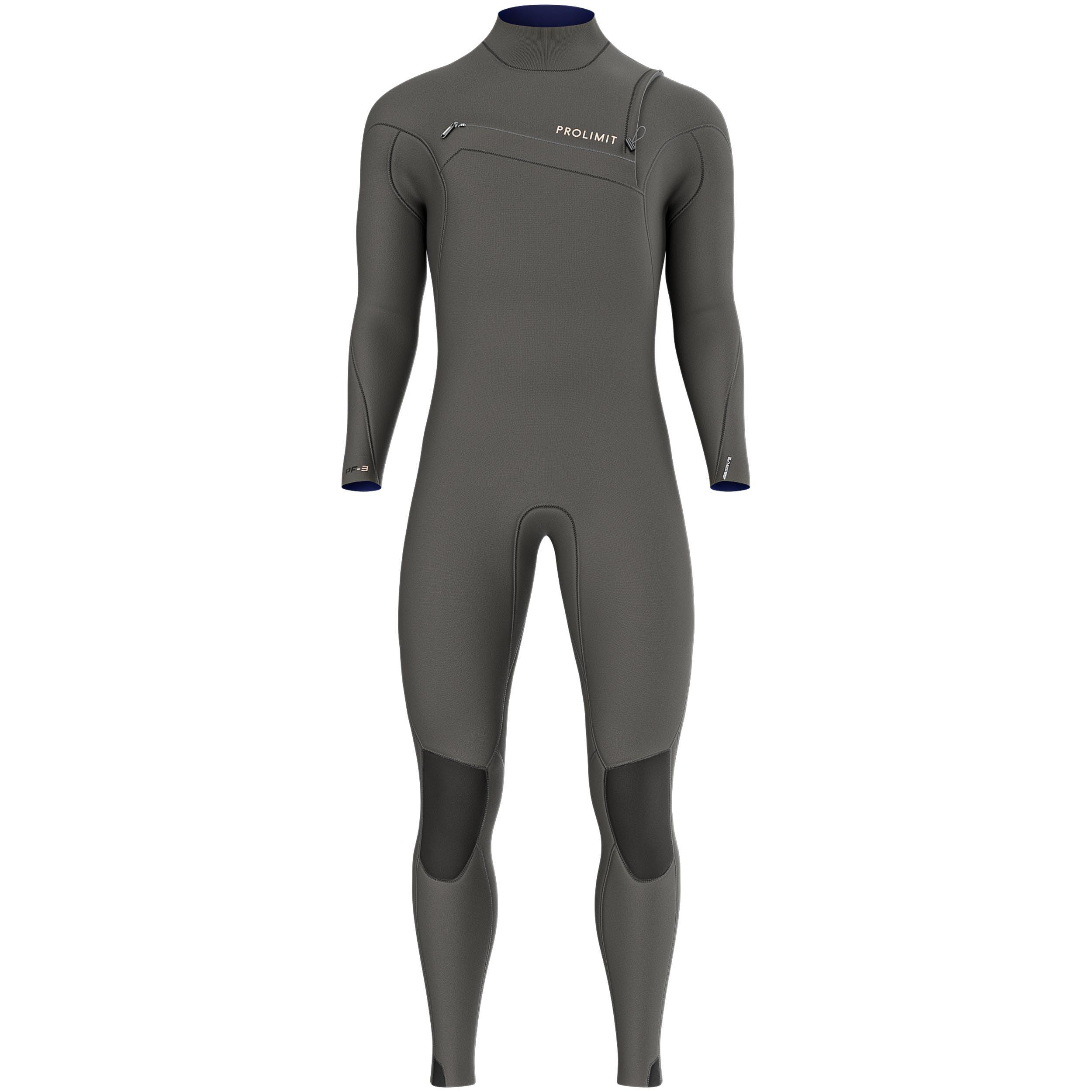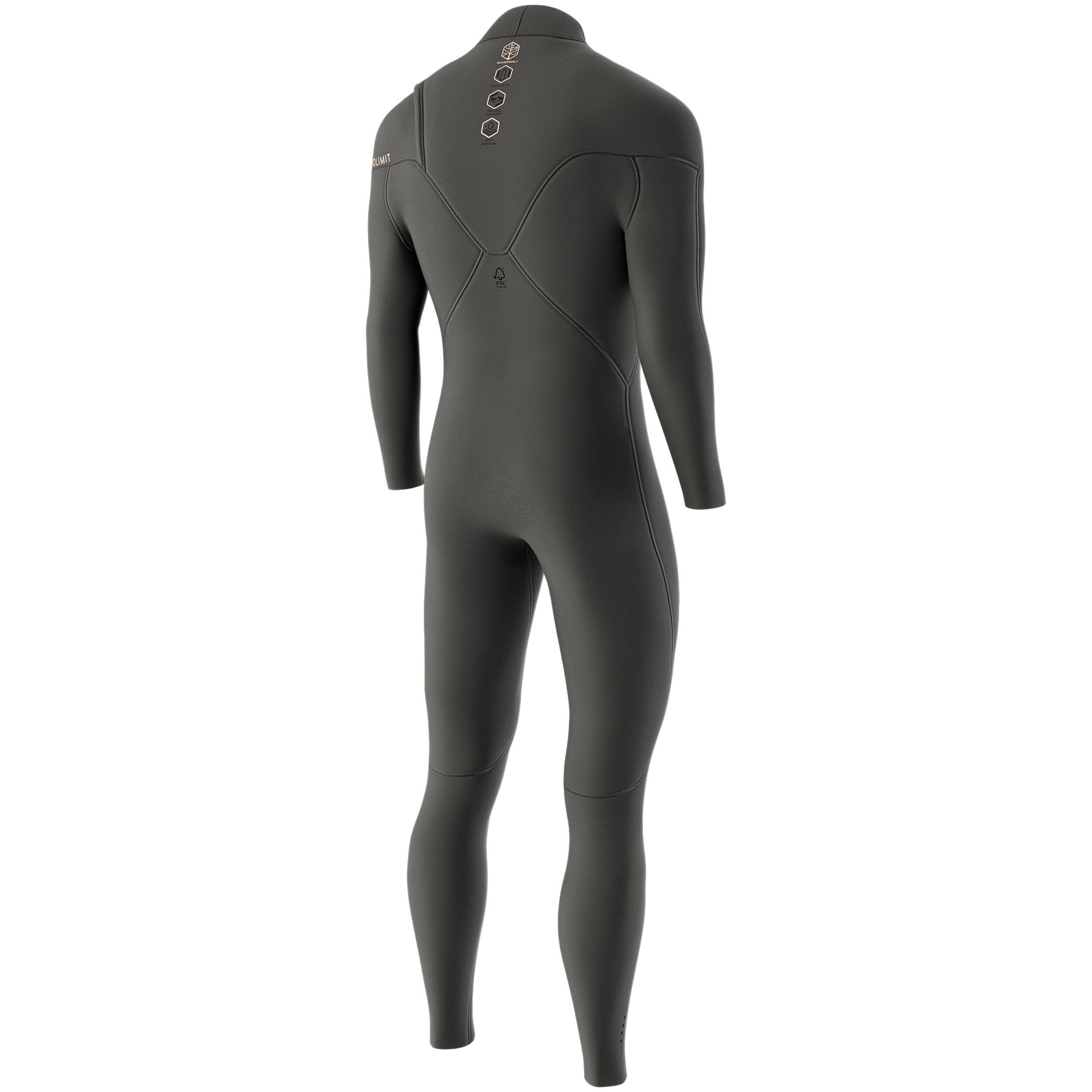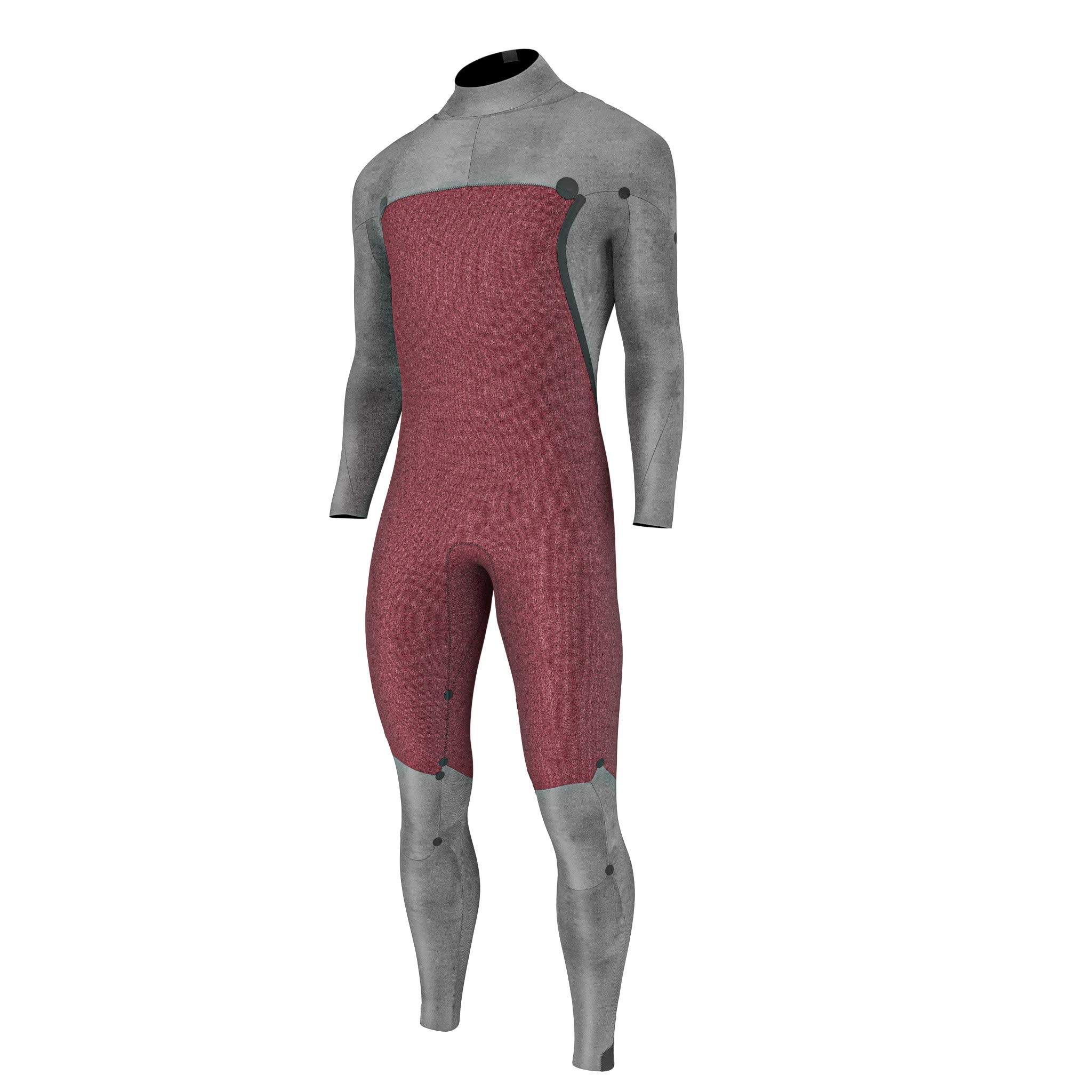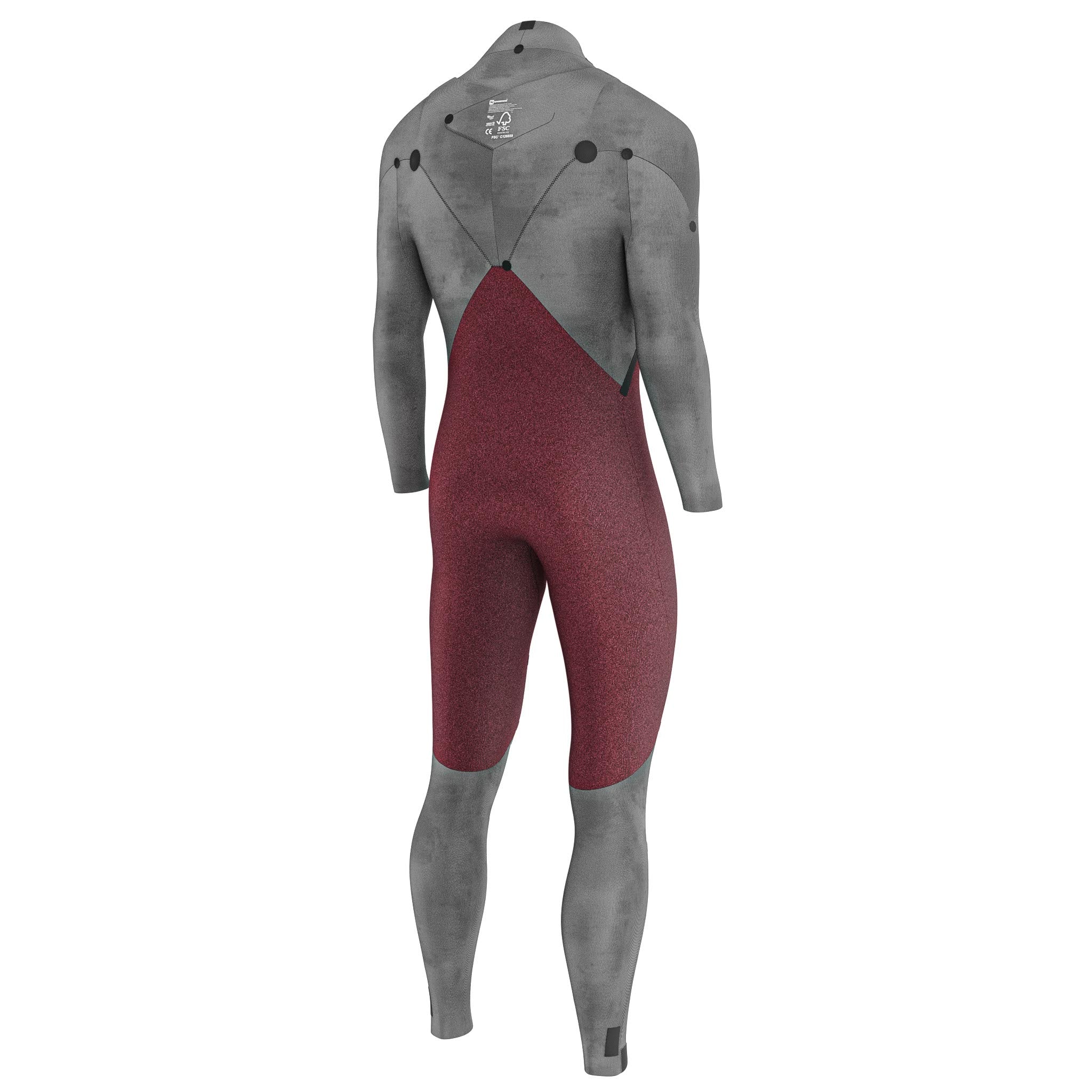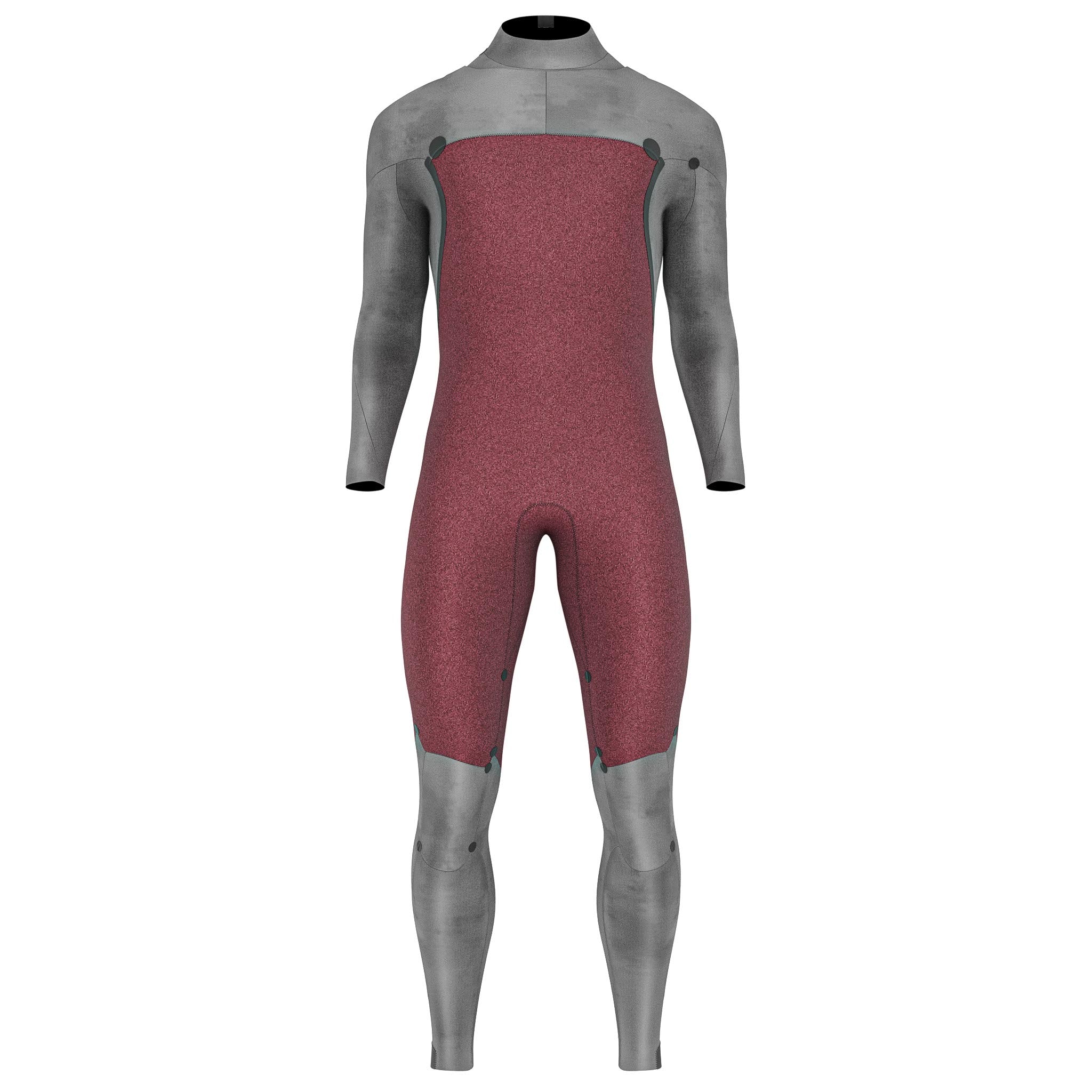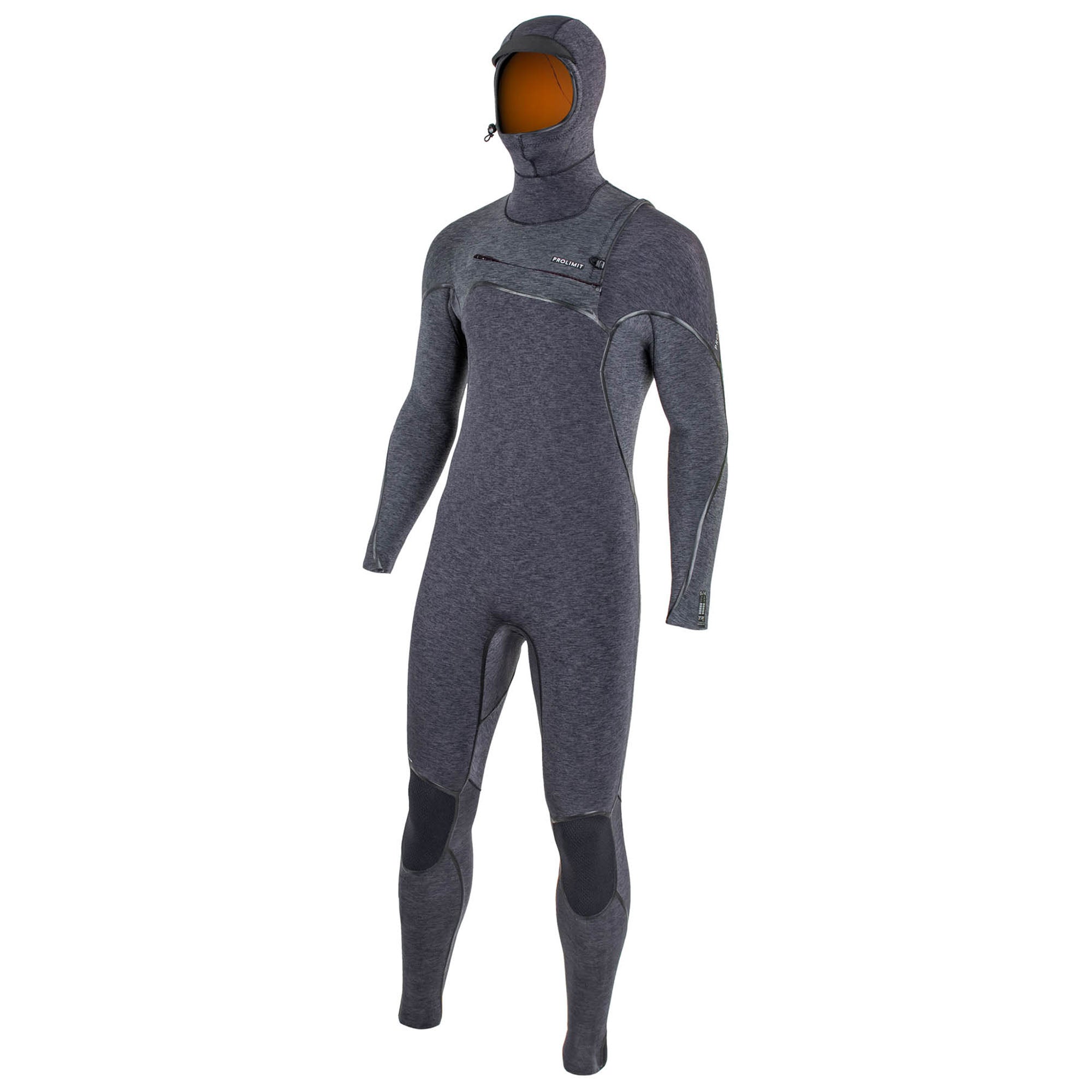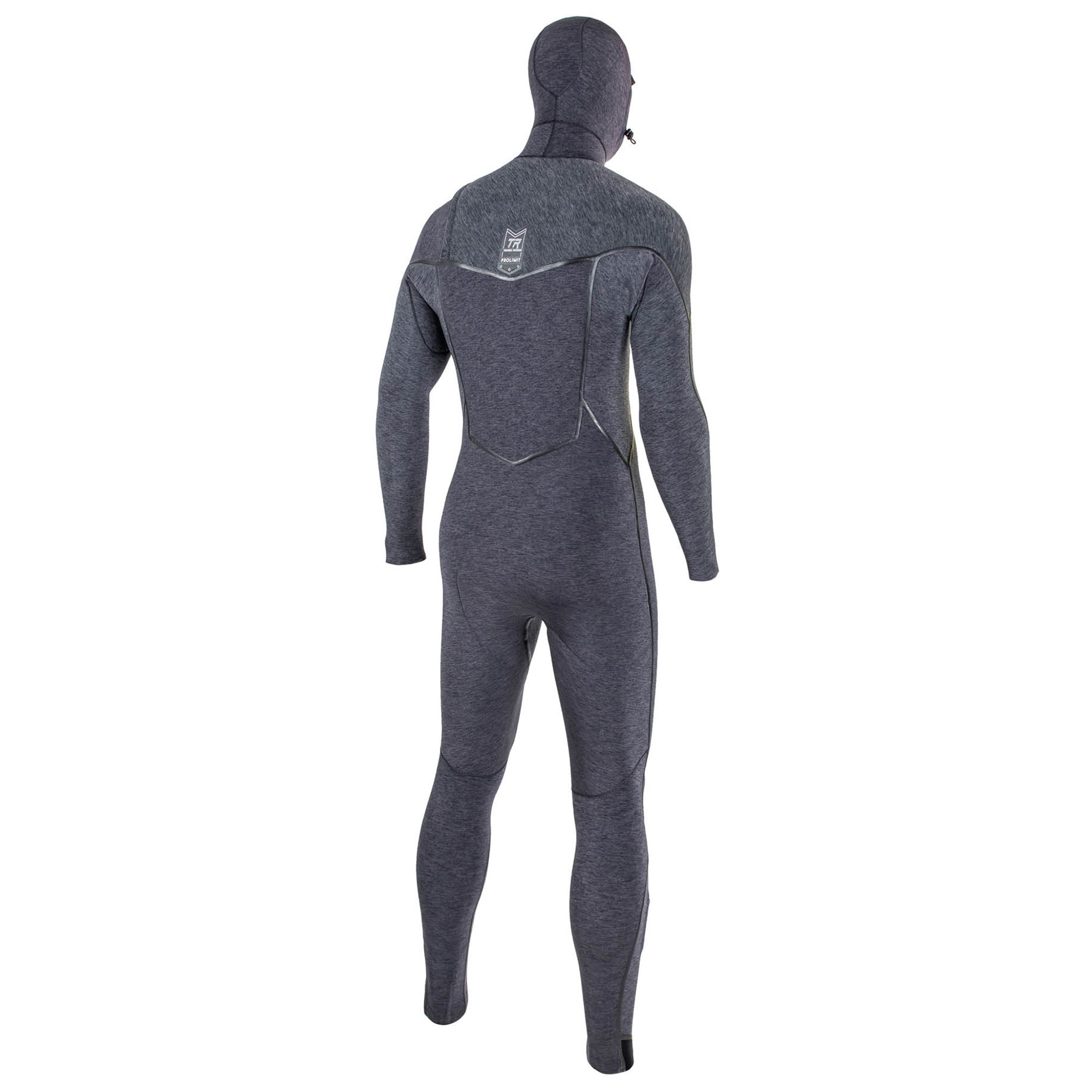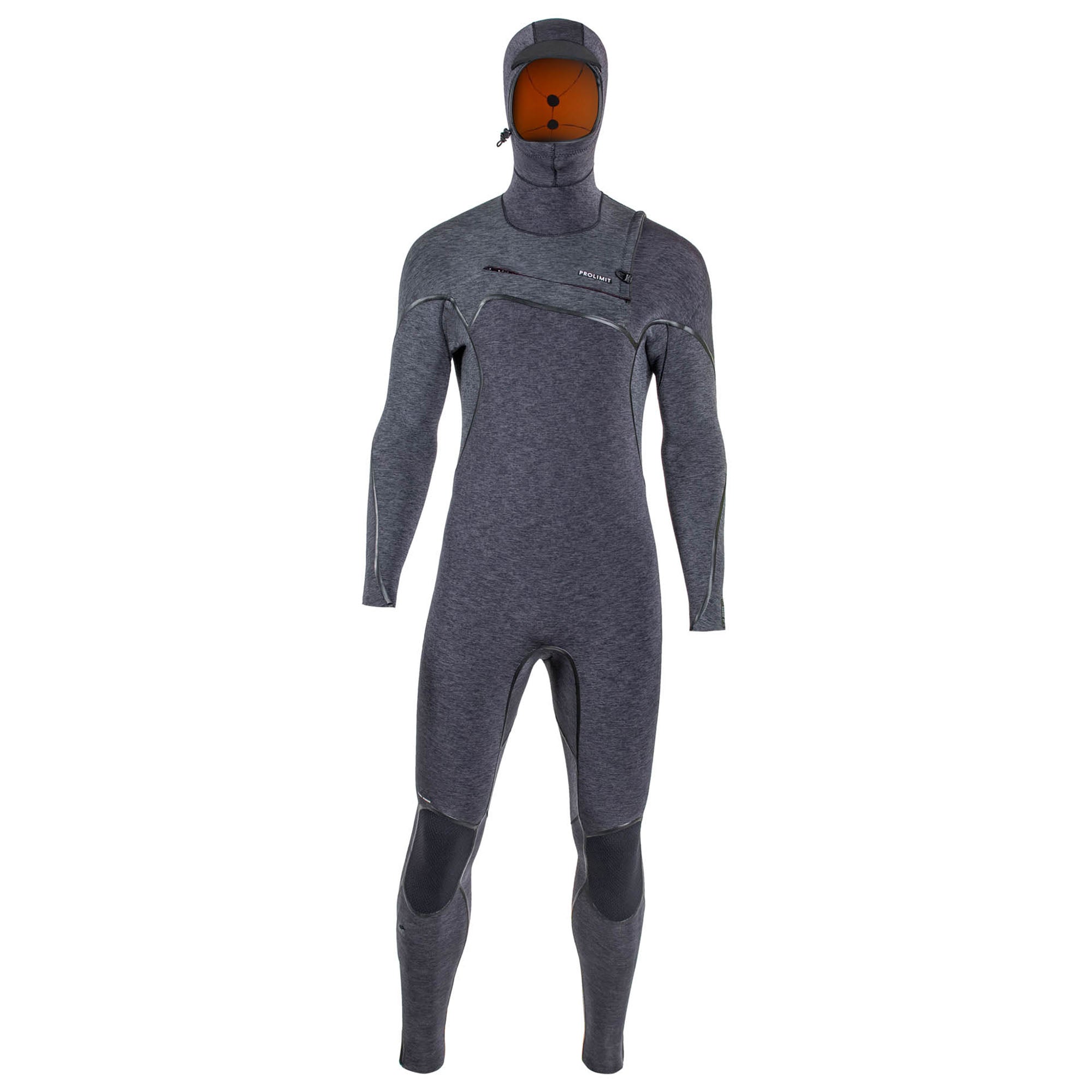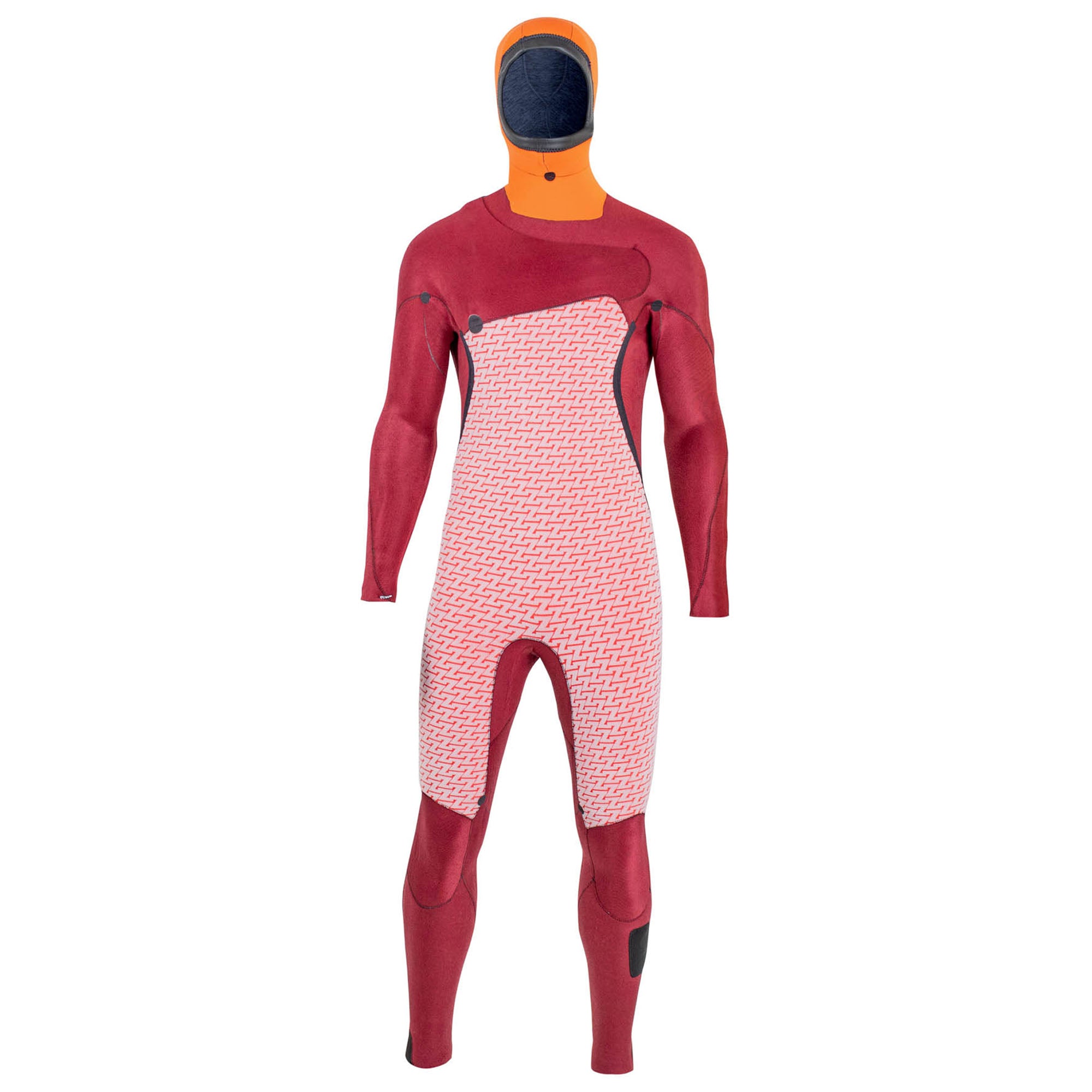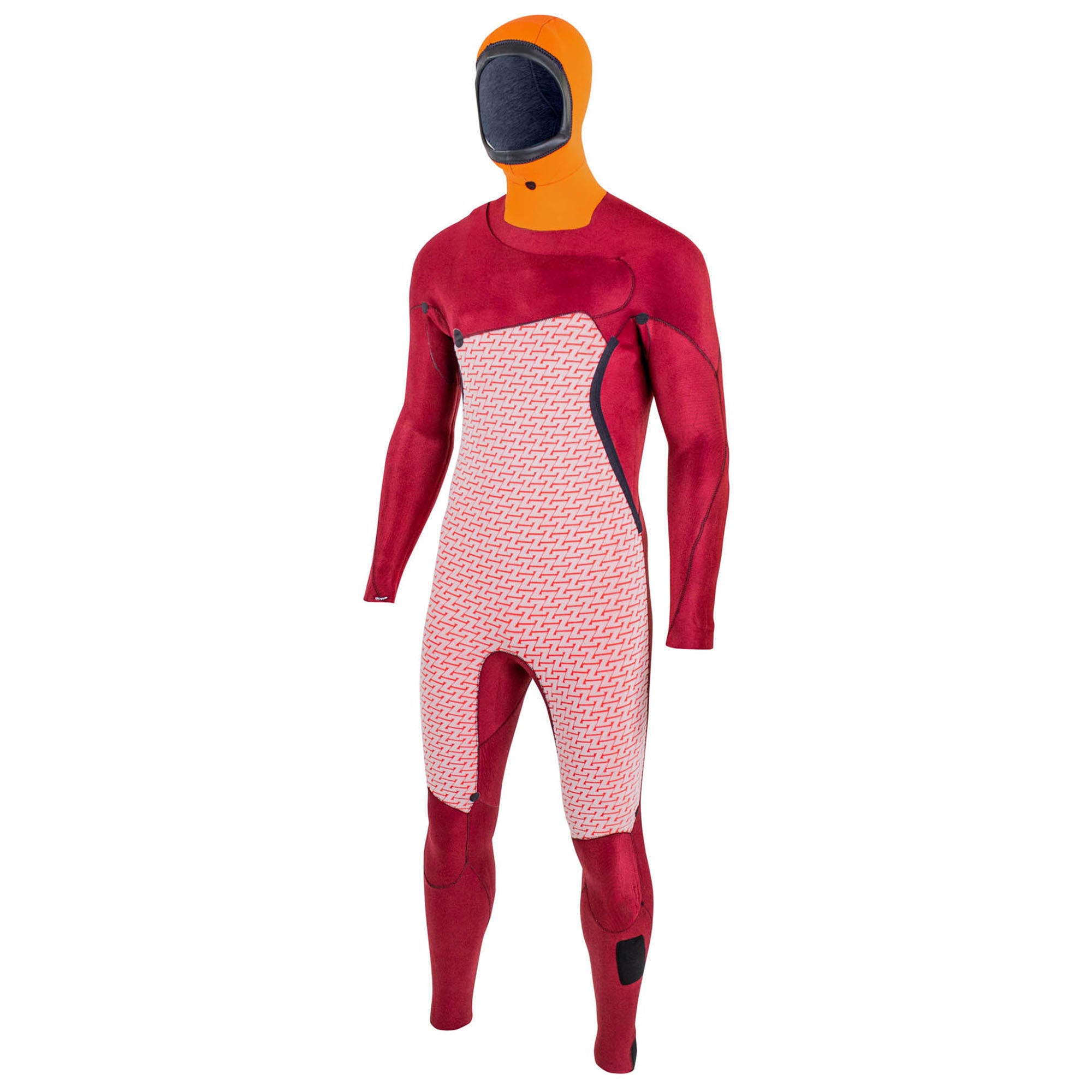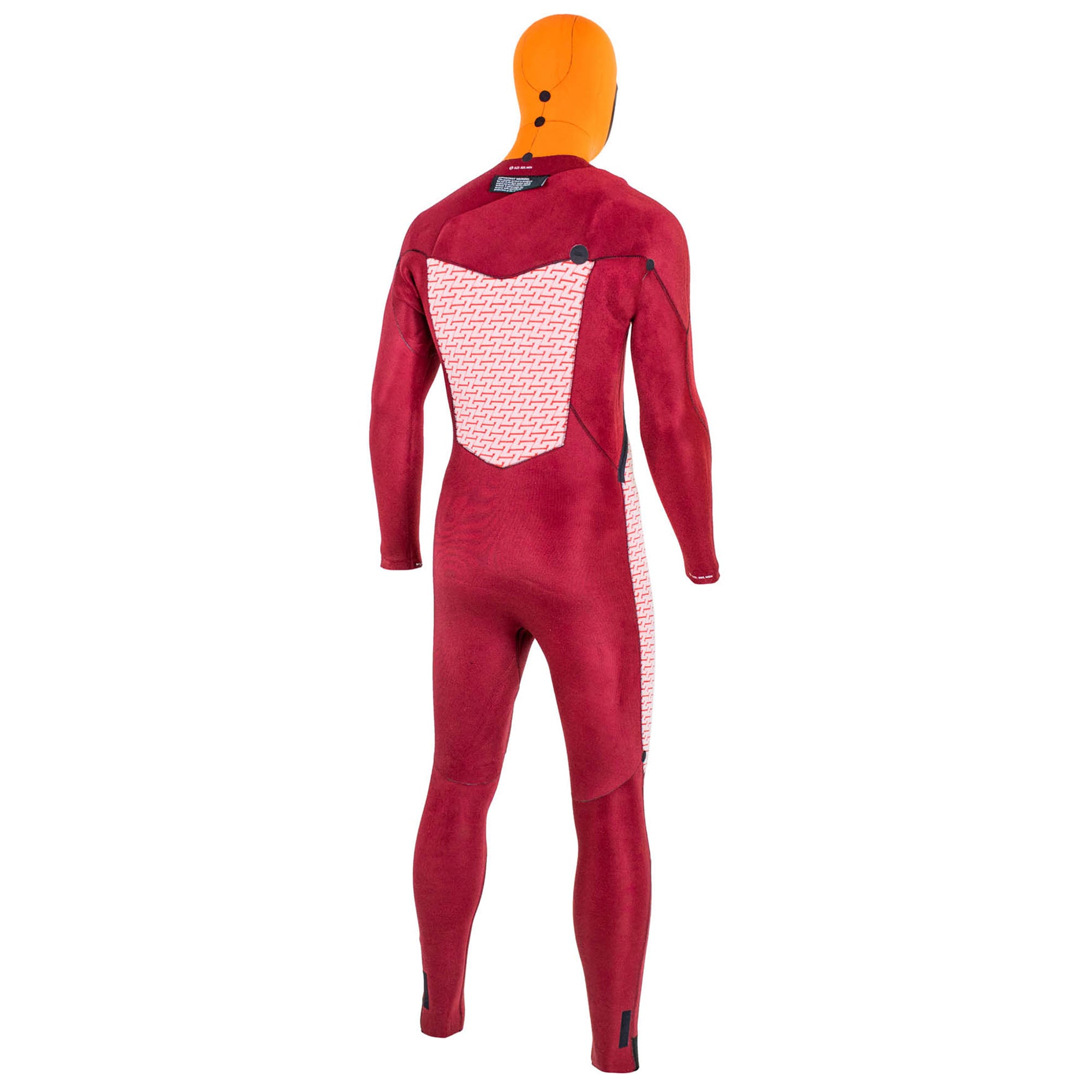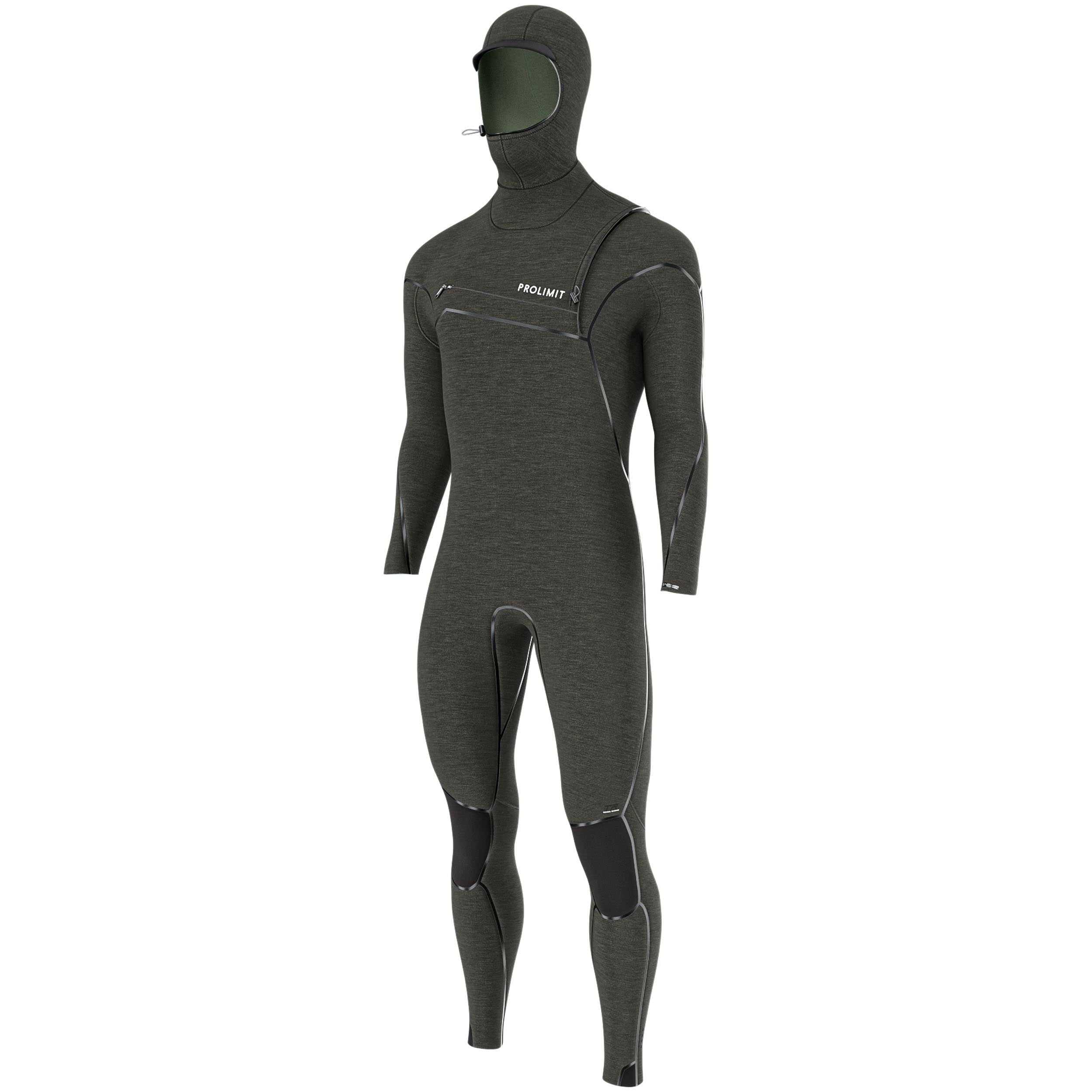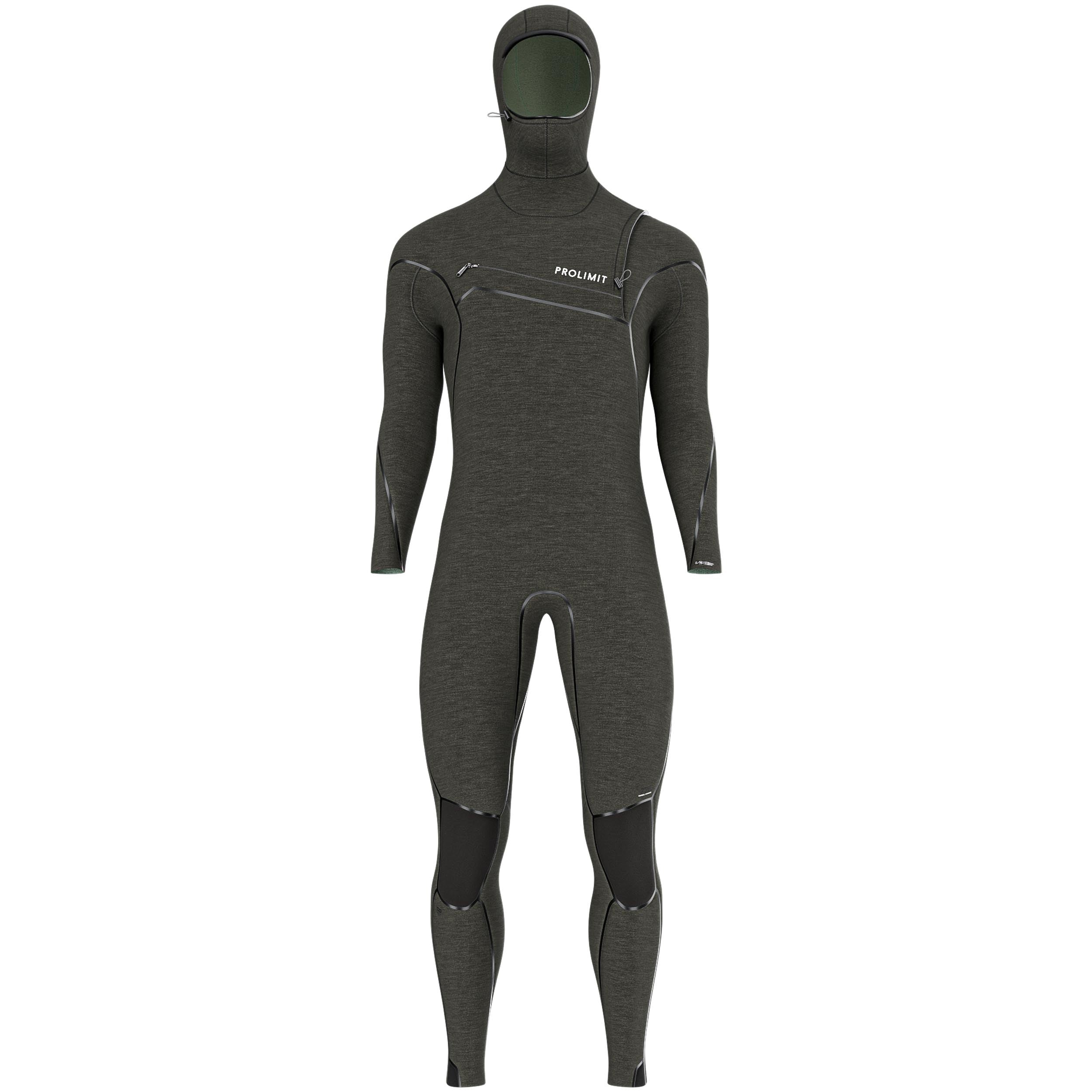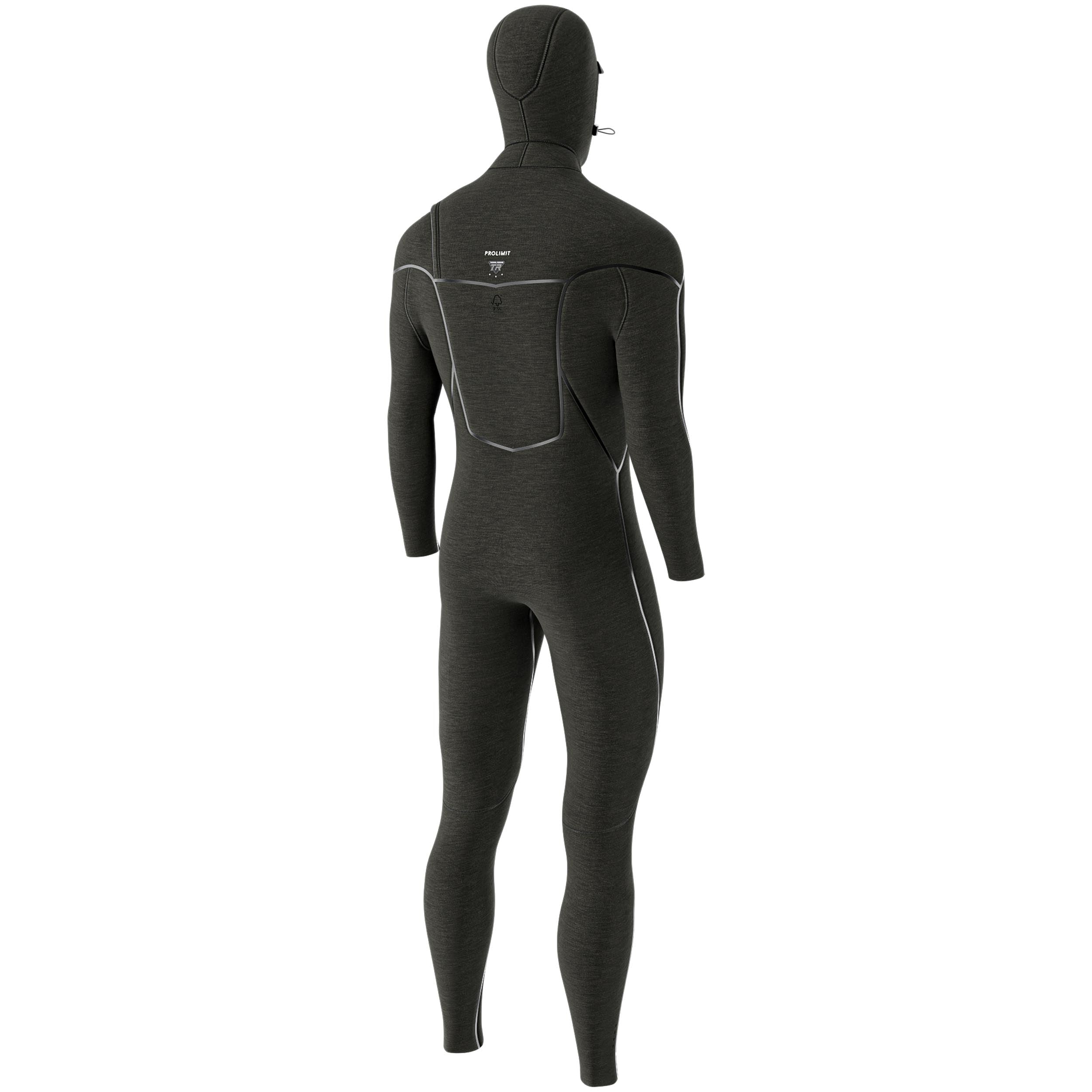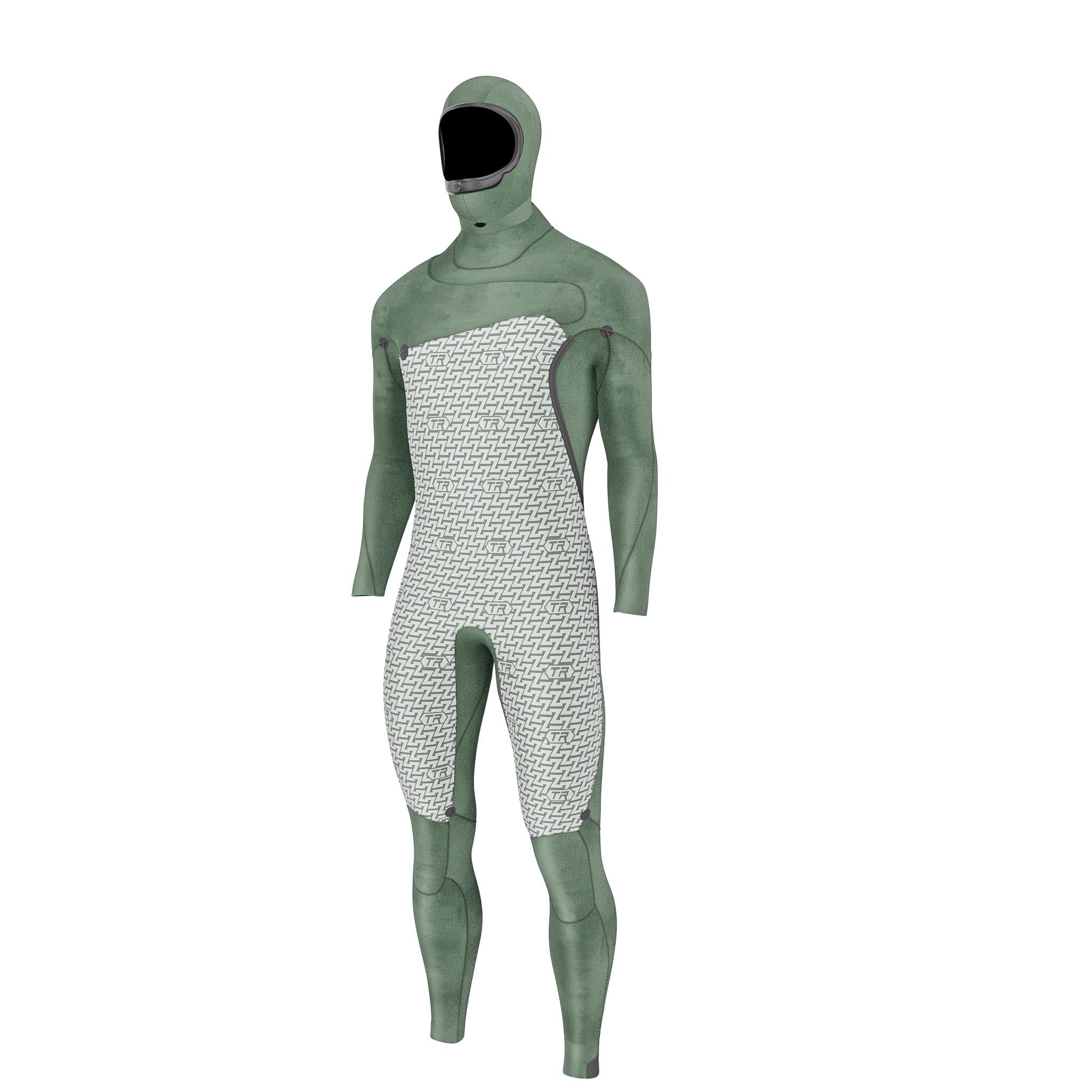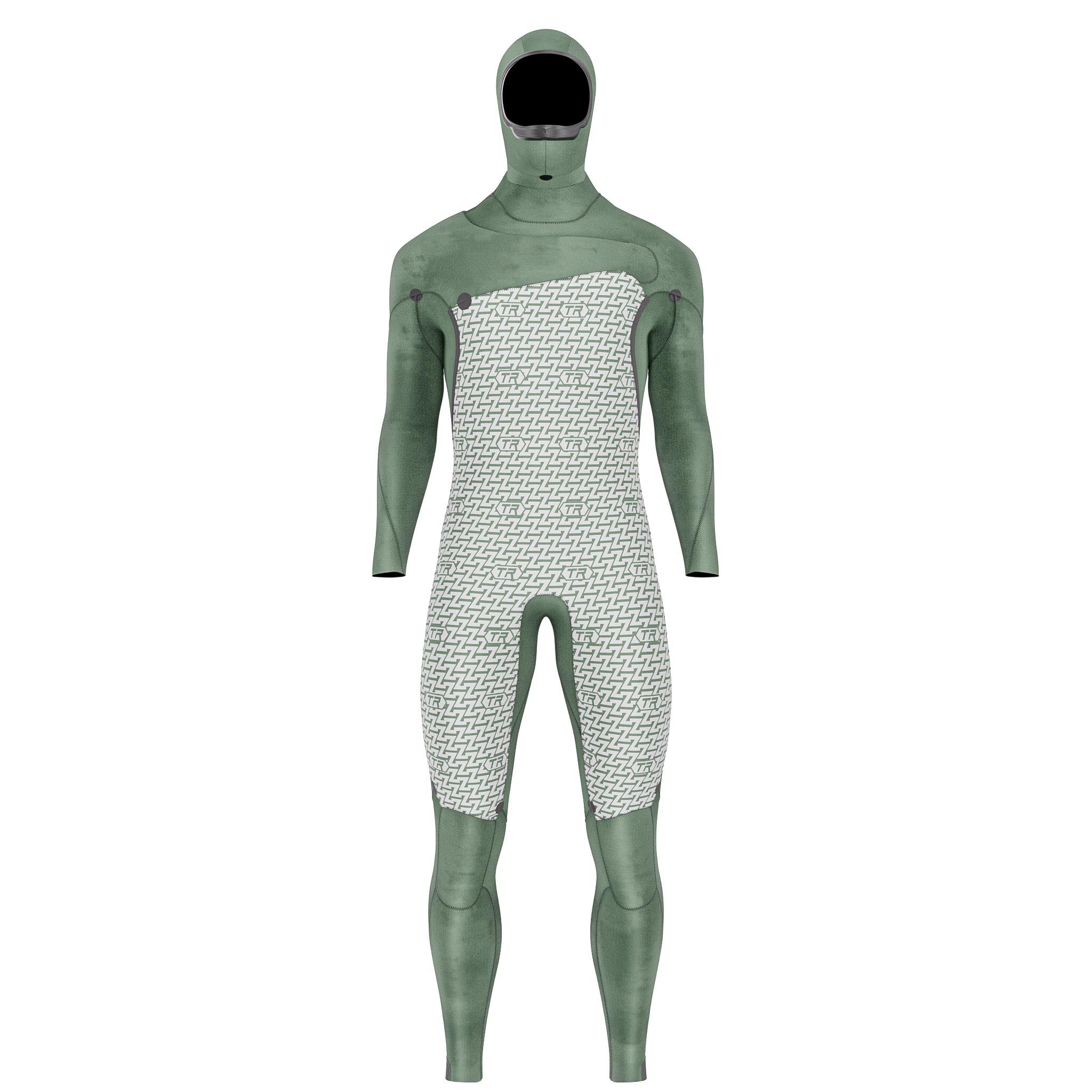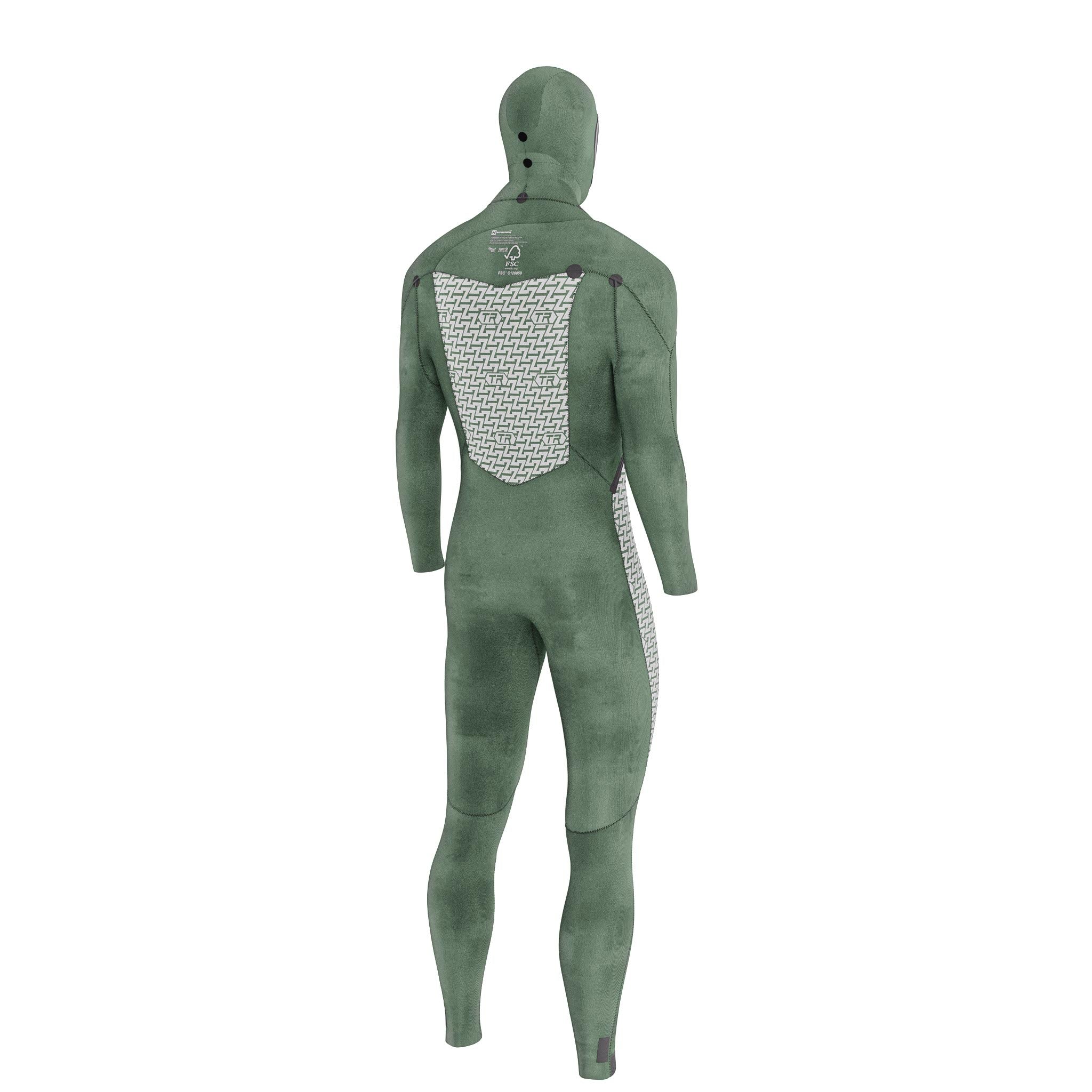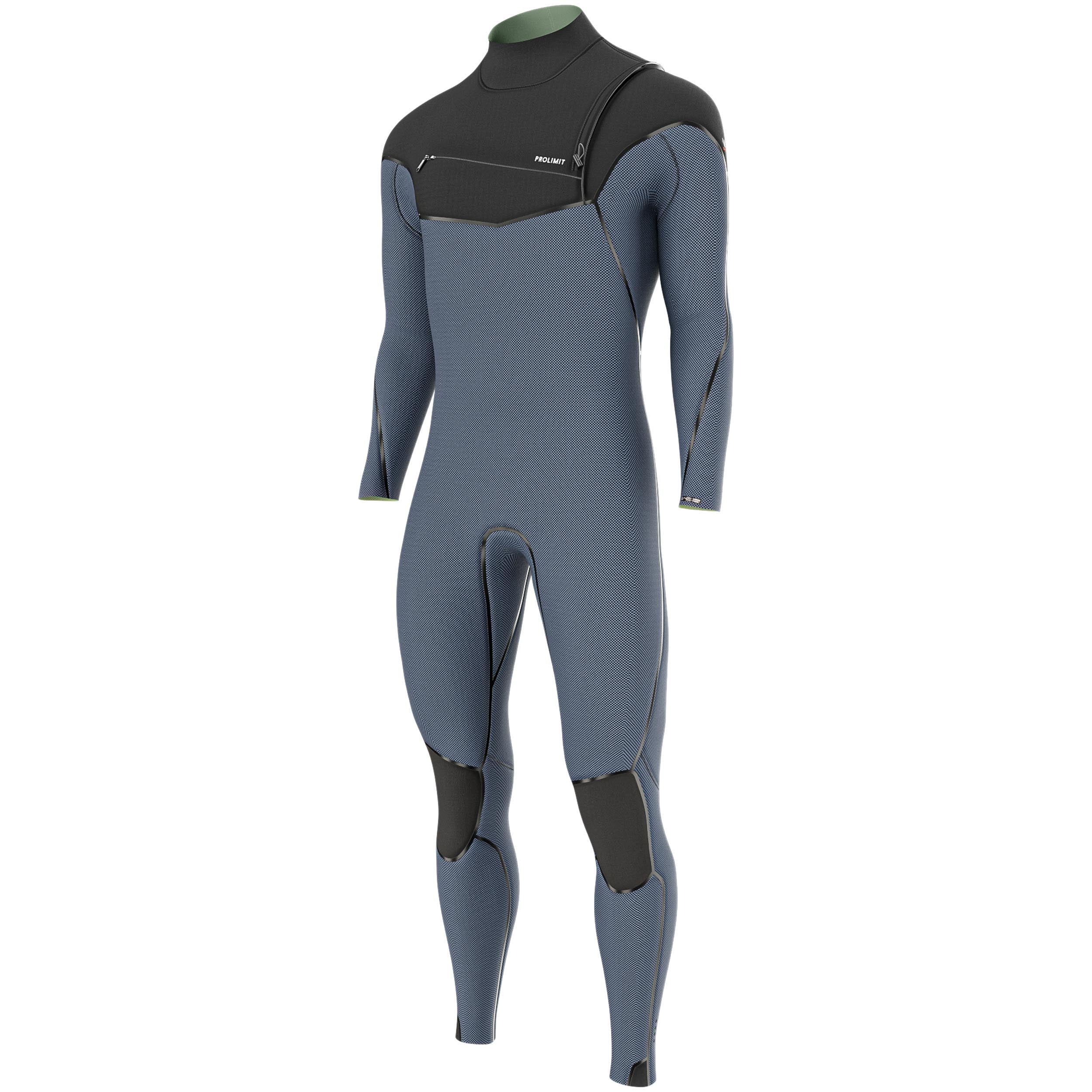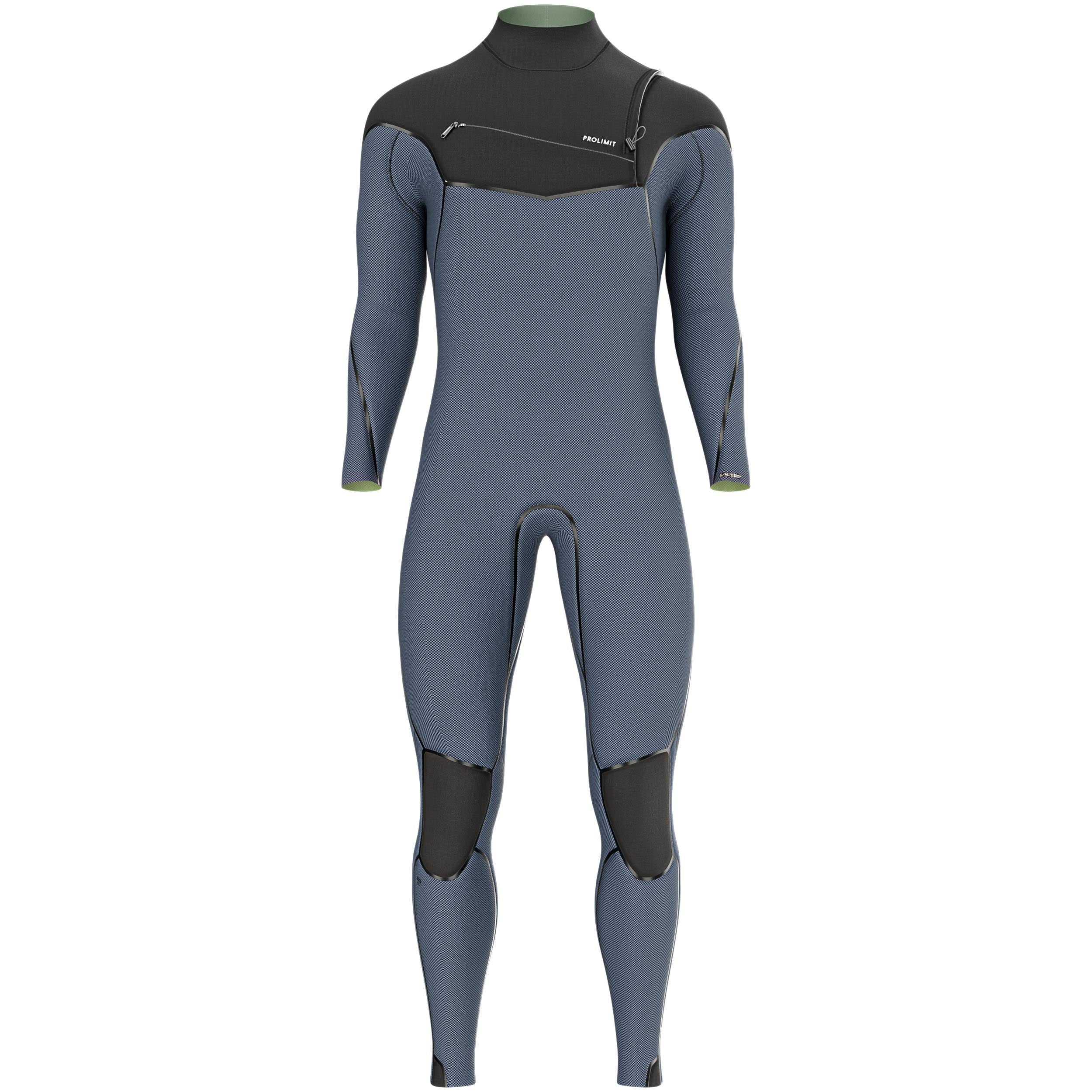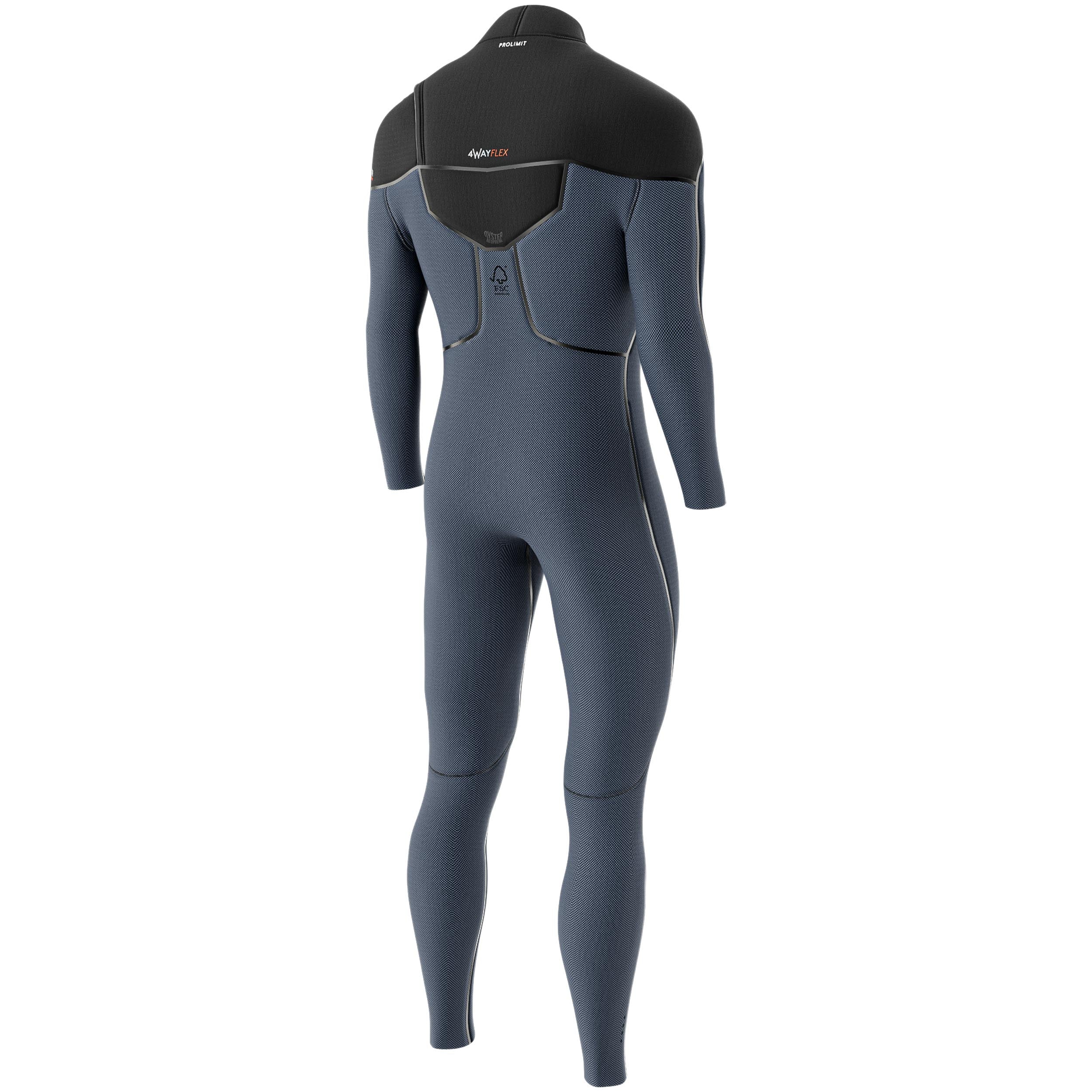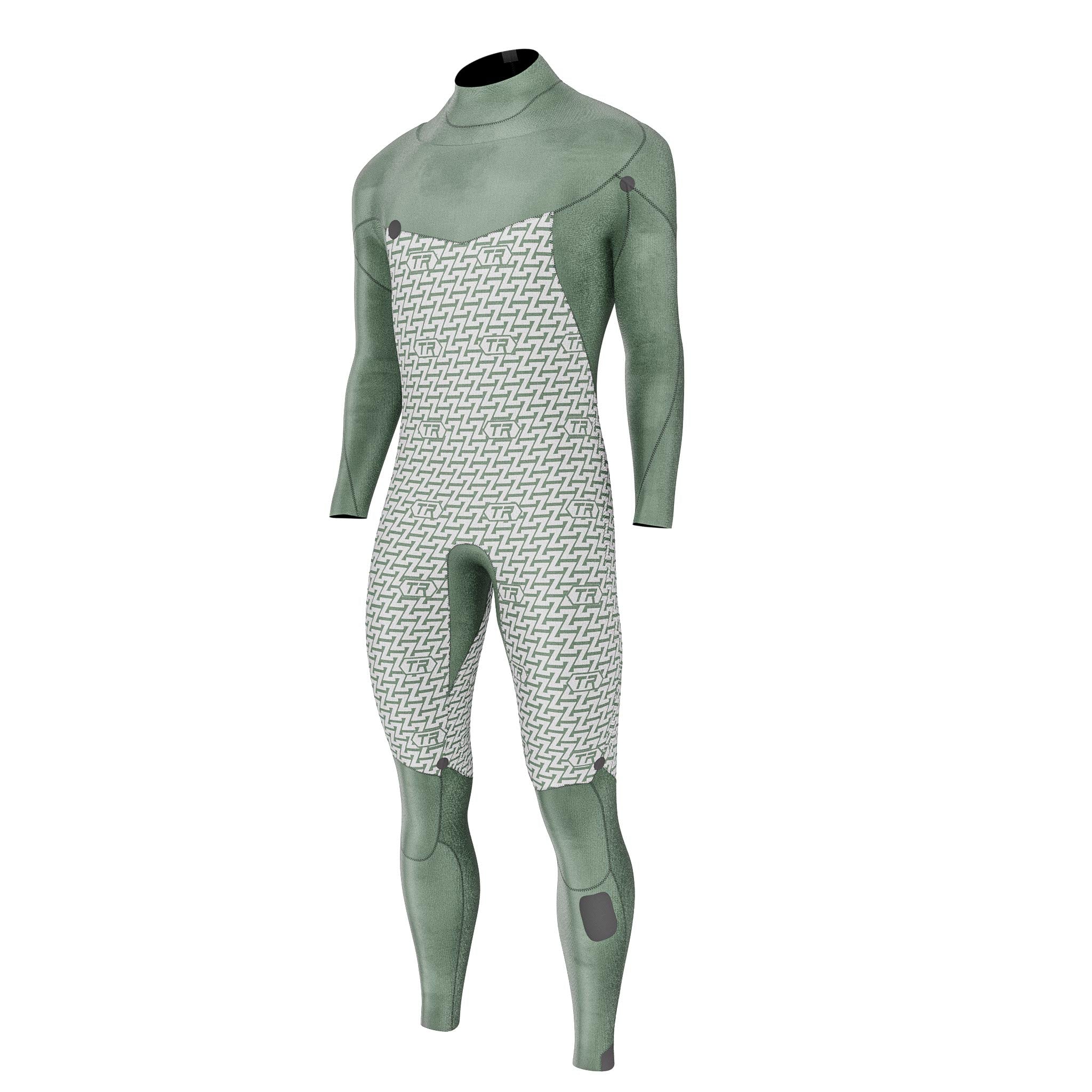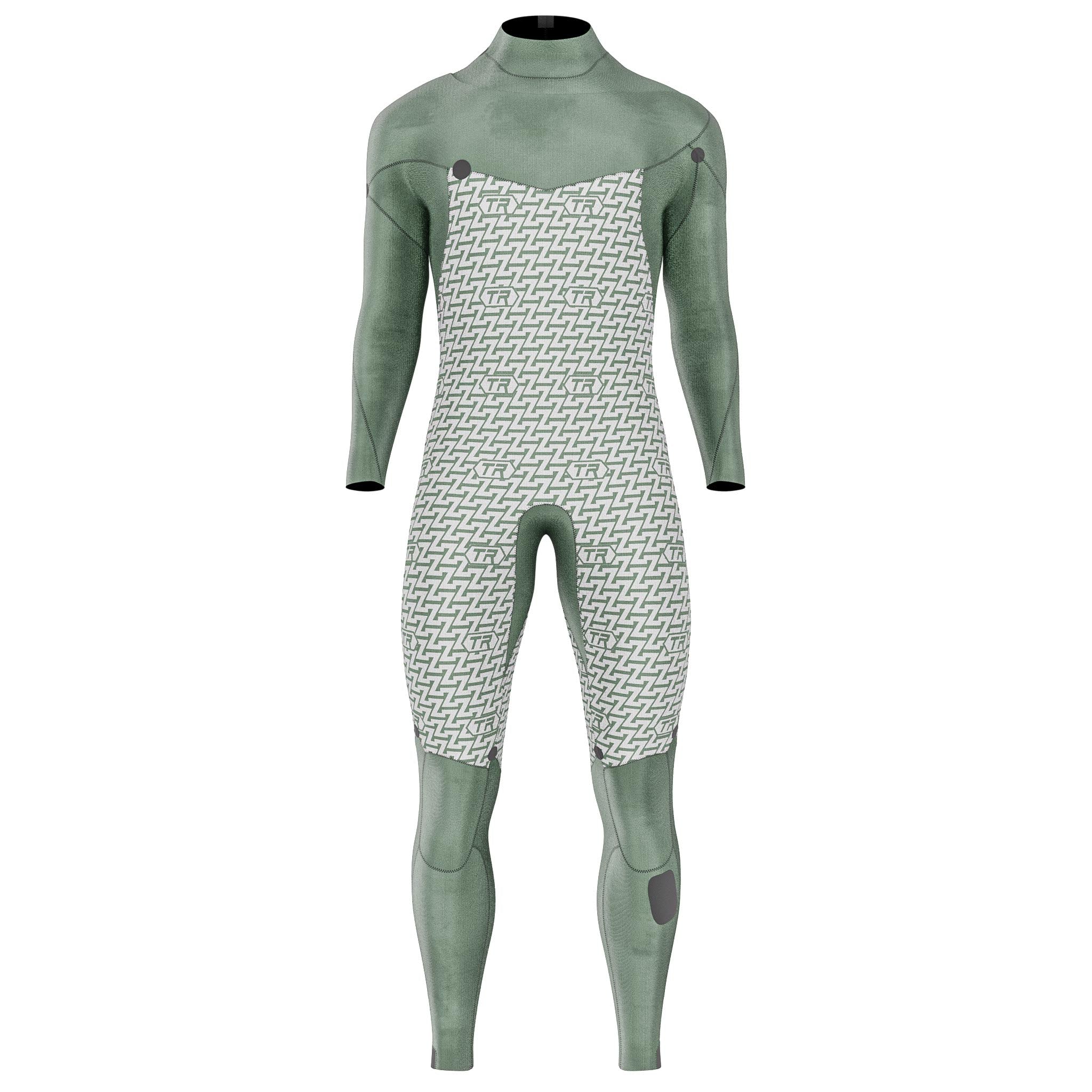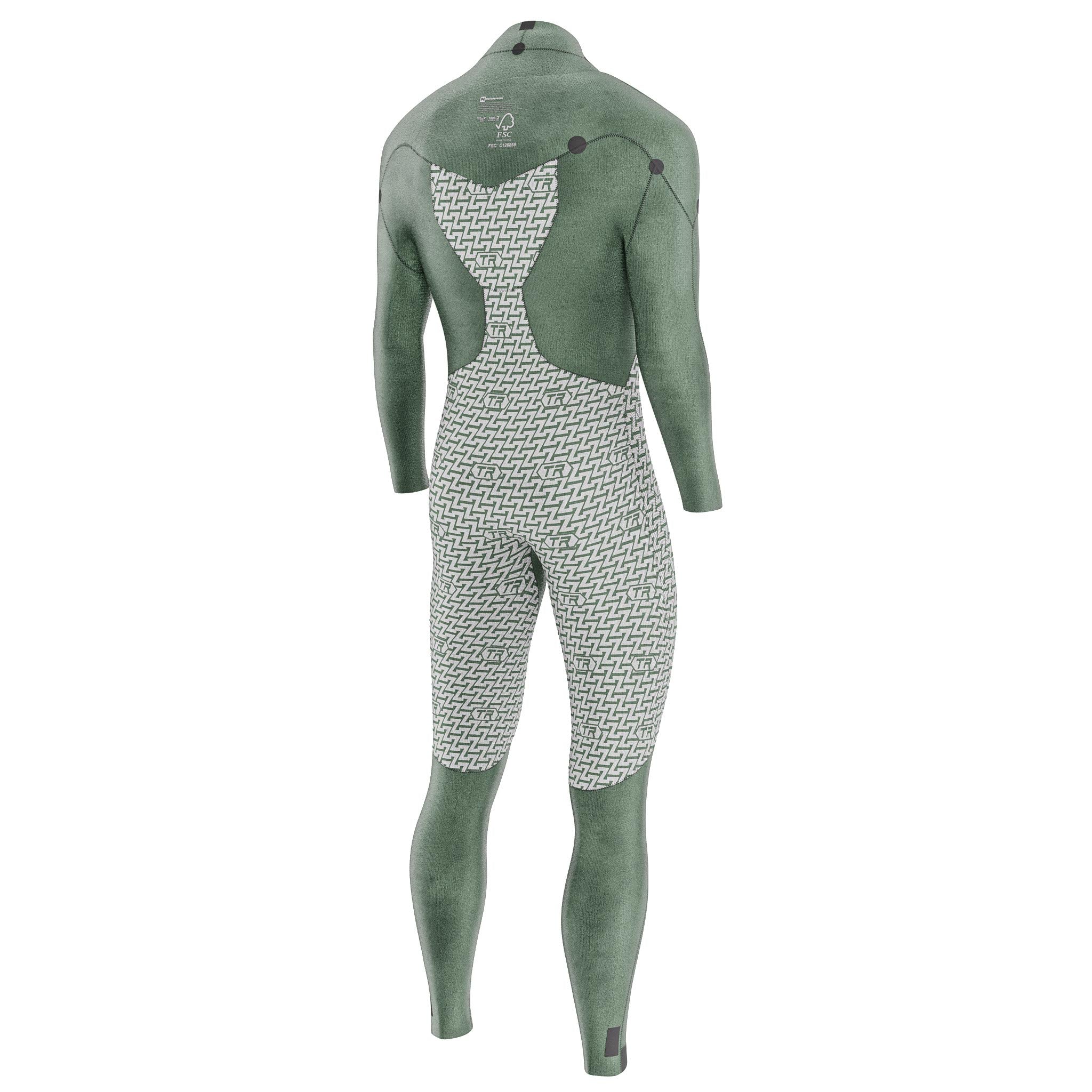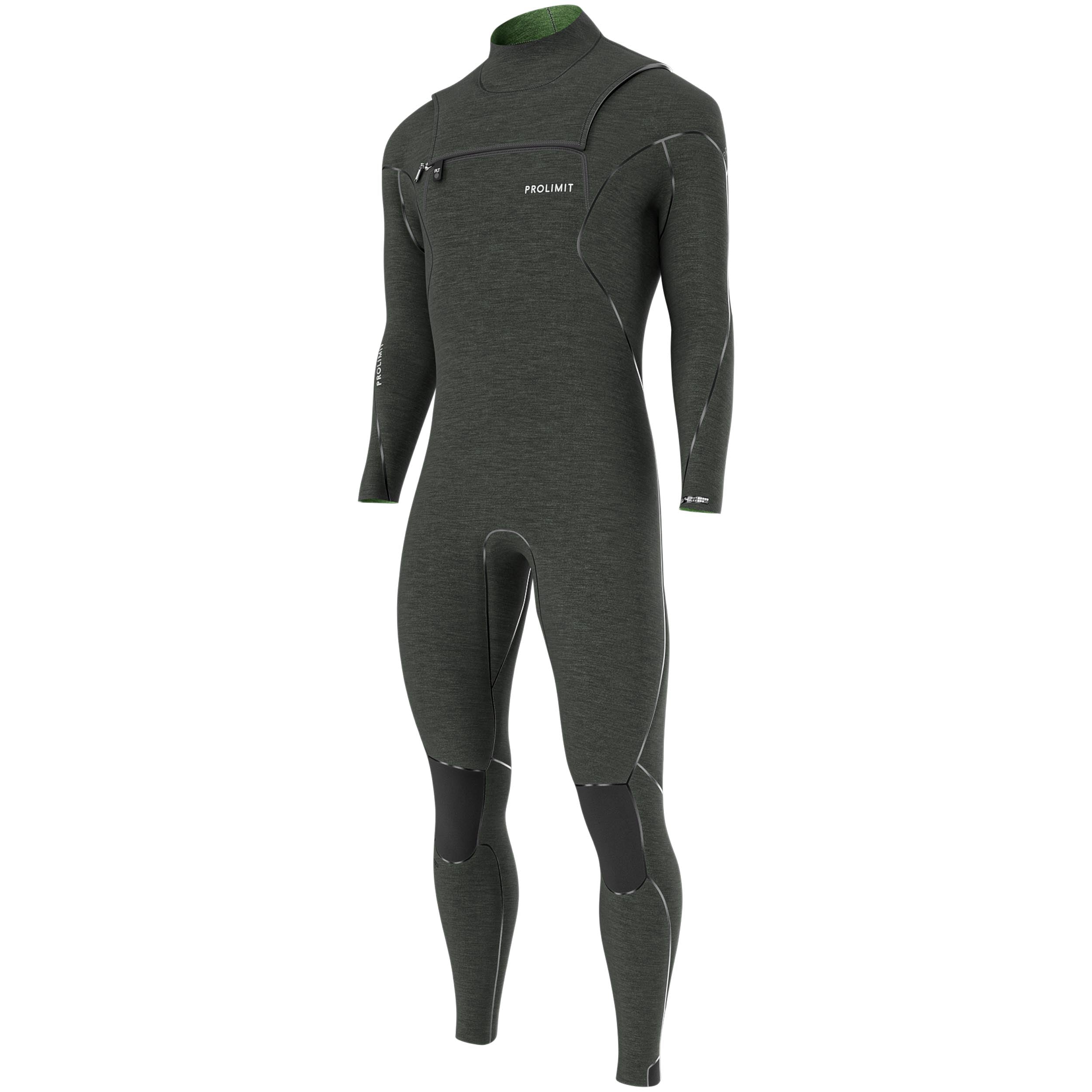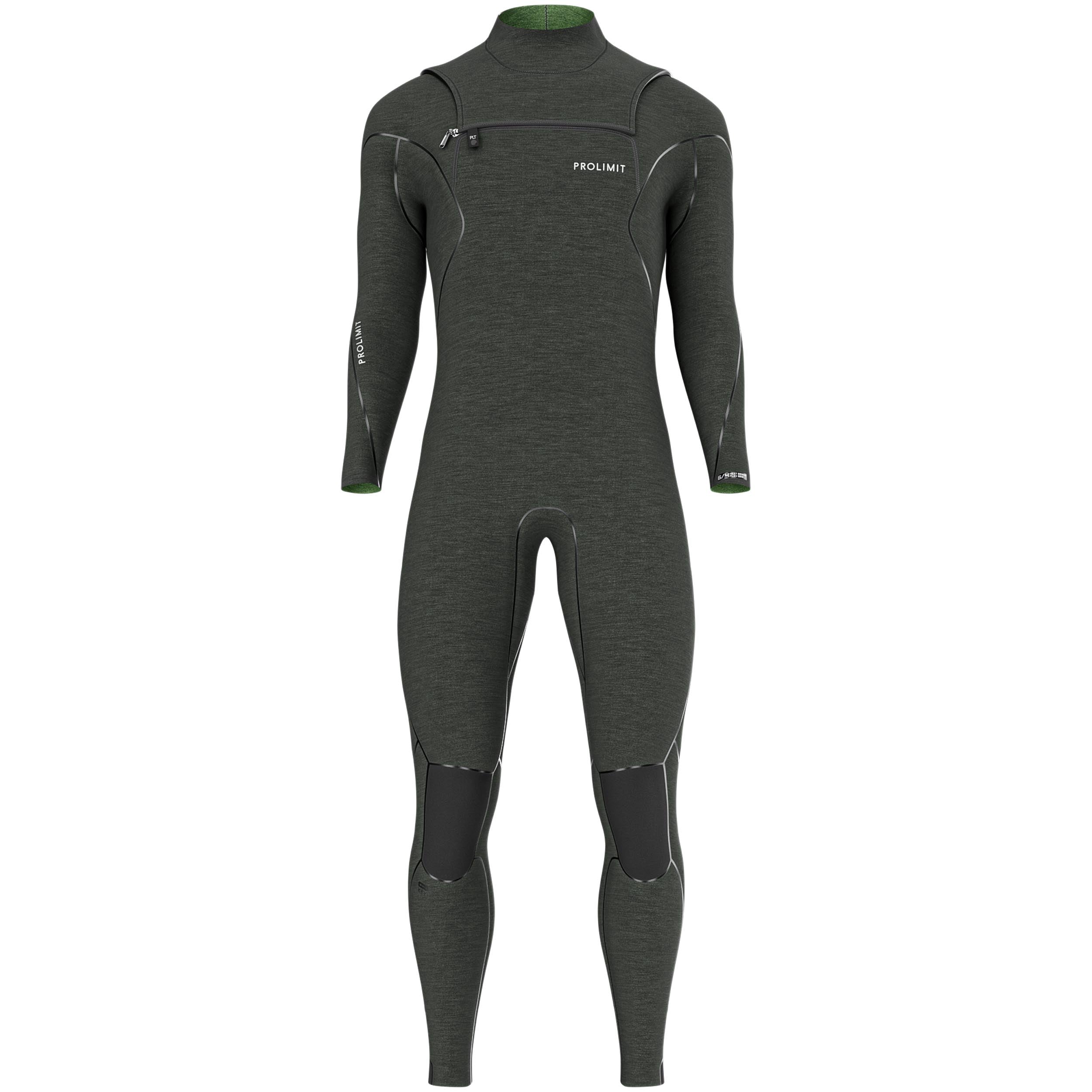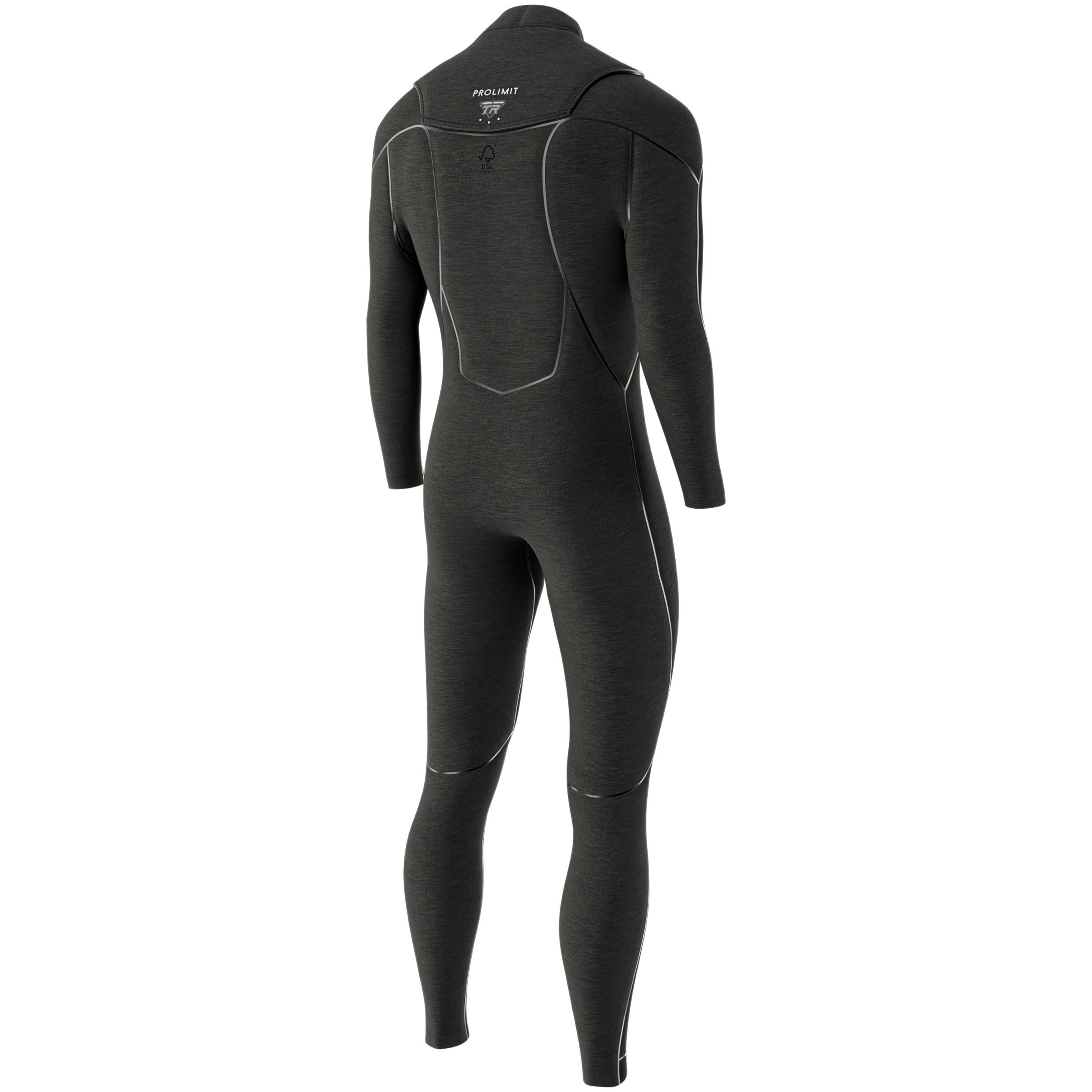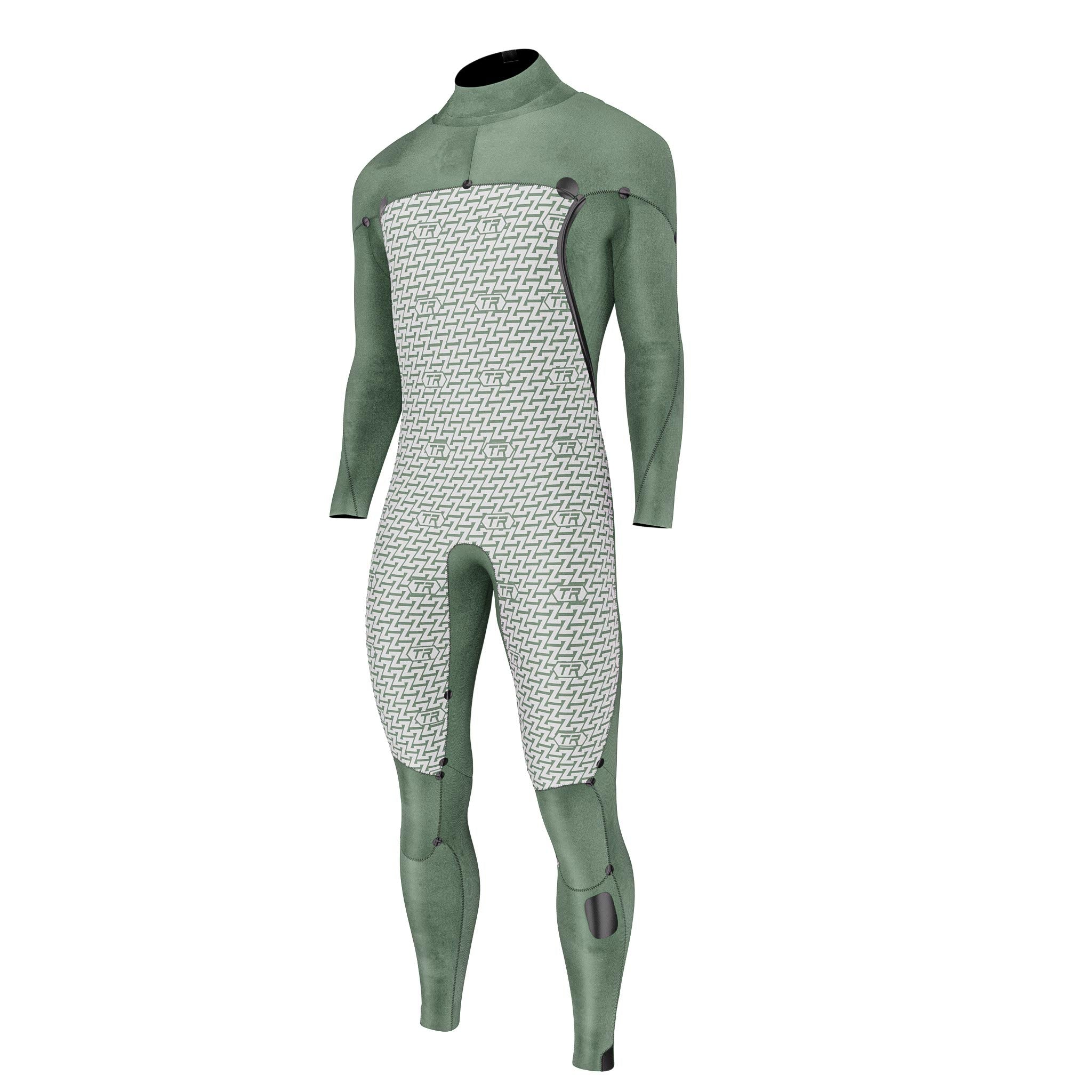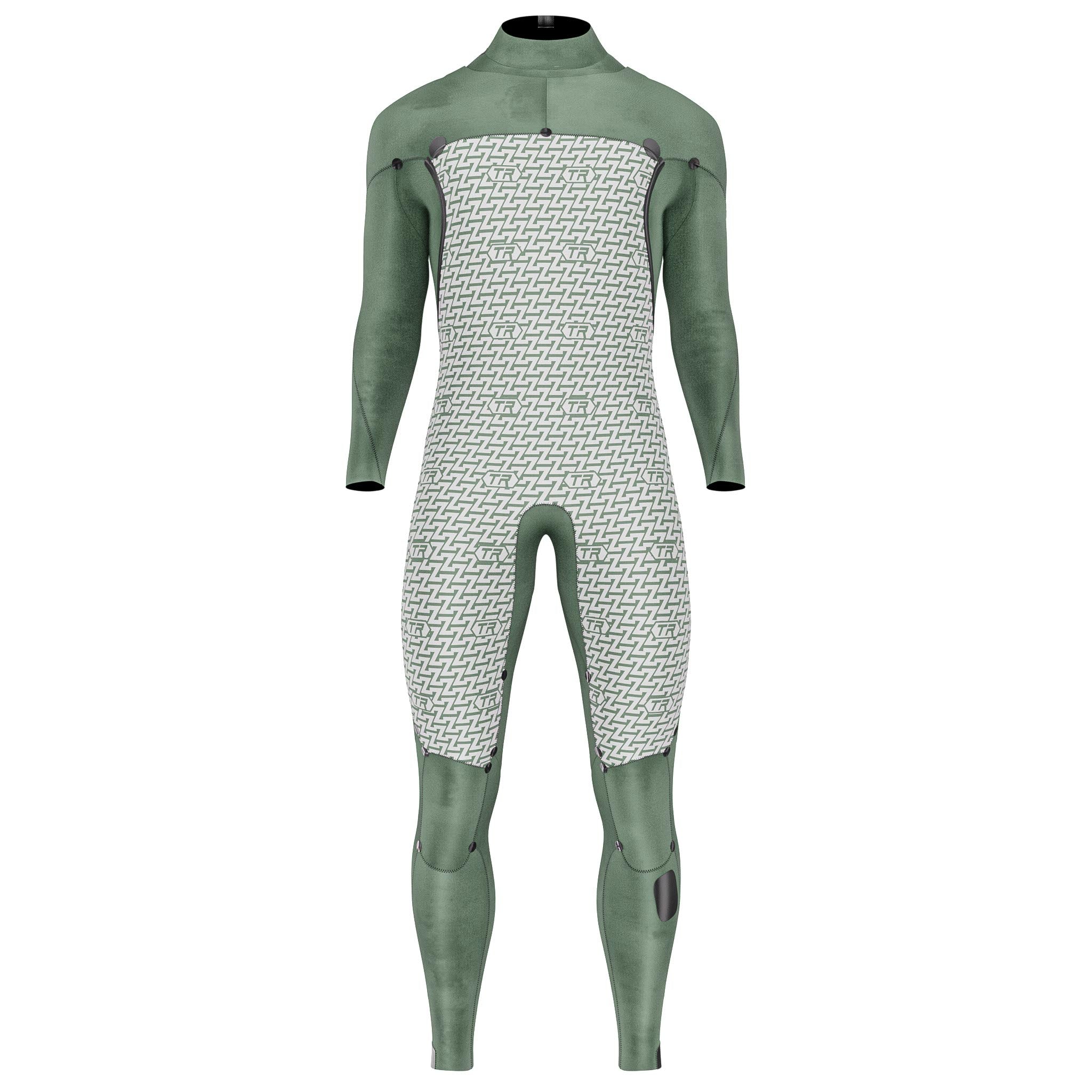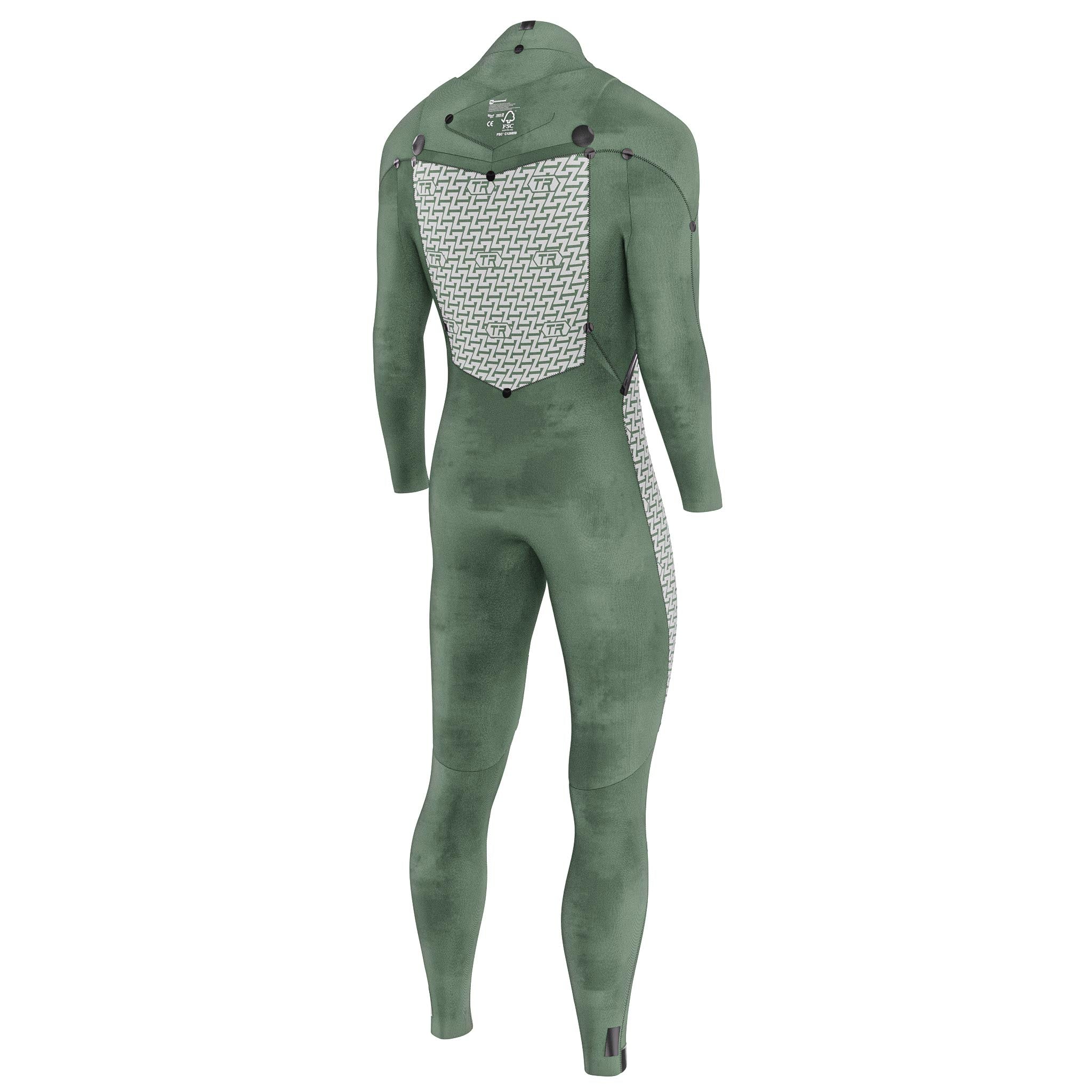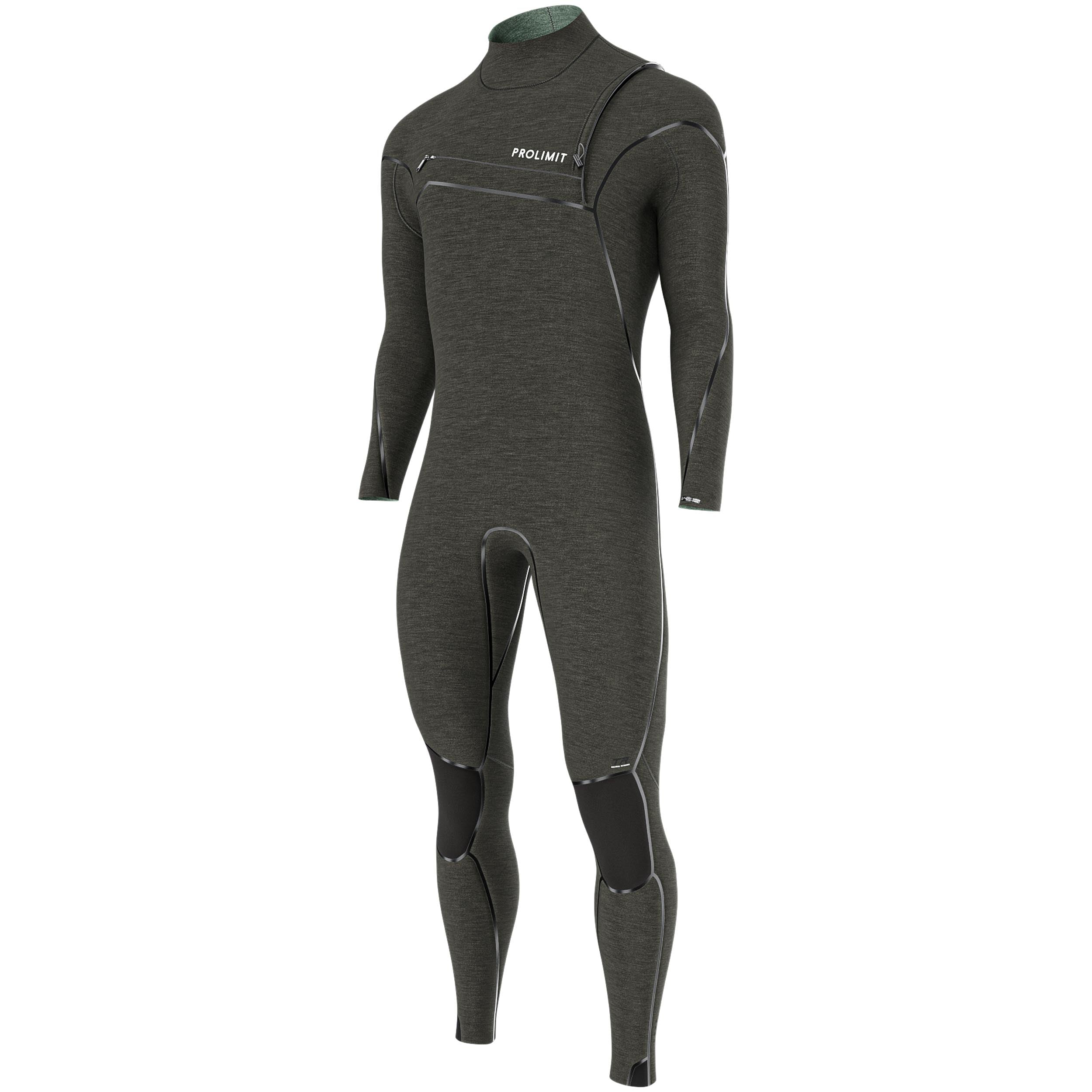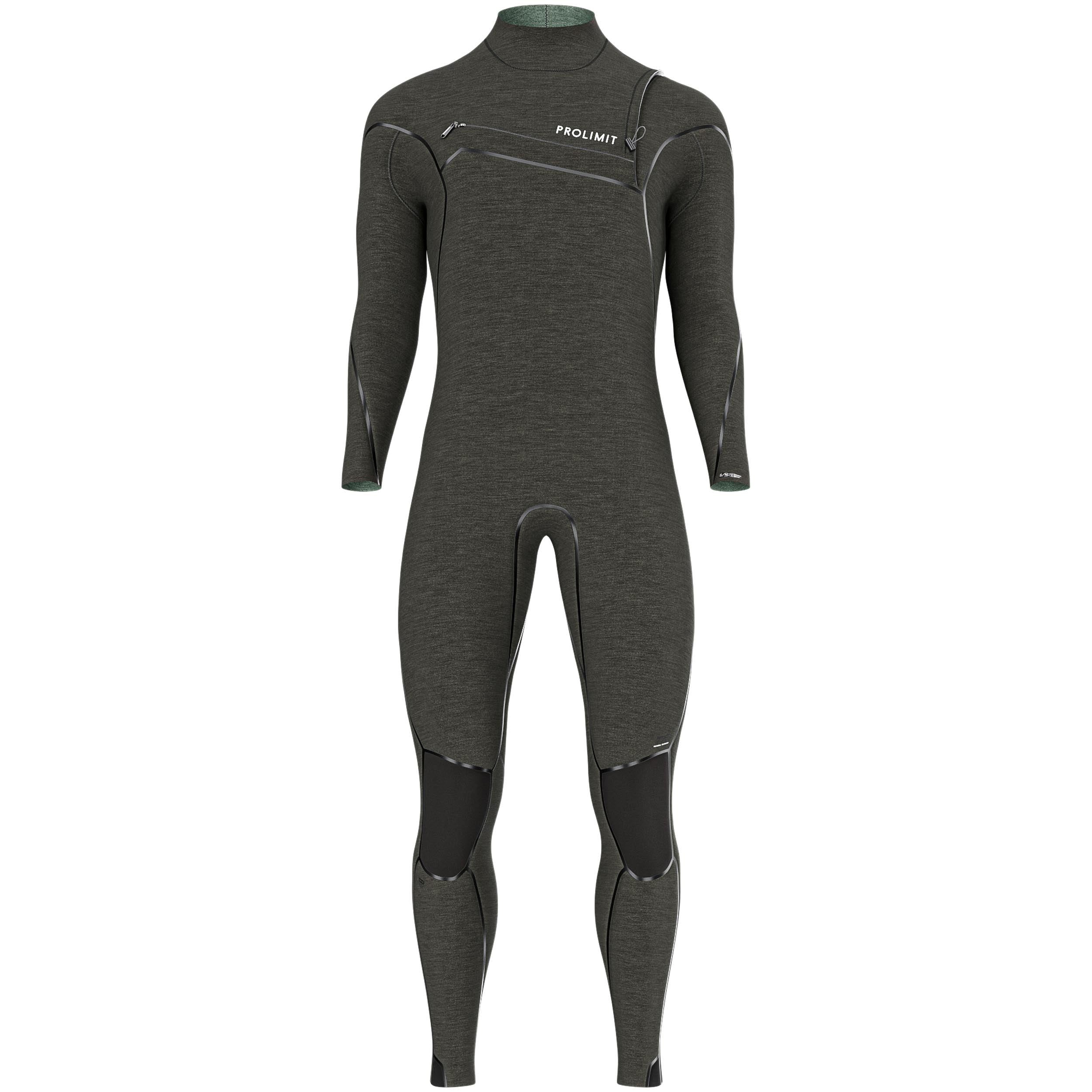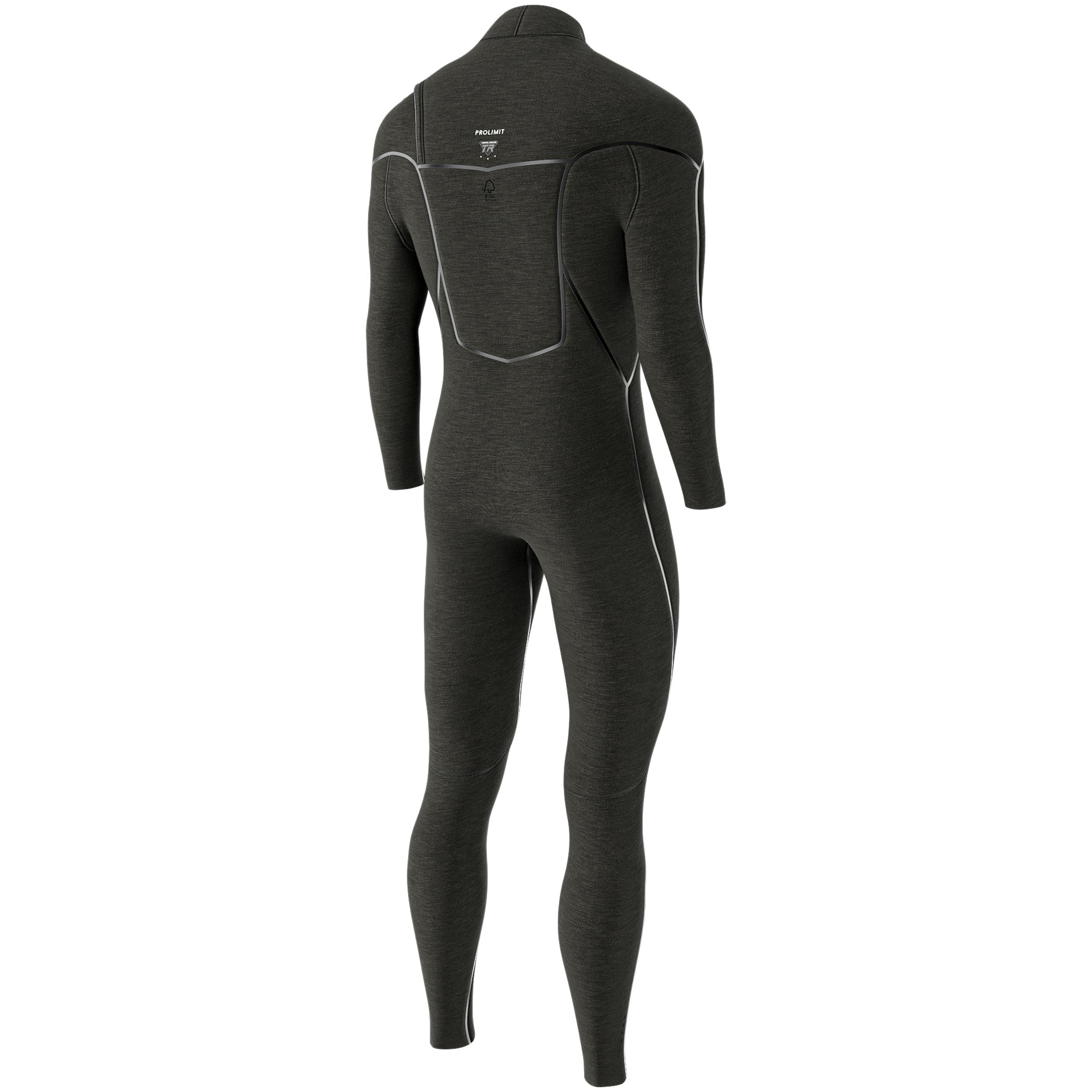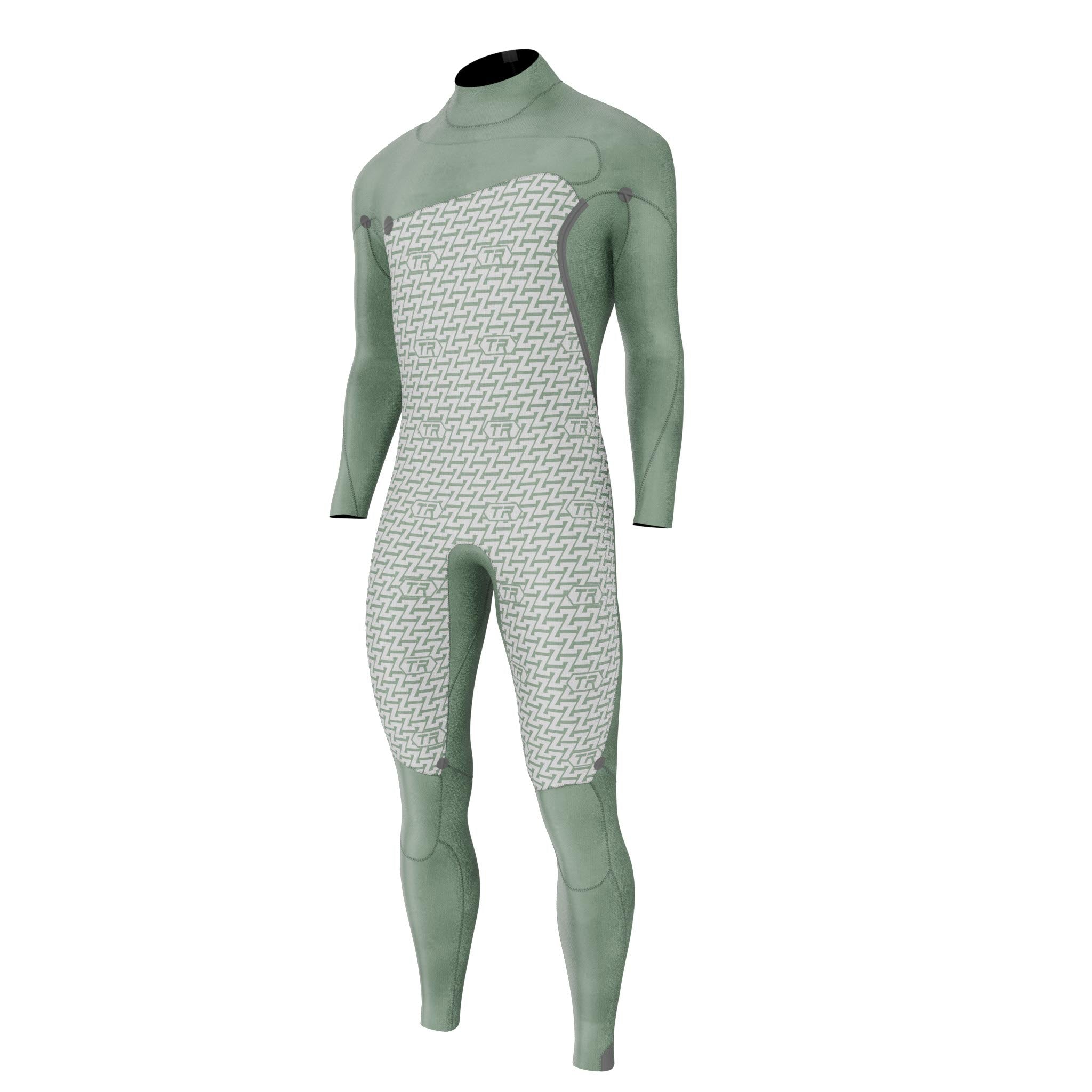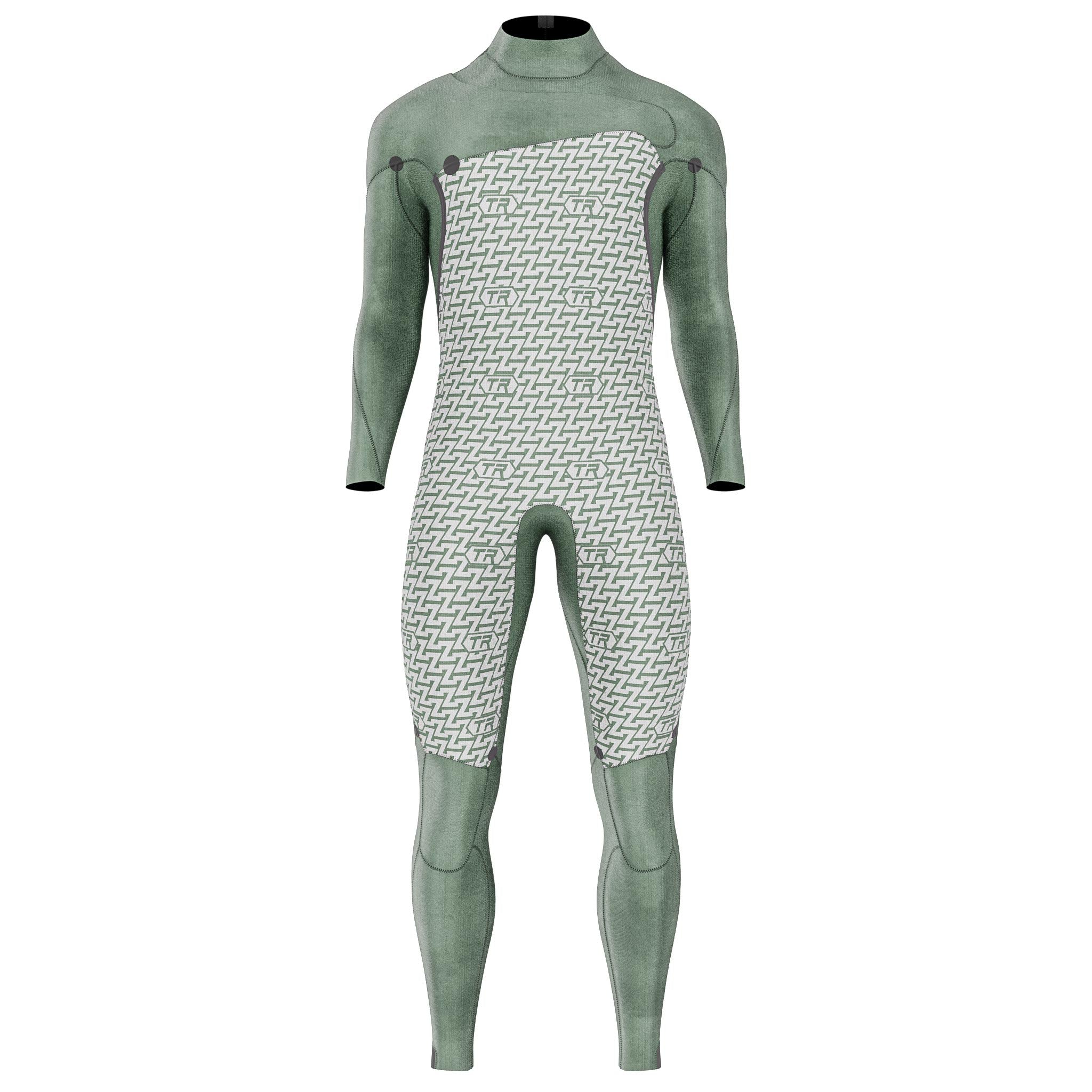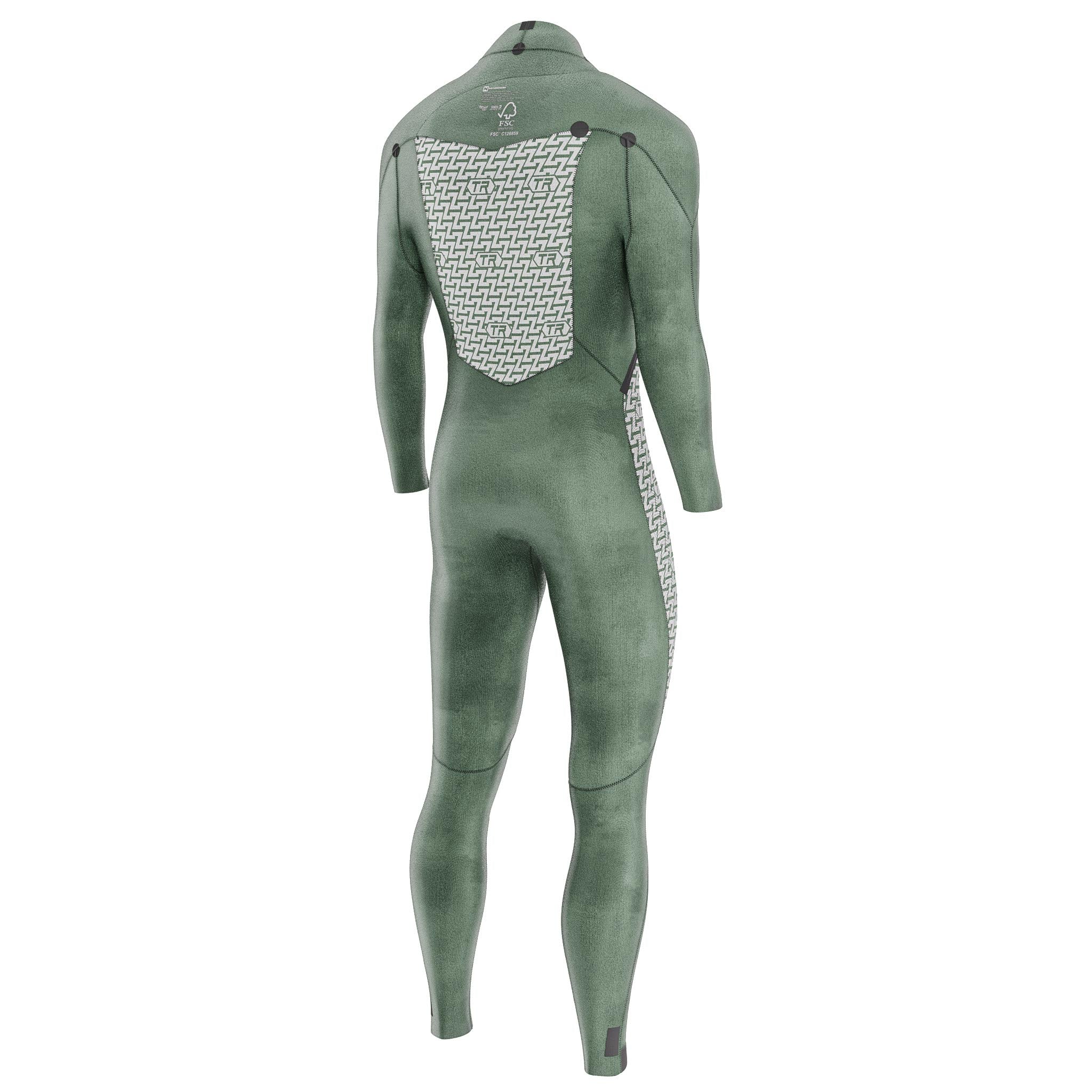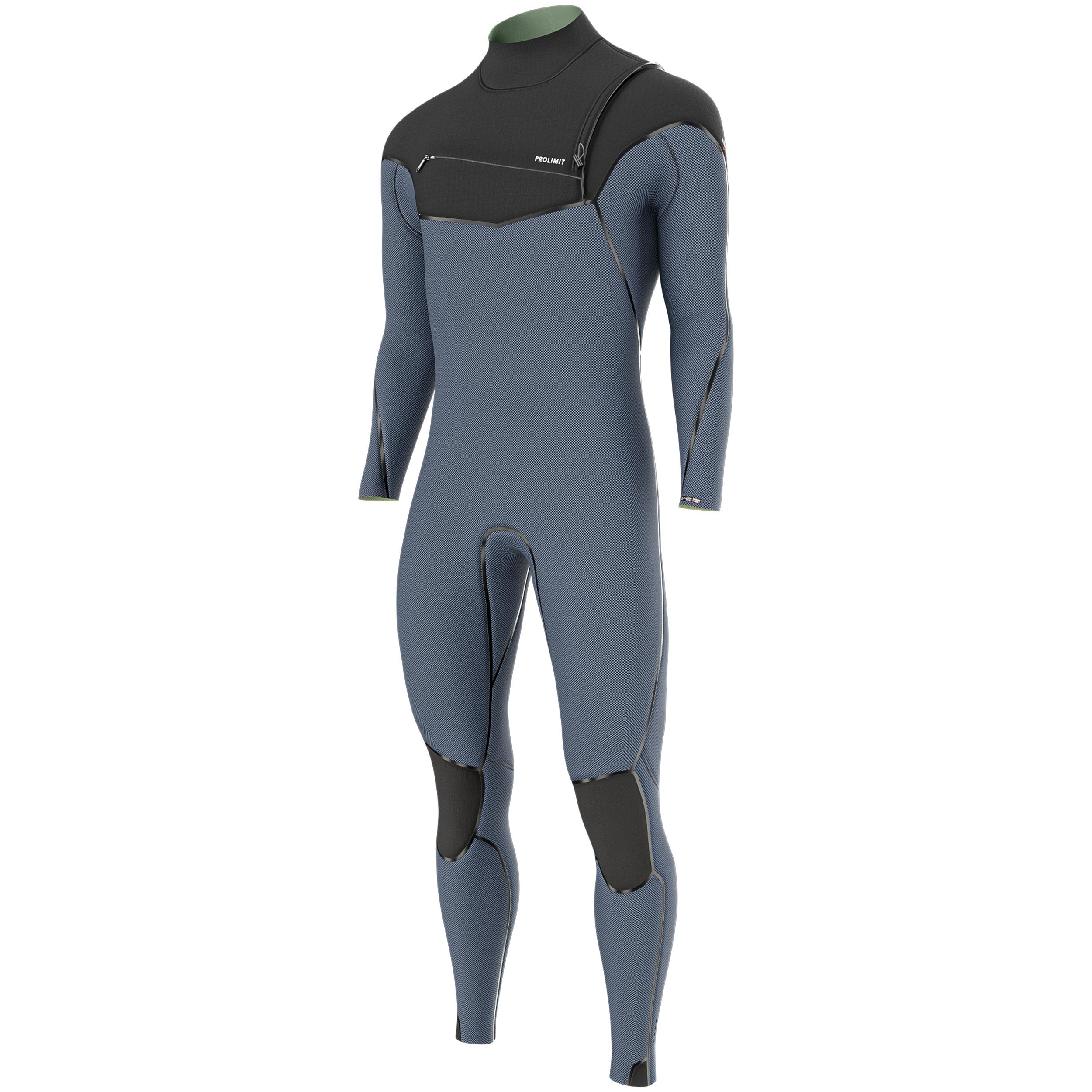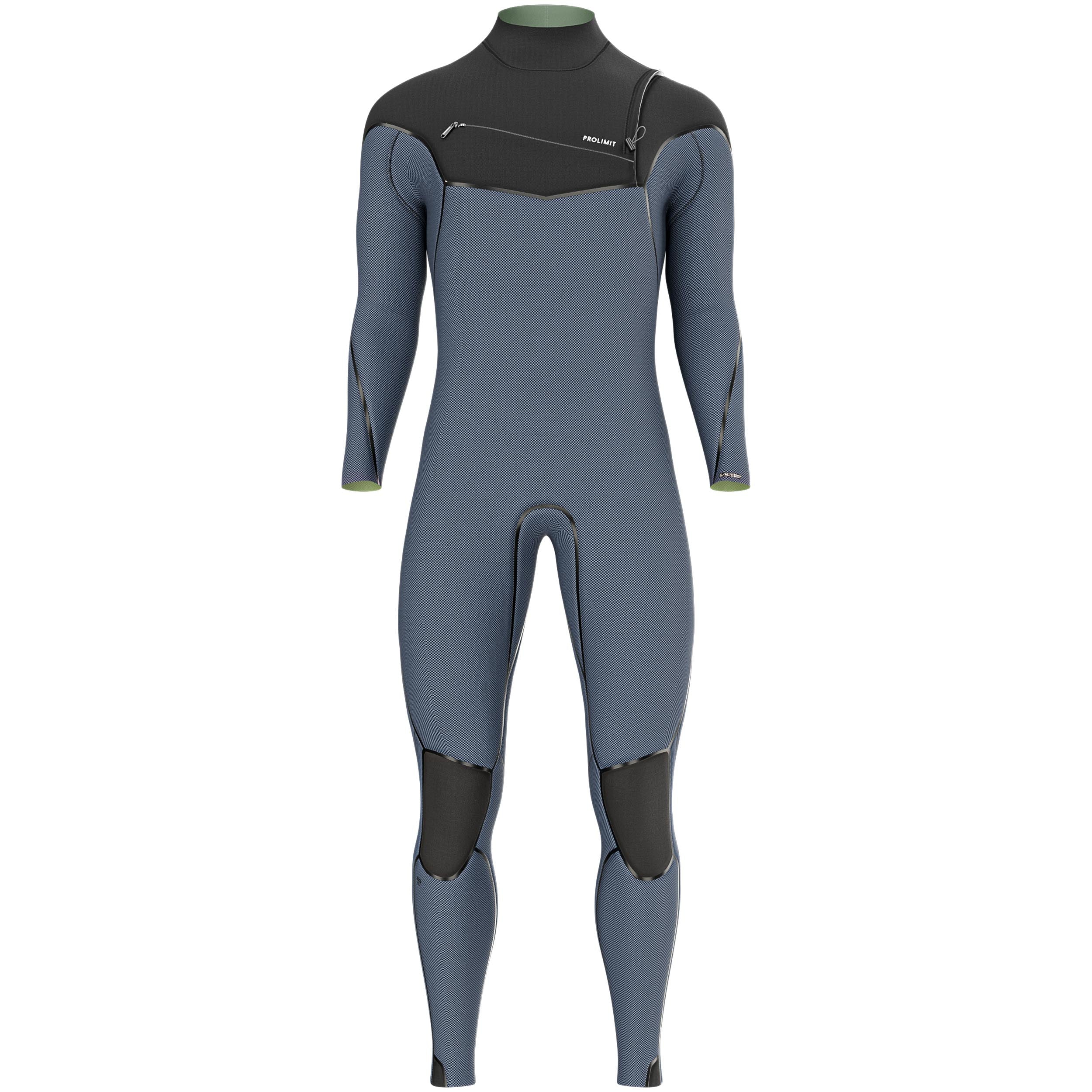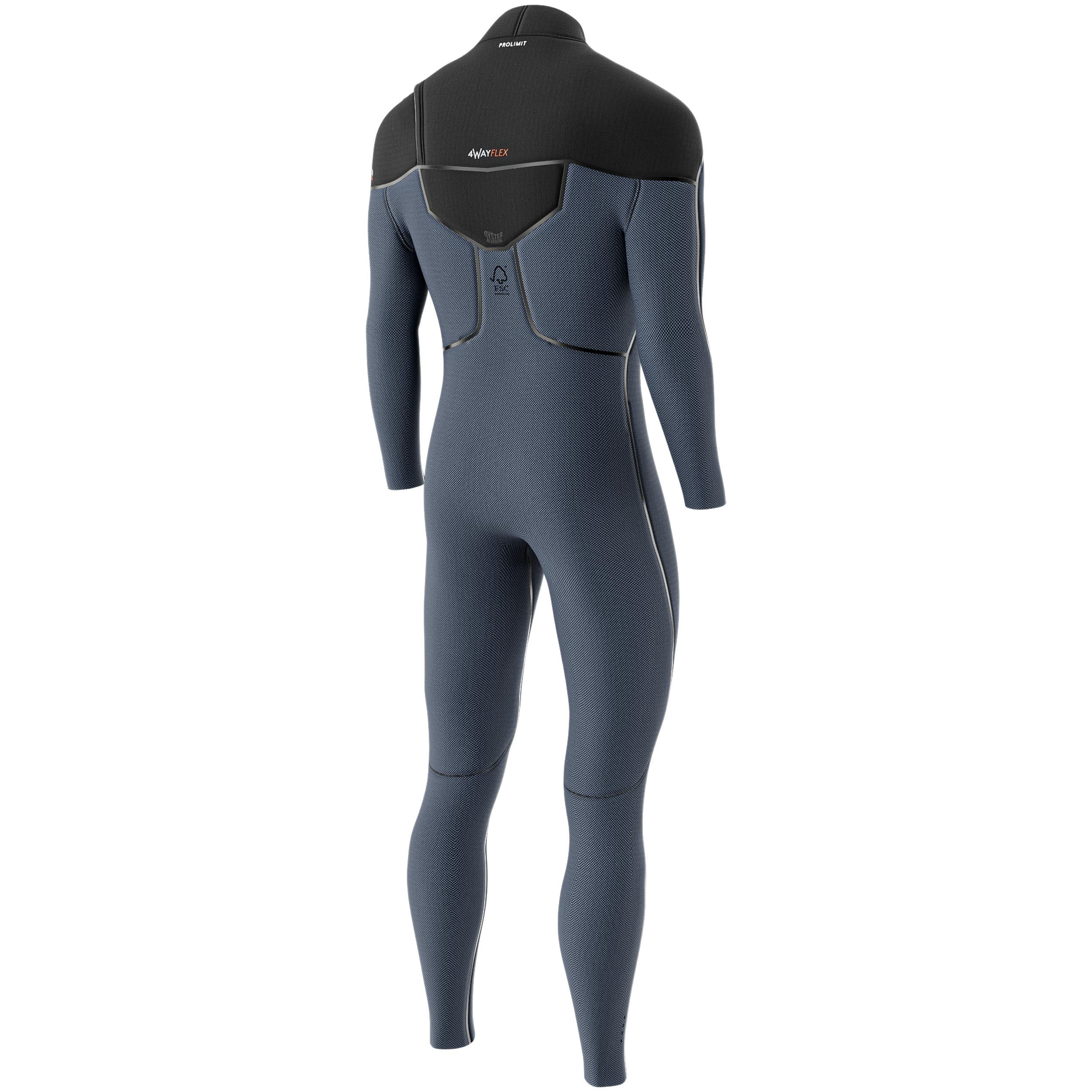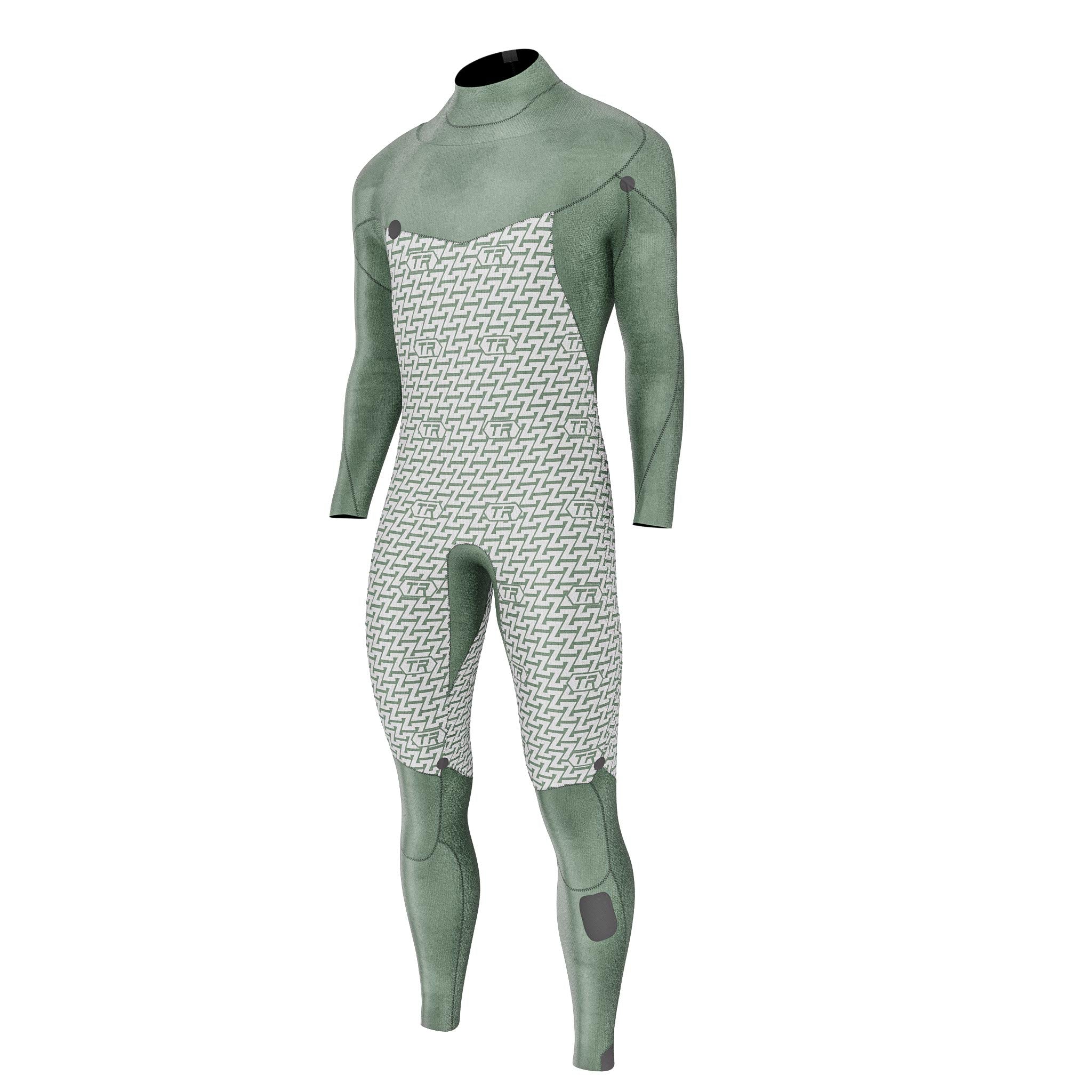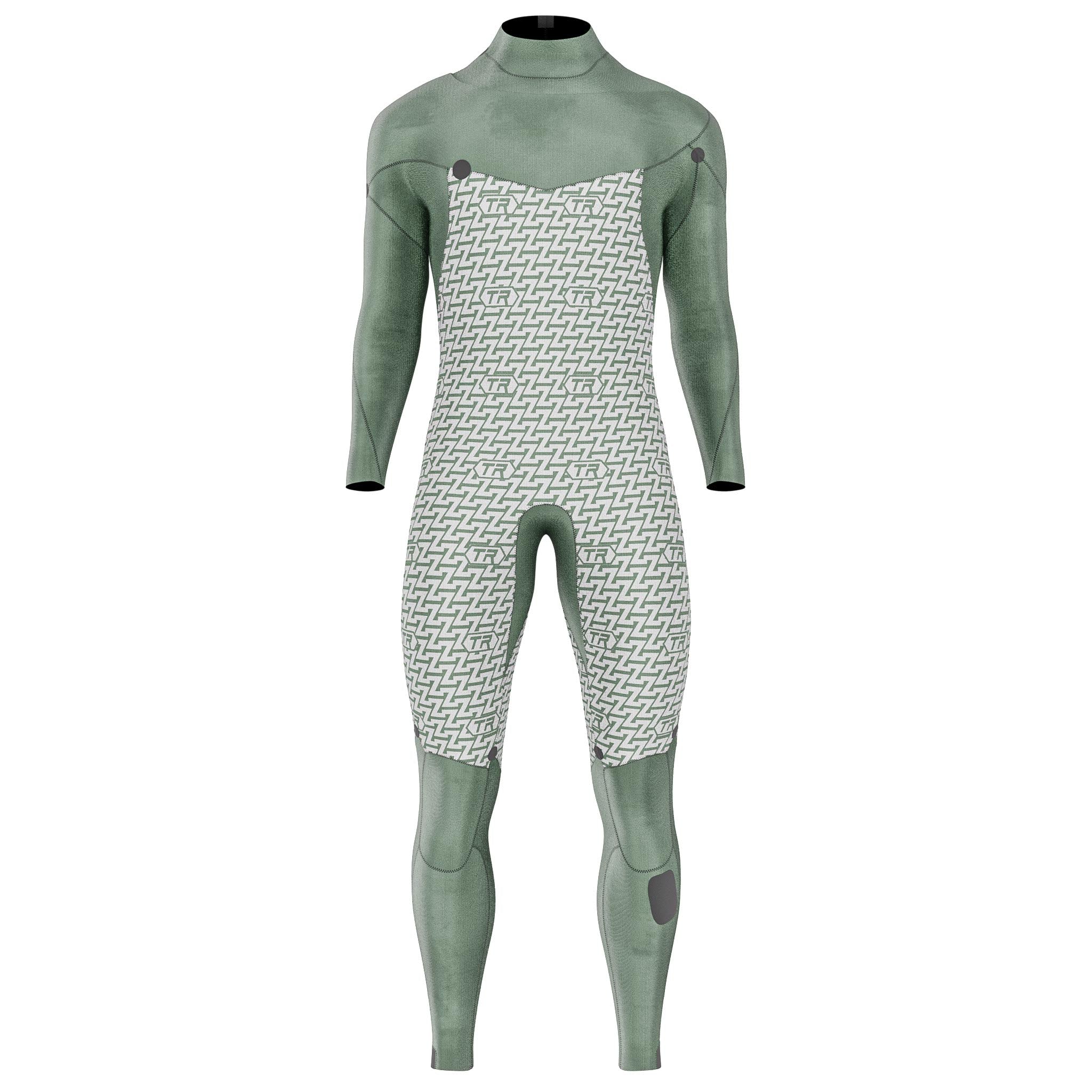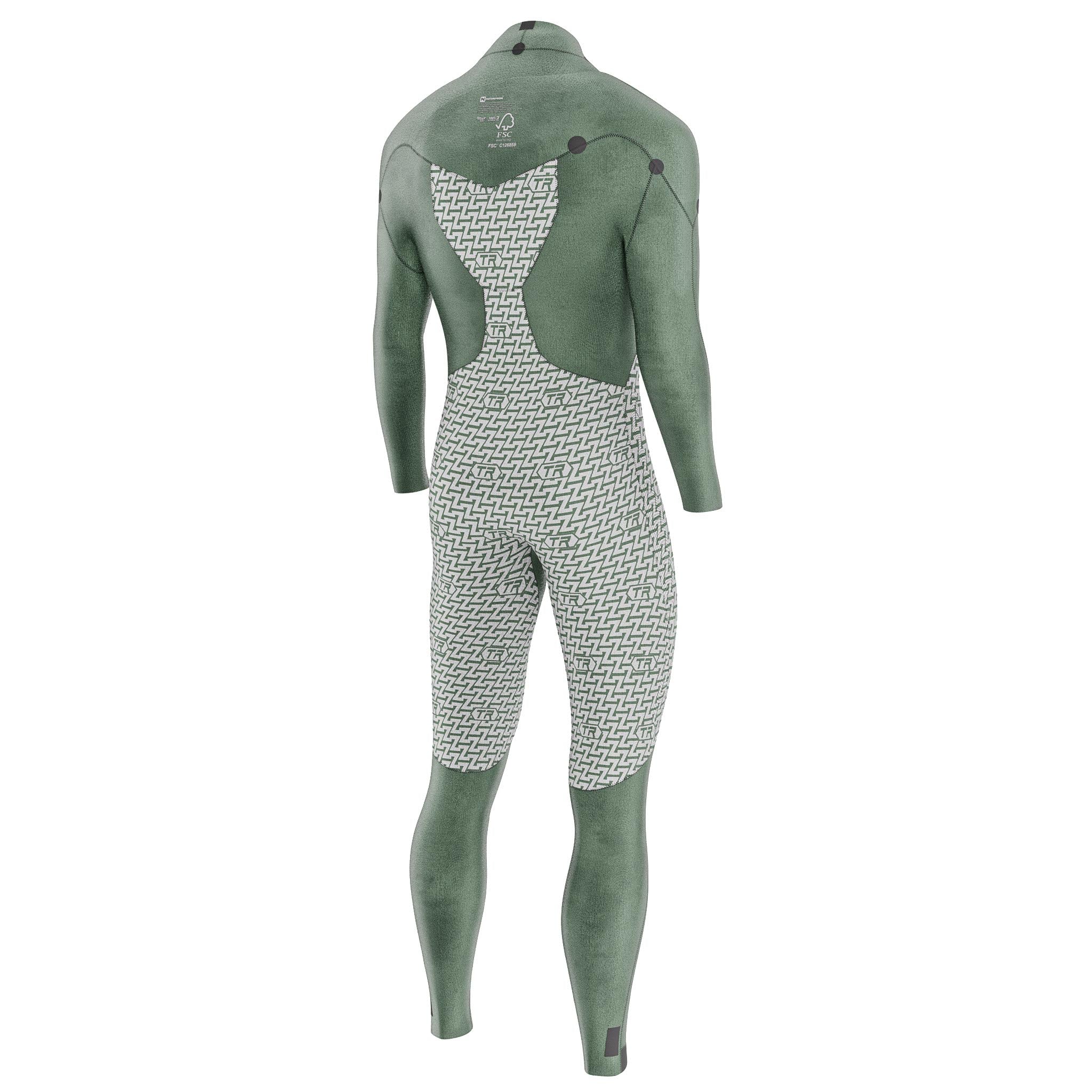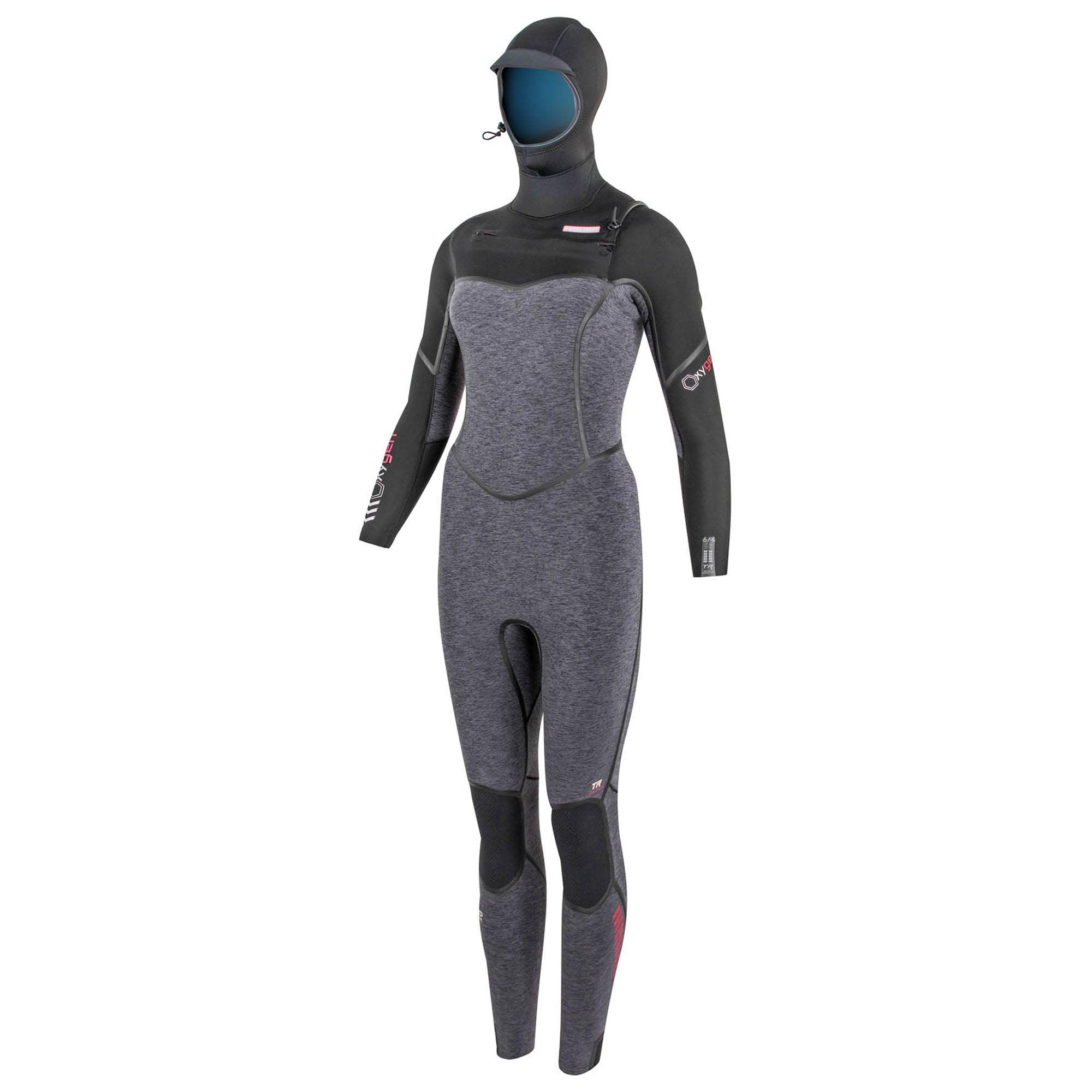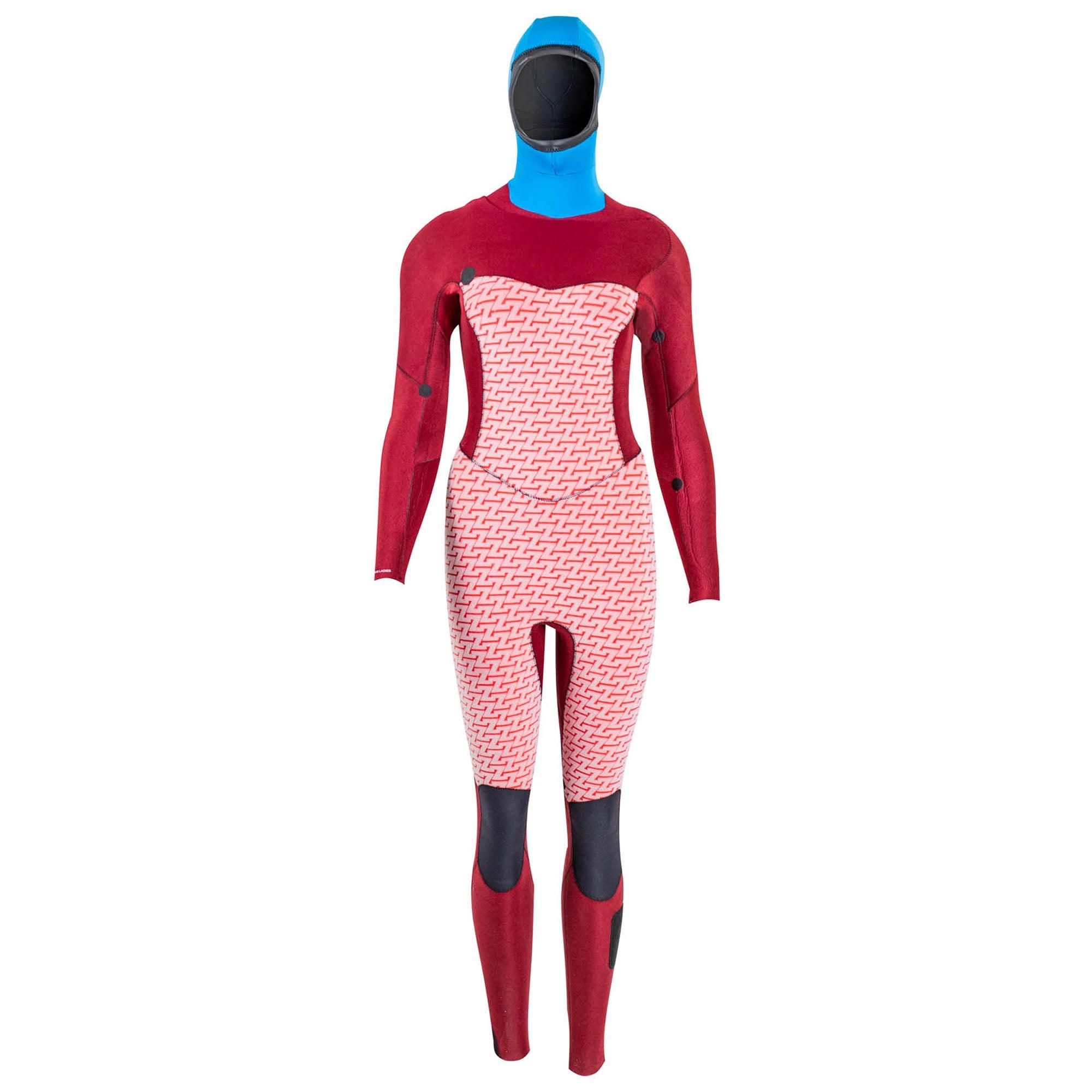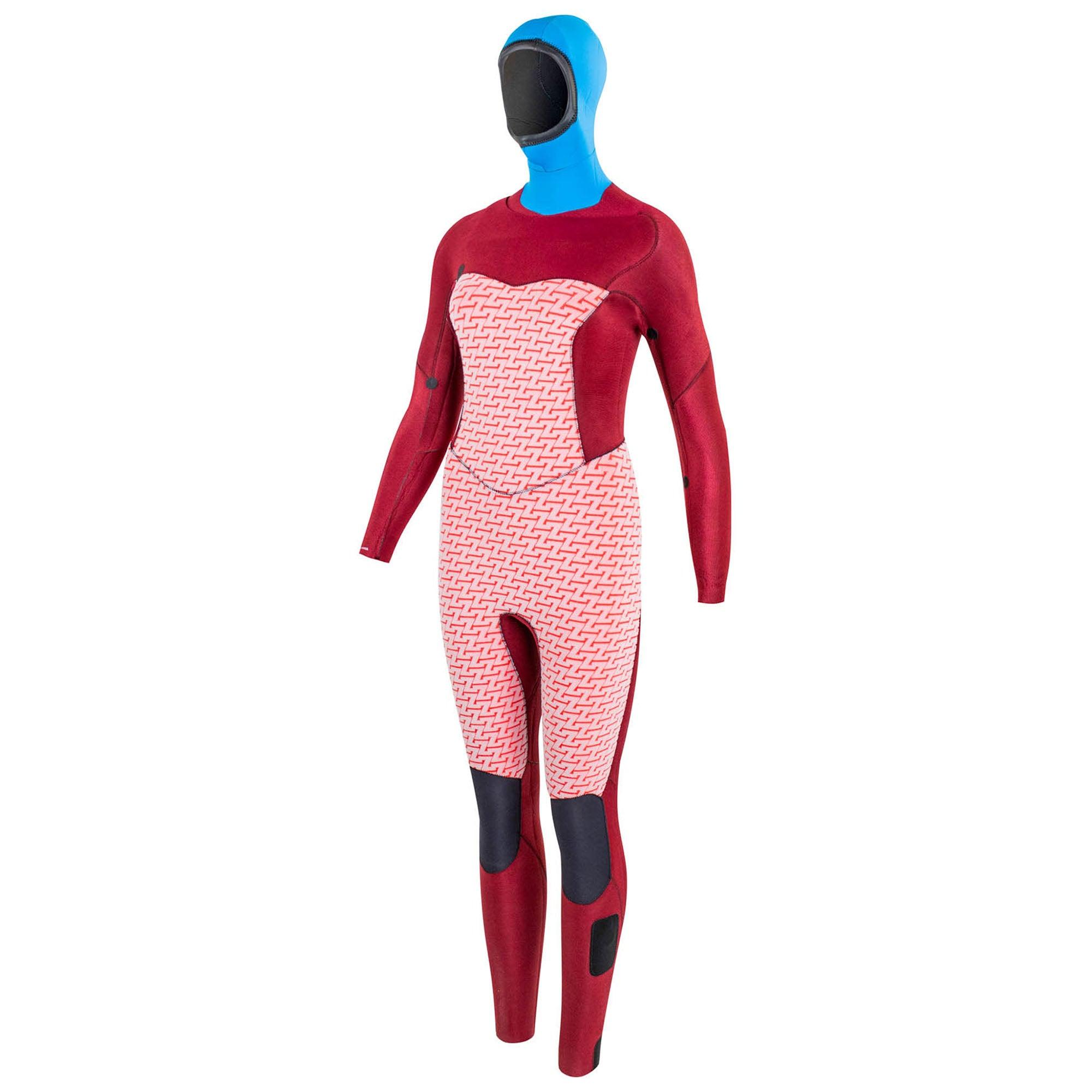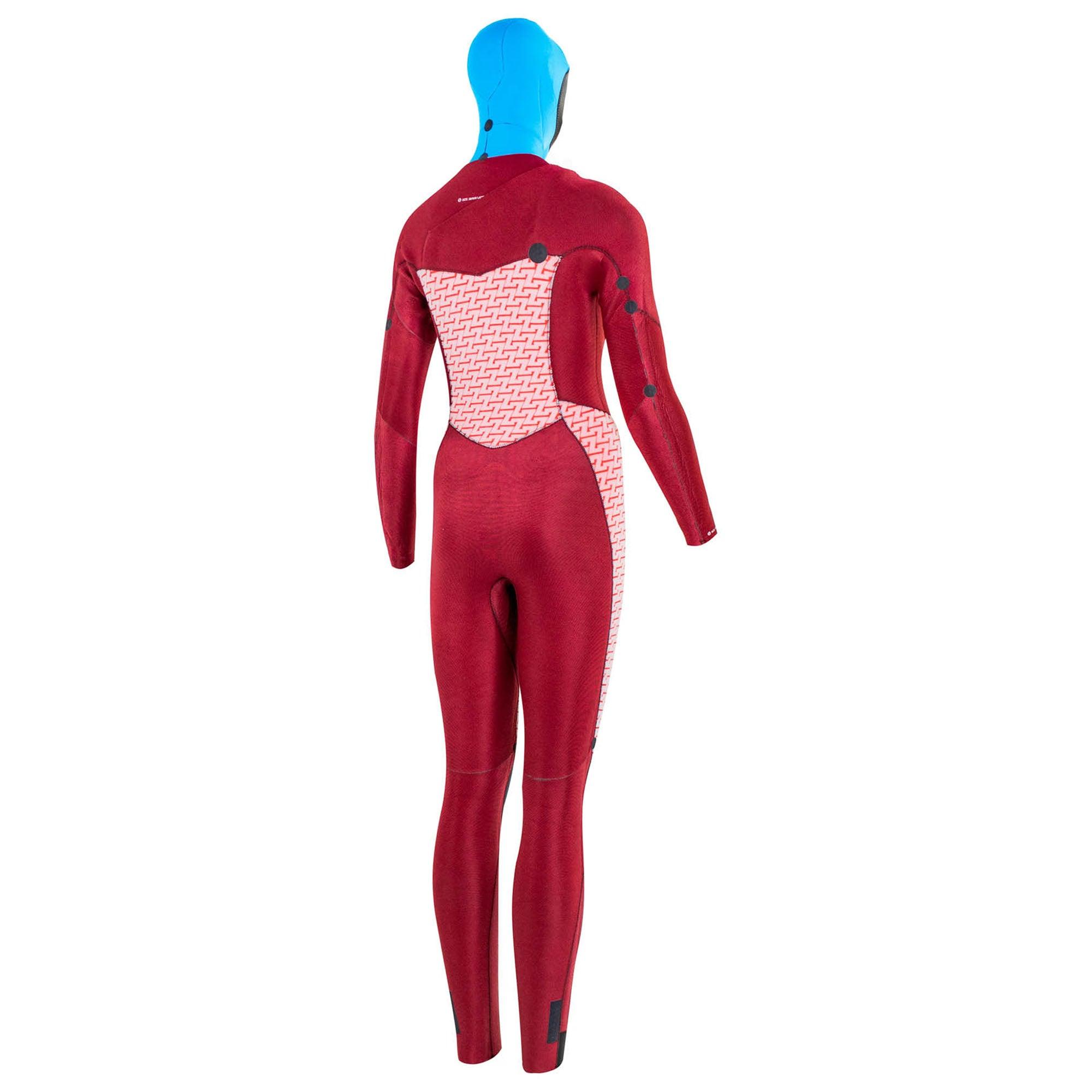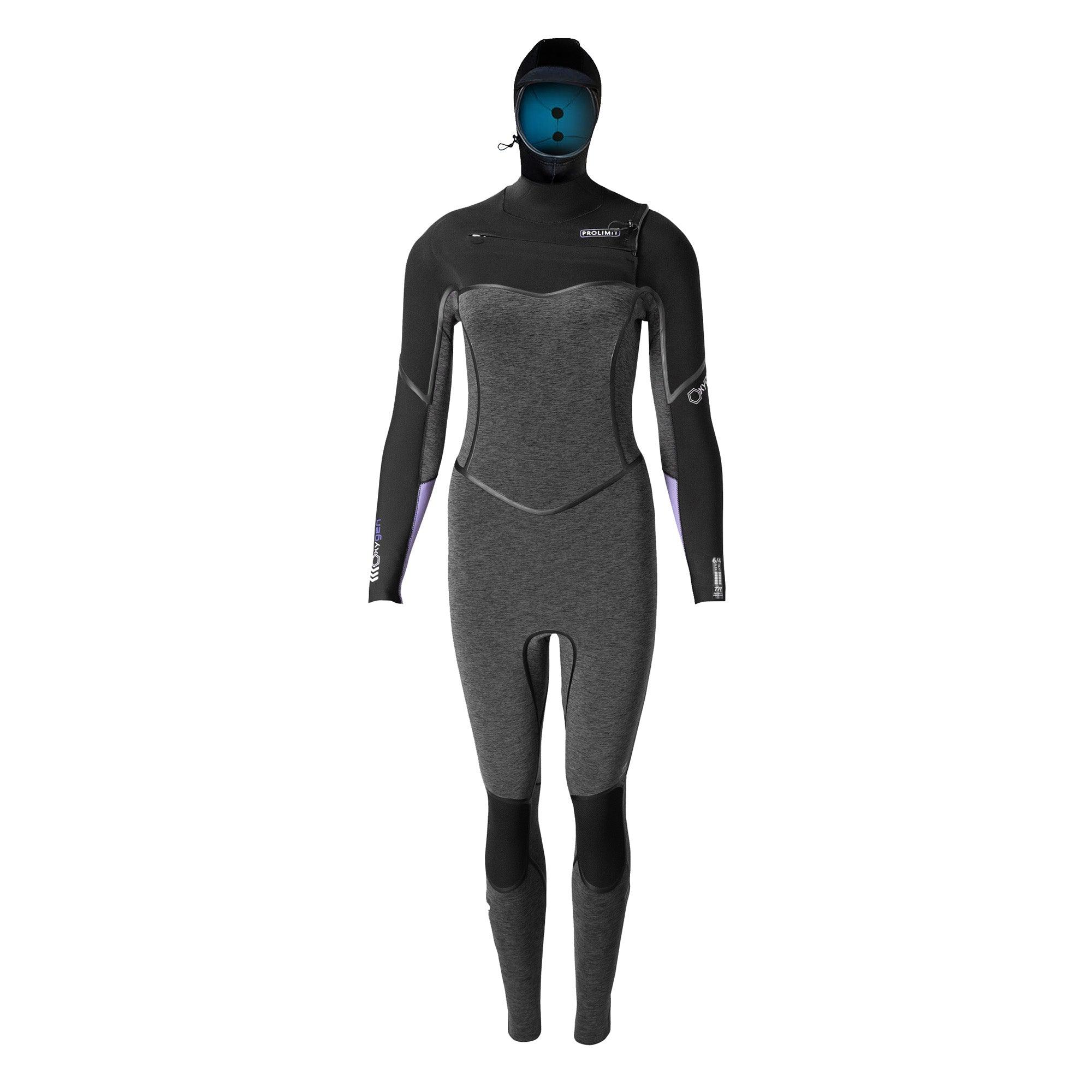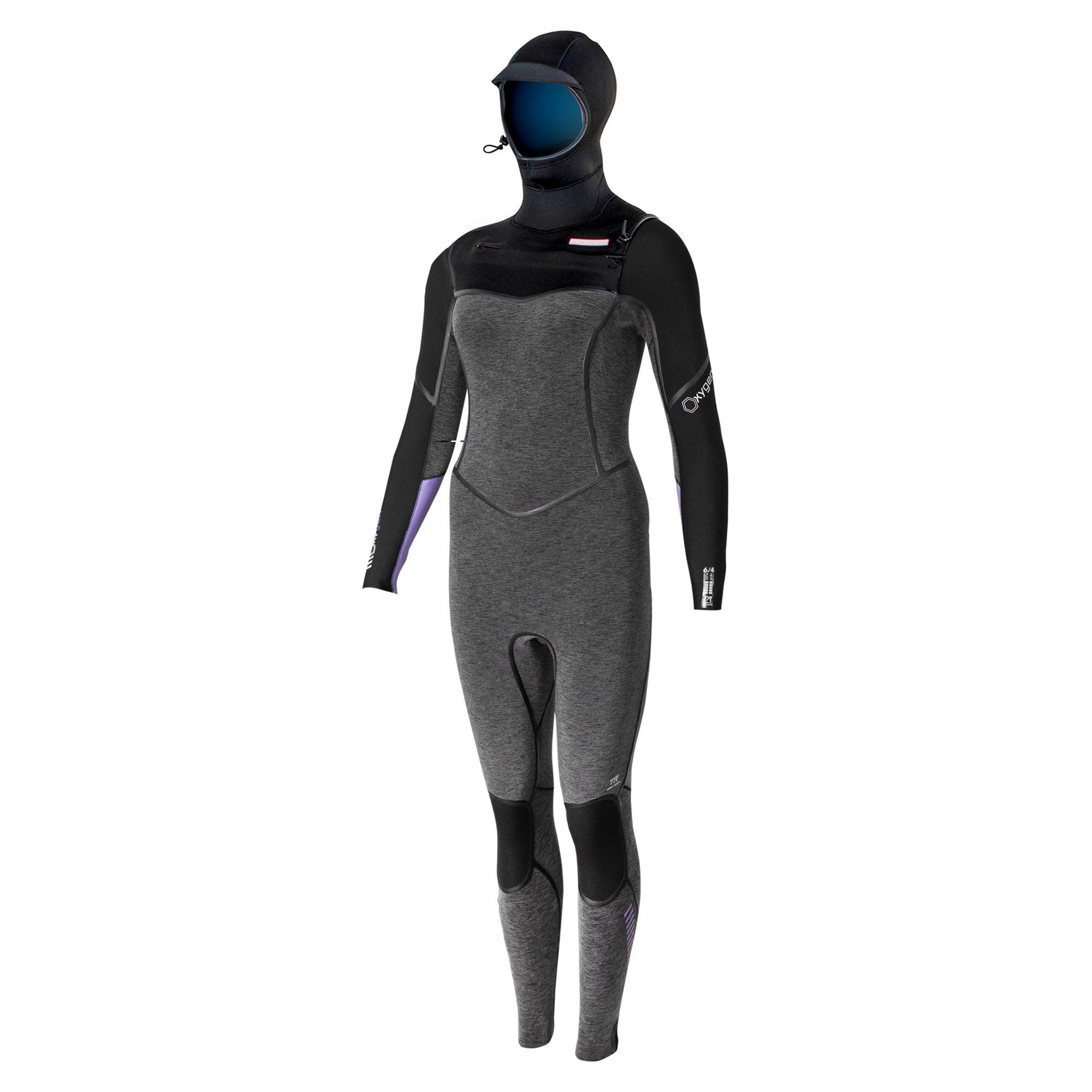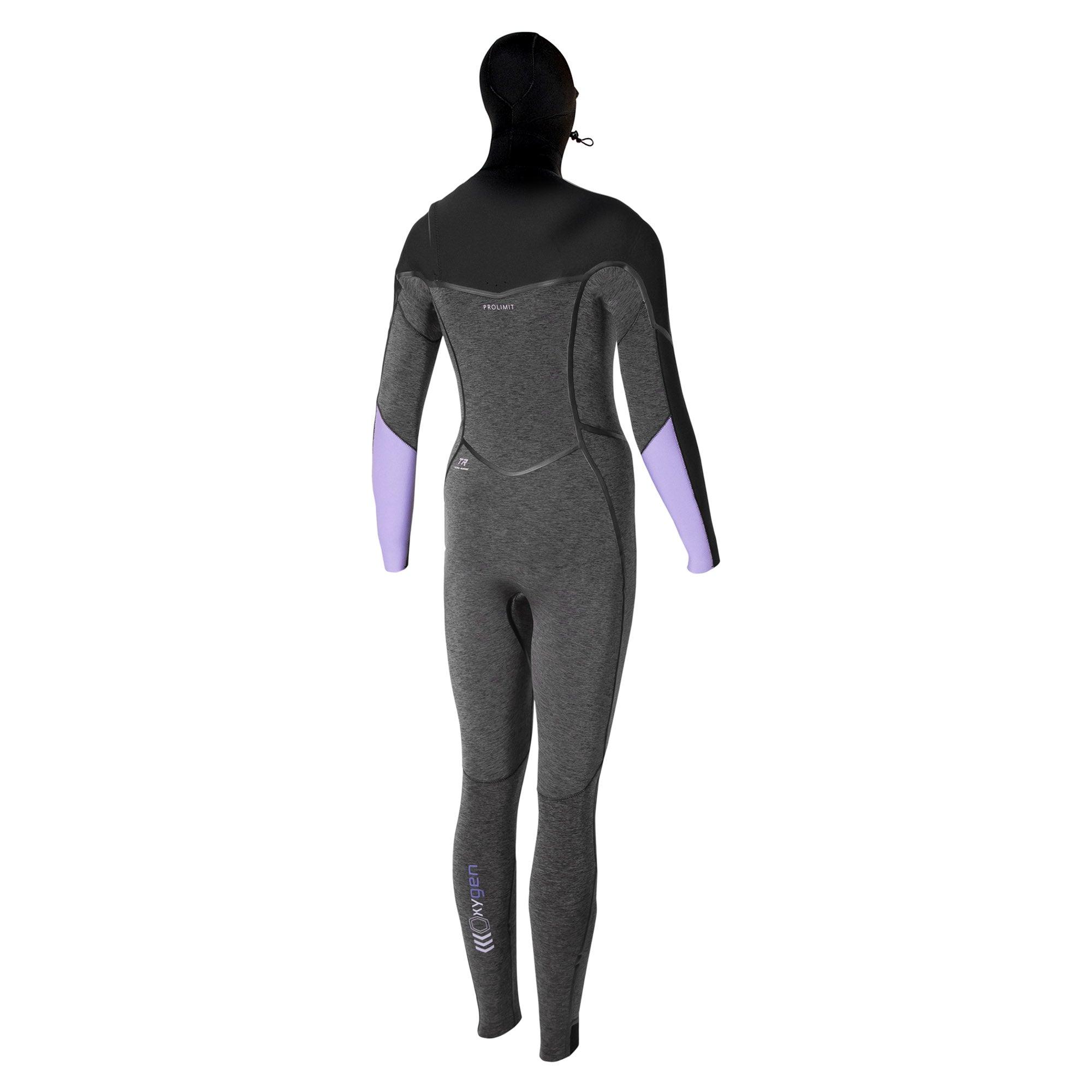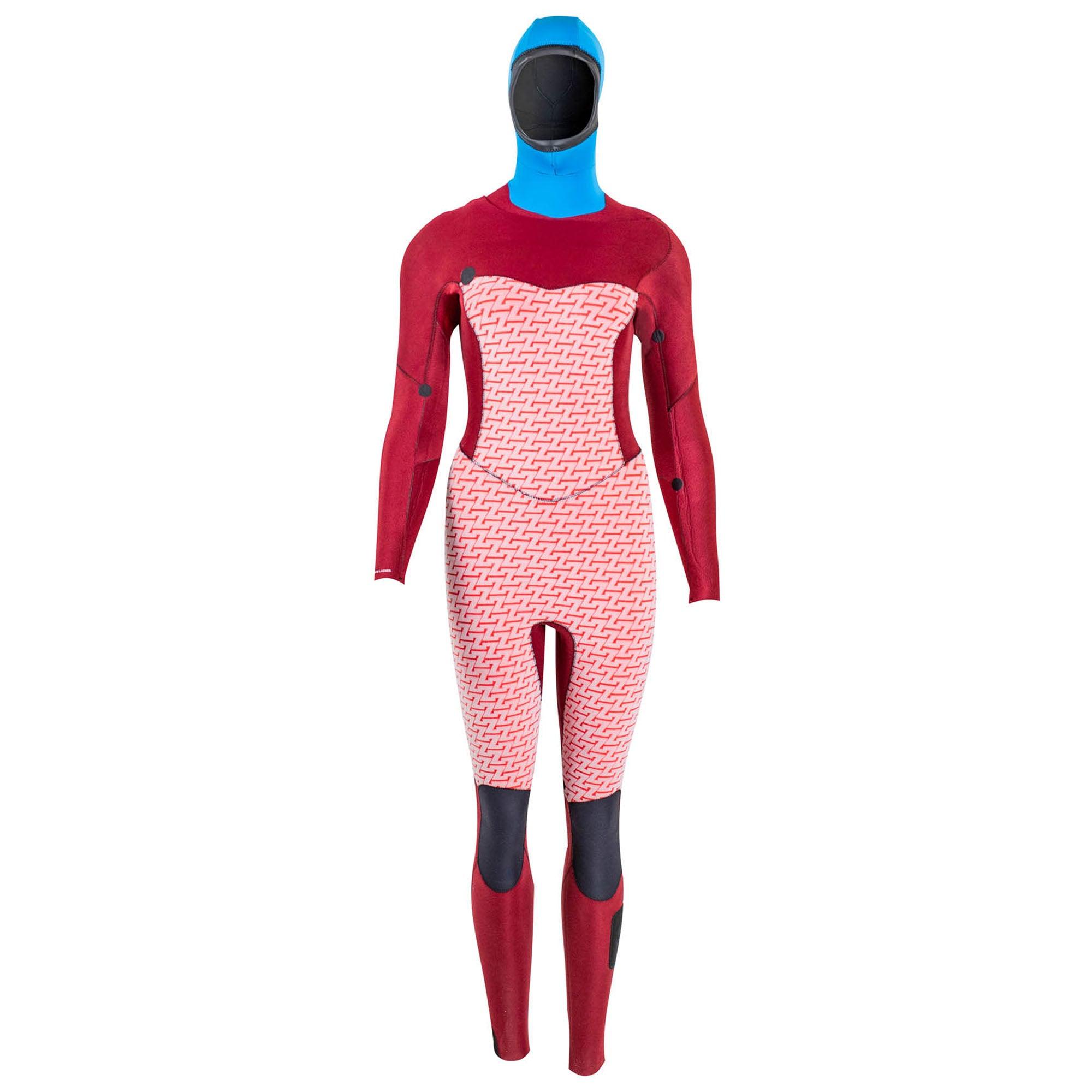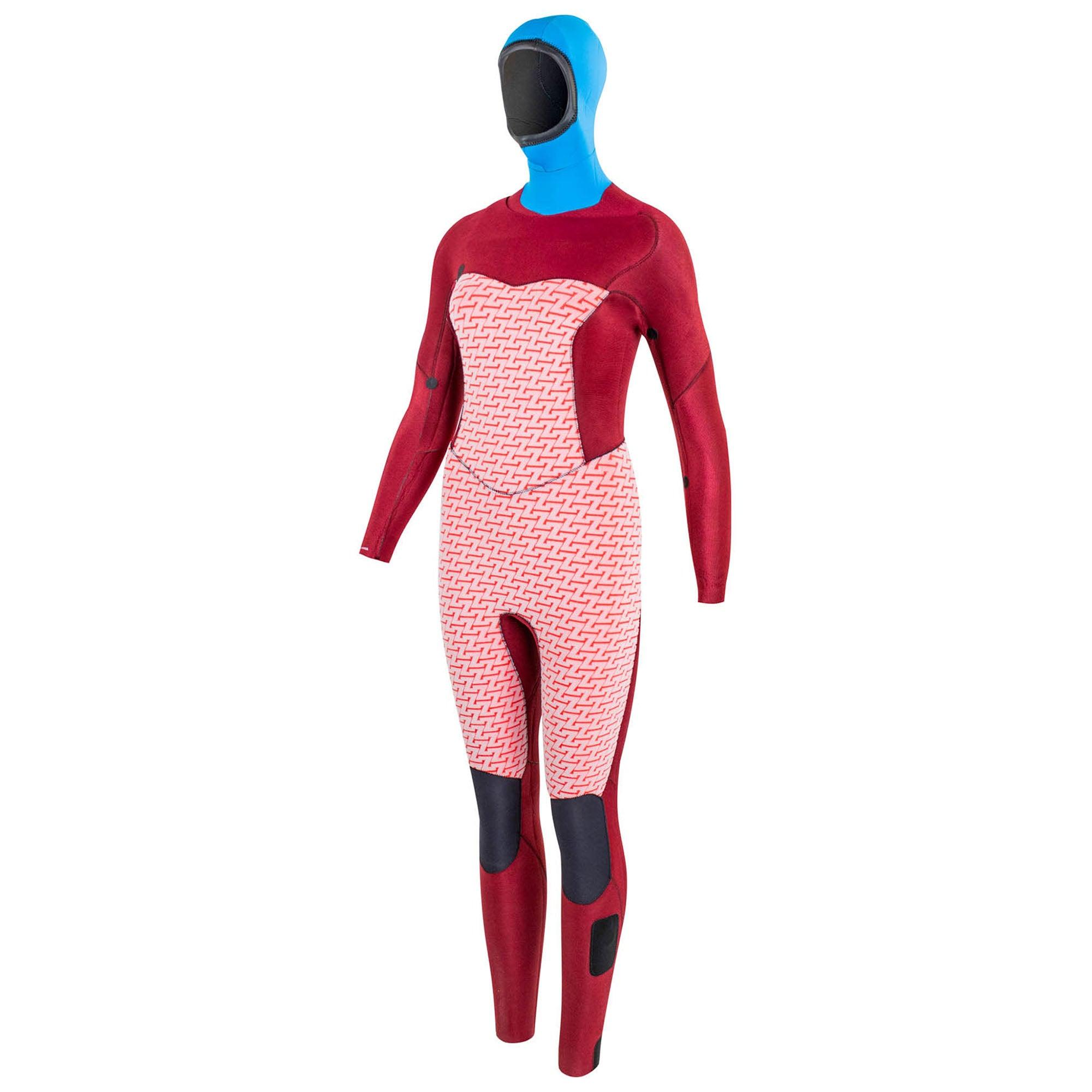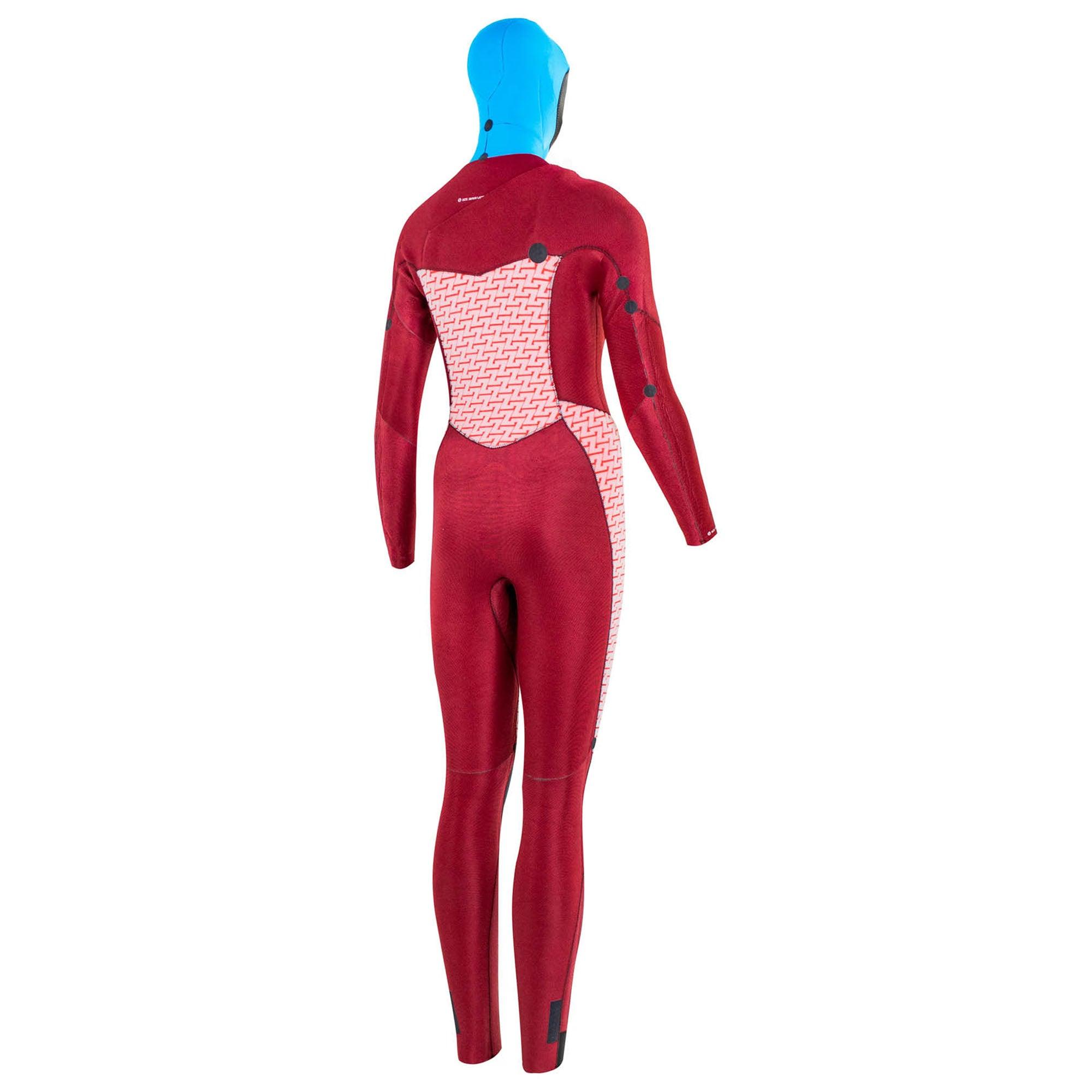Amongst the wild and rugged coastline of Ireland lies a hidden gem, Achill Island, a breathtaking paradise that invites the townspeople who are looking for peace and adventure. The island is famous for its peaceful beauty and exciting water sports activities, which makes it a perfect getaway for people to escape the busy city life. Achill Island is usually windy and along with a not-so-cold sea. a great place for water sports lovers.
To learn more about this mysterious island’s special weather and rough coastline, we went on a road trip with Stig Hoefnagel, Henri Kolberg and Jeanne Vanderick to find out. Watch the full video below.
Impact of the Atlantic Ocean and Gulf Stream on climate and landscape
The Gulf Stream is a powerful ocean current that flows along the eastern coast of North America, across the Atlantic Ocean, and towards Western Europe. It’s part of the larger North Atlantic Gyre circulation system.
The Gulf Stream has a significant impact on Europe’s climate and specially the western coast of Ireland. It brings warm waters that moderate the region’s climate which lead into milder winters and cooler summers. This phenomenon, often known as the “North Atlantic Drift”, ensures that the climate of western Ireland remains distinct from that of other regions at the same latitude.
The Gulf Stream also influences weather patterns such as the formation of storms which contributes to the creation of the rugged coastline. The powerful waves, created by the storms, have shaped the landscape. Carving cliffs, sea stacks and rocky outcrops along the shoreline.
Overall, the Gulf Stream is a critical driver of Europe’s climate system, and its influence on the western coast of Ireland showcases its importance in creating diverse and unique environmental conditions.
Swiftie – The local
In the series ‘Follow the Current’ we always meet with a local to get to understand more about the water and weather. Swiftie works at Pure Magic, thé center for water sports on Achill Island, and lives on the island for many and many years. As a local he knows a lot about the weather on Achill, currents, waves, the best spot to go to with certain conditions and so on. We met with Swiftie in Lynott’s Pub, reputed as the smallest and one of the oldest pubs in Ireland.
Swiftie explained everything about the island, how the weather and especially the wind works around the island. Which spot is best with which conditions, taking into account wind strength, directions, waves and tides and so on. With various disciplines (kite, wing and windsurf) and different riding styles (freestyle, big air, wave) you need to take into account multiple factors in order to find a suitable spot and sometimes it’s a little give and take to give everyone the opportunity to score a good session.

First stop – Keel Beach (Atlantic Ocean)
Search for Achill Island on Google and you often get pictures from Keel Beach, it’s one of the main and most popular beaches of the island. It’s known for its long stretch of golden sand and is usually good for surfing, kitesurfing and windsurfing. The majestic cliffs in the background and the wide view over the Atlantic Ocean make Keel Beach a photogenic spot.
The water temperature at Keel Beach was around 10 degrees at the time we were there and with an air temperature of +/- 12 degrees and not too much wind, it was pleasant to ride a 6/4 and even a good 5/3 could work.
Keel lake: A seasonal thermometer – embracing winter chill and summer warmth
For the second session we went to Keel lake. Keel Beach and the lake are only separated by a few meadows, lots of sheep and a golf course. Even though the spots are close together, there is a noticeable difference in water temperature.
Lakes cool off more in winter than oceans due to several factors, including the role of currents, differences in volume, and the insulation properties of surrounding land. Oceans cover vast areas and hold a huge amount of water. The large volume allows them to retain heat better than lakes. In contrast, lakes have a limited water volume, making them more susceptible to rapid cooling or heating.
The water of the lake was noticeably colder than the water of the Atlantic Ocean. However due to the sunshine, the wind chill was pleasant and Stig, Henri and Jeanne didn’t need much accessories.

The Wild Atlantic Way to Elly Bay
The next morning we woke up before sunrise to get on the road to Elly Bay. We drove from Achill Island to Elly Bay via the Wild Atlantic Way, a beautiful and scenic journey along the western coast of Ireland. The Wild Atlantic way is a coastal route that stretches over 2.500km in total and offers stunning views of the Atlantic Ocean and the rugged Irish coastline.
We arrived at Elly Bay and unfortunately it wasn’t as windy as the forecast was telling us. However Henri managed to score a nice (small) wave session and Stig a kitefoil session in the waves. A delightful surprise emerged from the ocean as a group of dolphins appeared just a few tens of meters from shore.

Mulranny Lagoon – The difference in high and low
It was a rainy day in the forecast and we decided to go to Mulranny early to try to get out before the rain and because we needed high tide in order to be able to shoot at the lagoon of Mulranny. The coastal lagoon fills with water at high tide and covers the grass completely with water. Making it a super flat water (and shallow) lagoon which is like a playground for the experienced kite surfer. You can jump over the small boats, footpaths, benches and so on.
The rain started to kick in and the temperature started to drop, so we decided it’s time to get warm with a good lunch and charge for the afternoon session.

Last stop – Complete different sense of temperature
For the last session we went back to Keel Beach as the forecast looked promising with gusts up to 35 knots. The wind was strong and it was pouring. While the water temperature was still around 10 degrees, the sense of temperature was completely different and Stig, Henri and Jeanne went out with 6/4 hooded wetsuits including gloves and boots. It instantly felt like it was freezing a few degrees.
Wind chill is a crucial factor to consider when choosing the right thickness of wetsuit for your session. Wind chill can significantly affect how your body retains heat and how you experience the cold.
“A true adventure, to say the least. Every day turned out to be so different from what we expected. The forecast seemed to be unreliable, and the rain and sun would appear whenever they wanted to.” – Stig Hoefnagel

